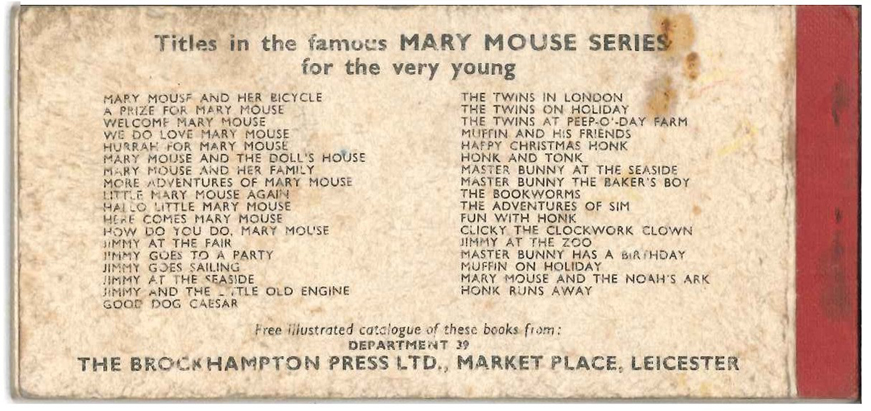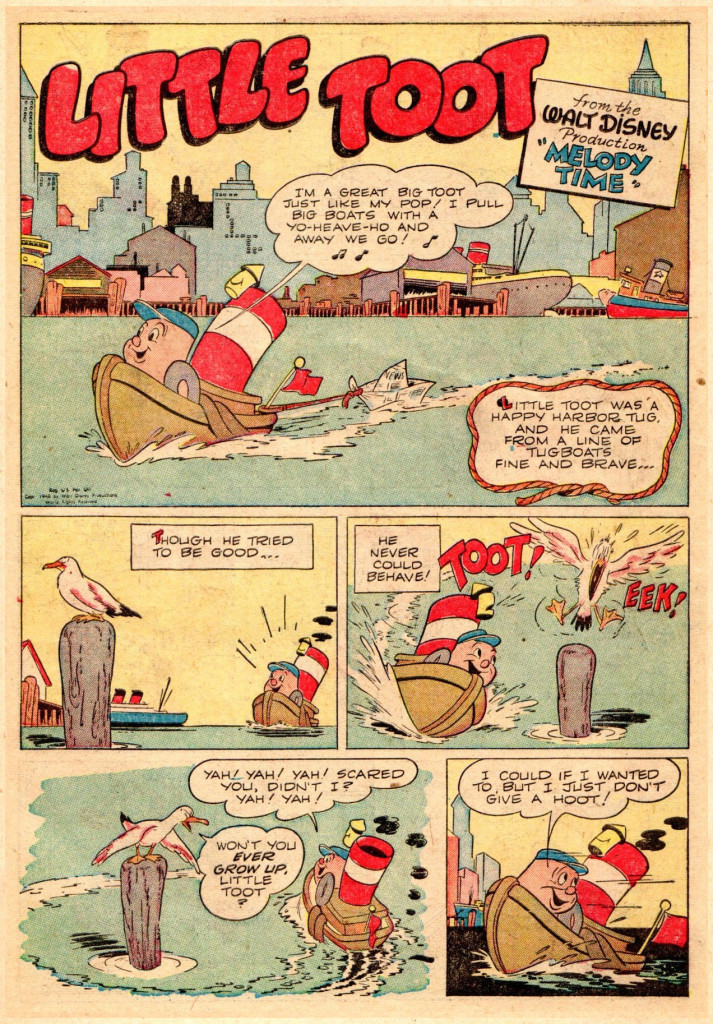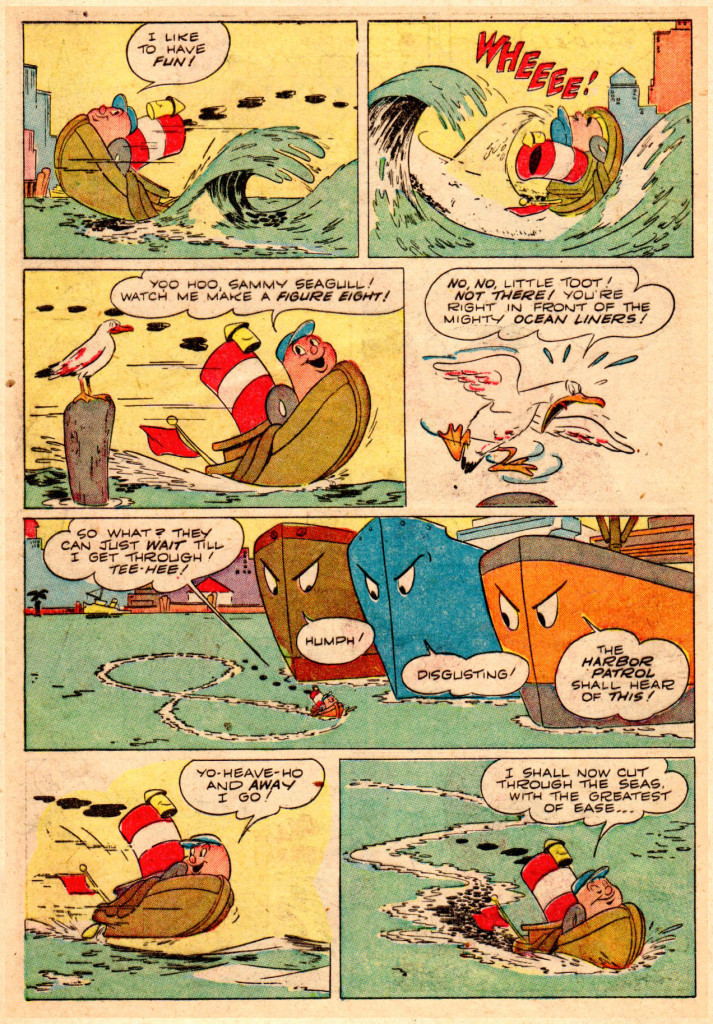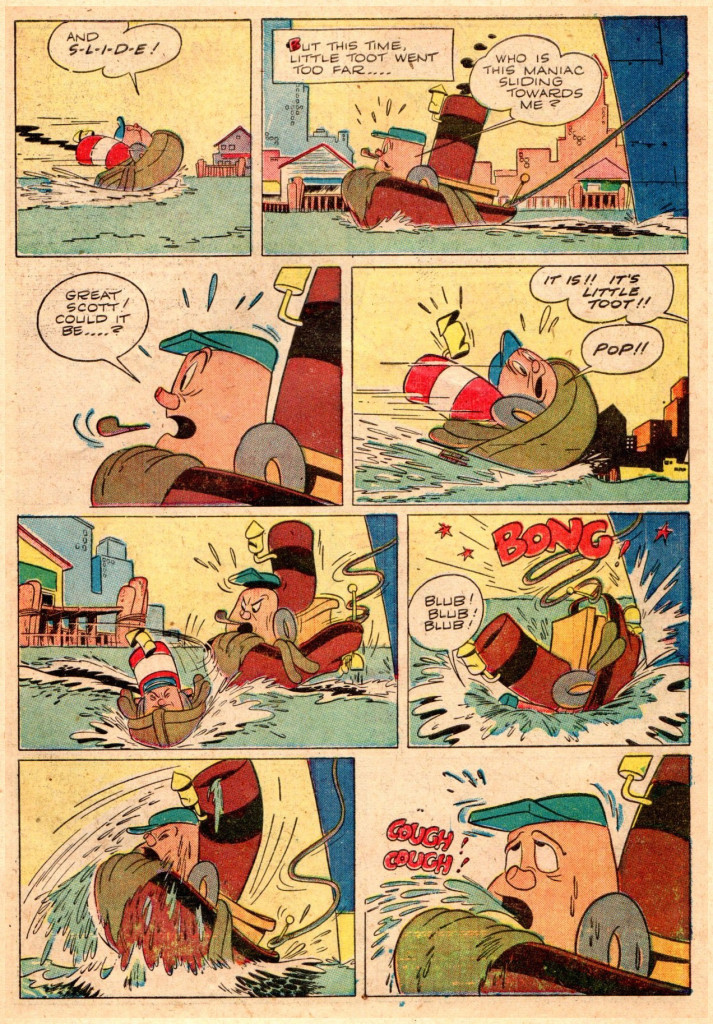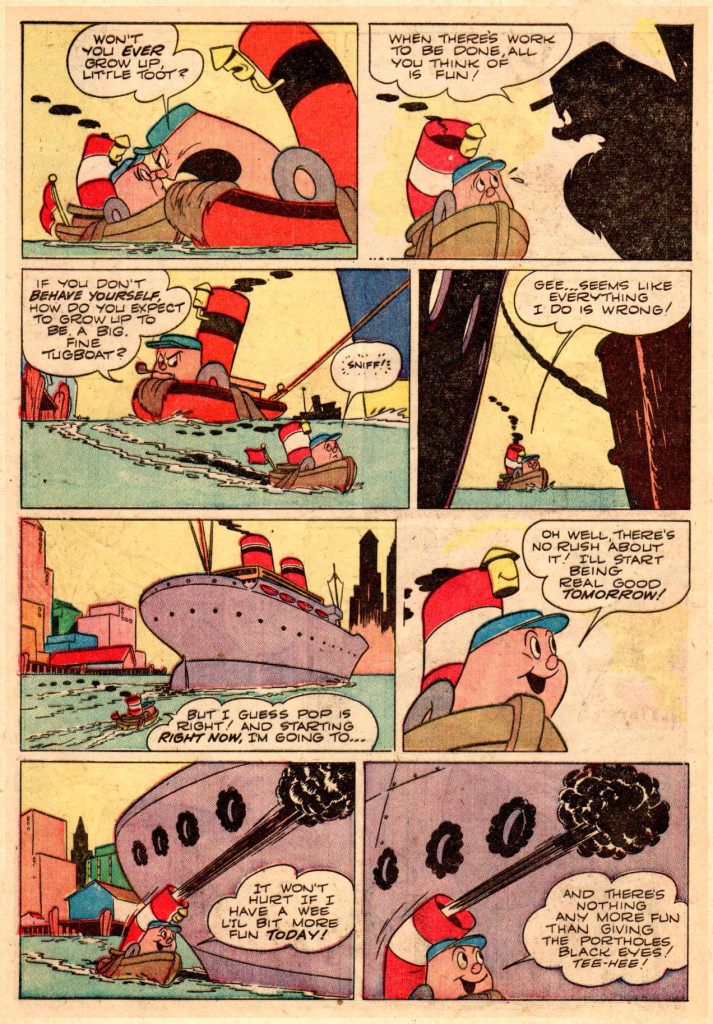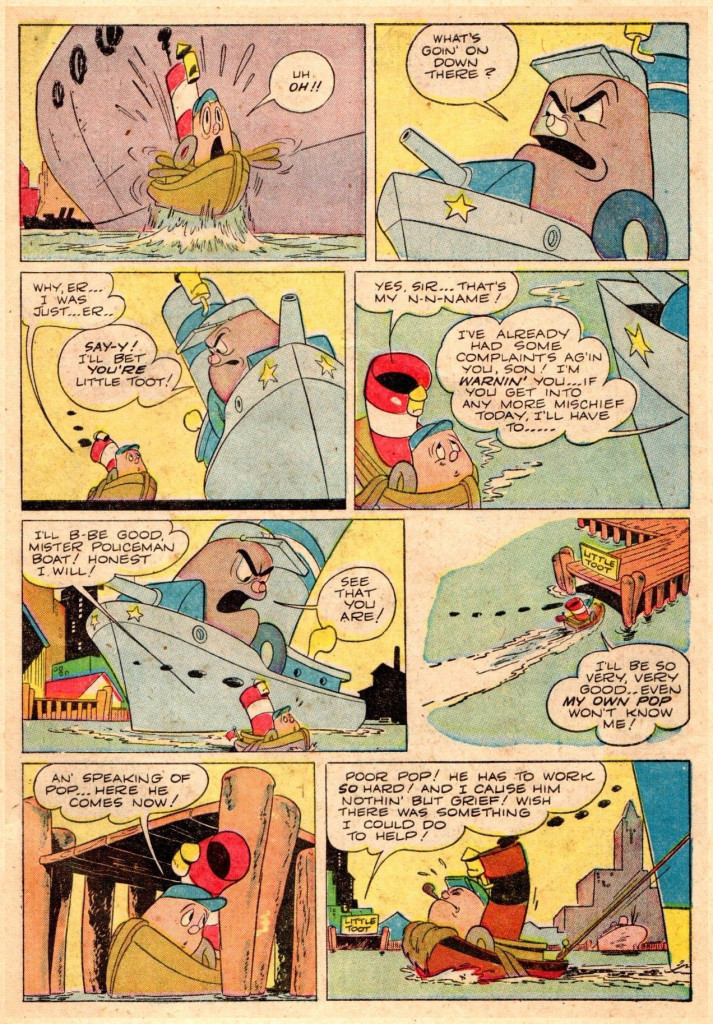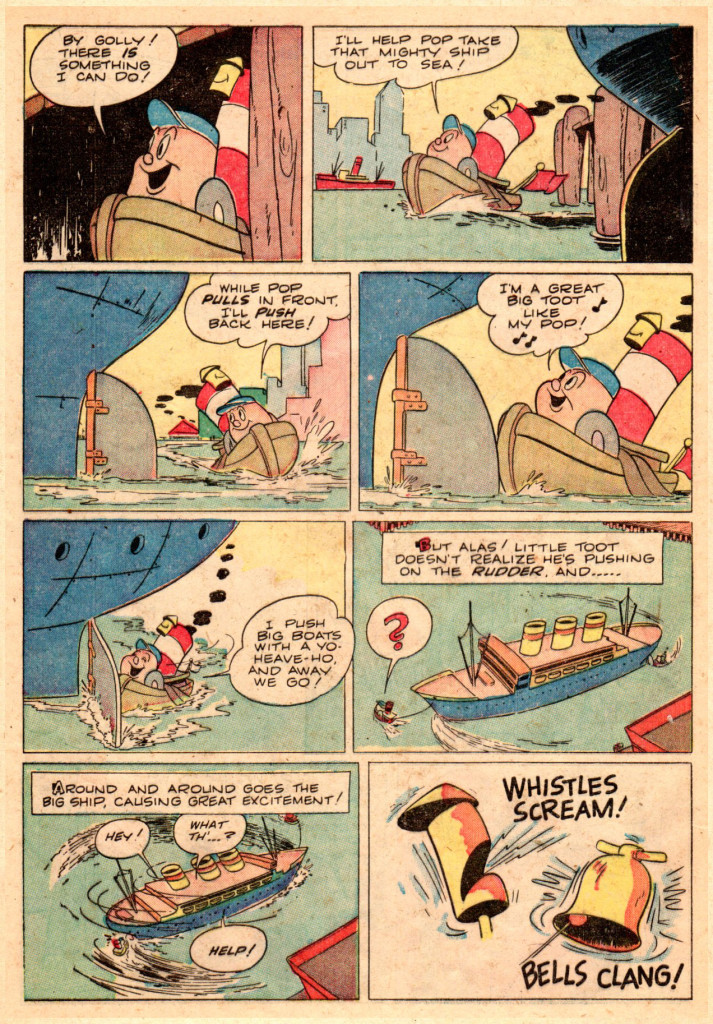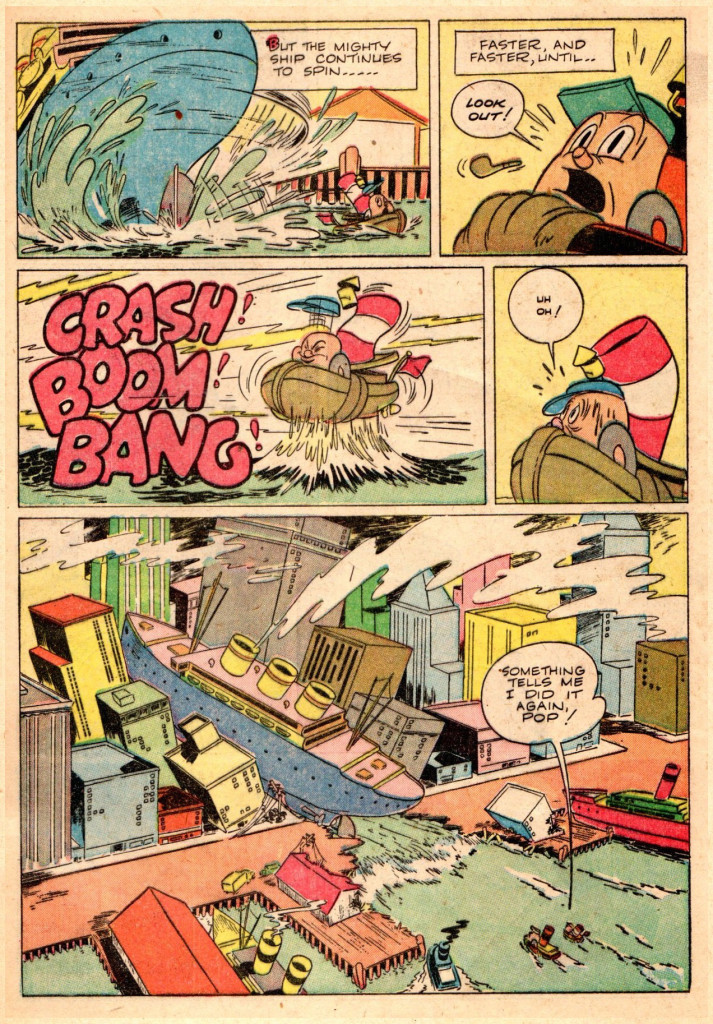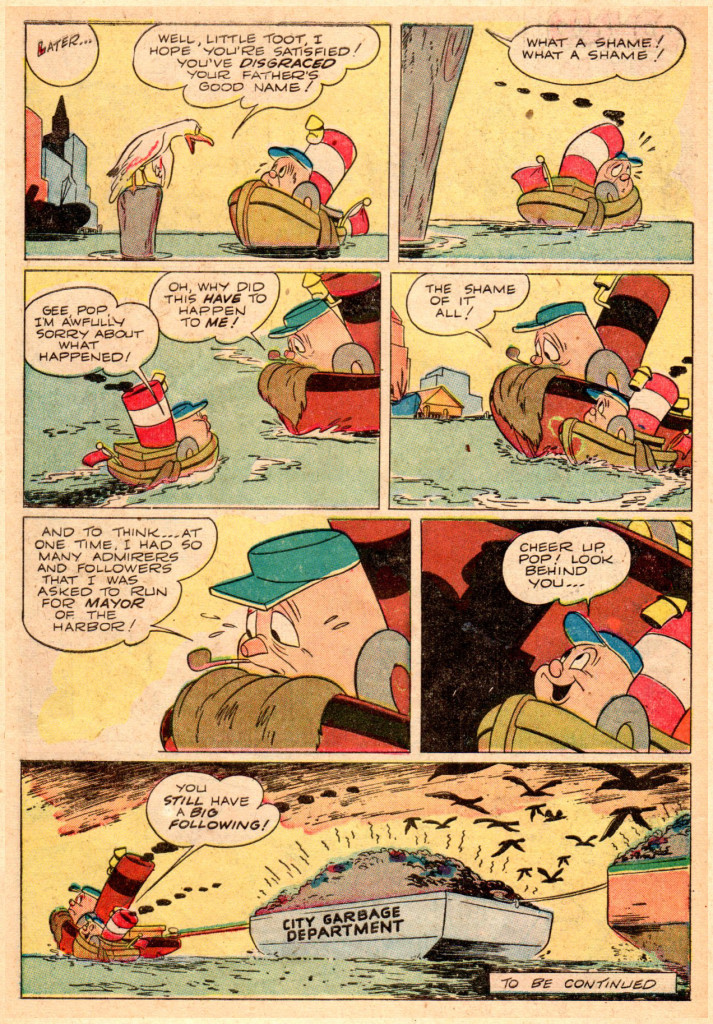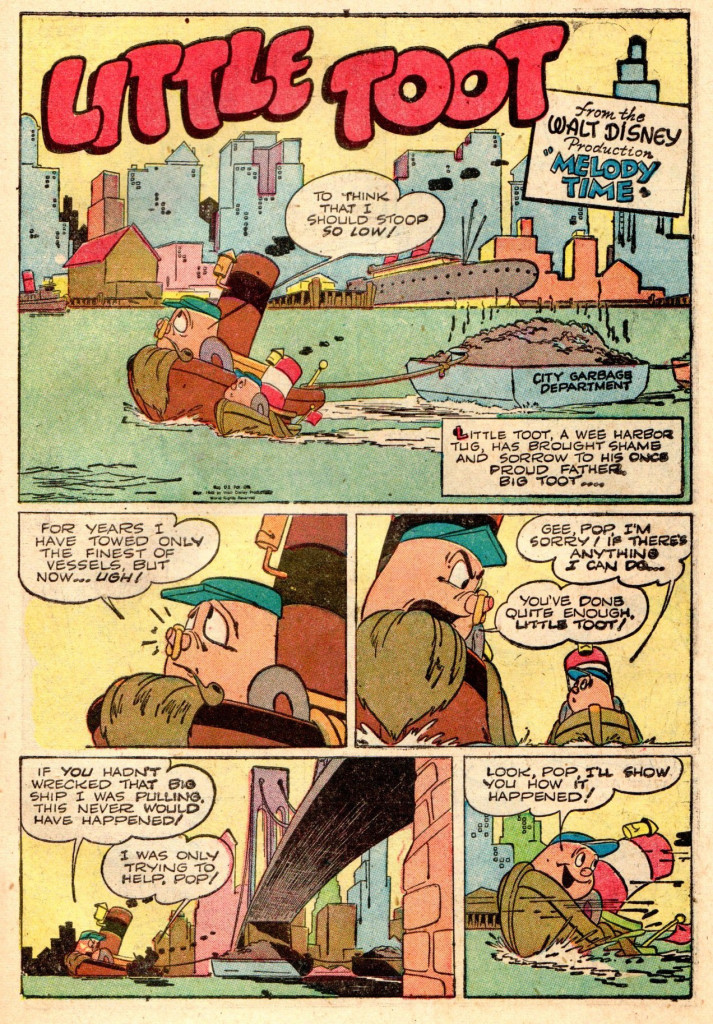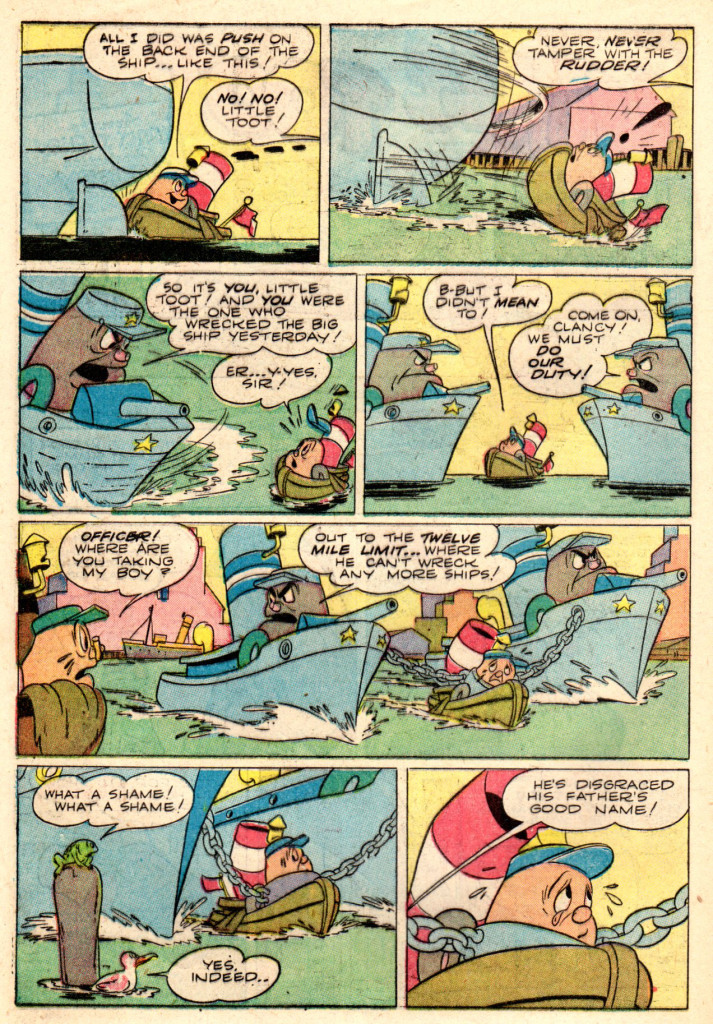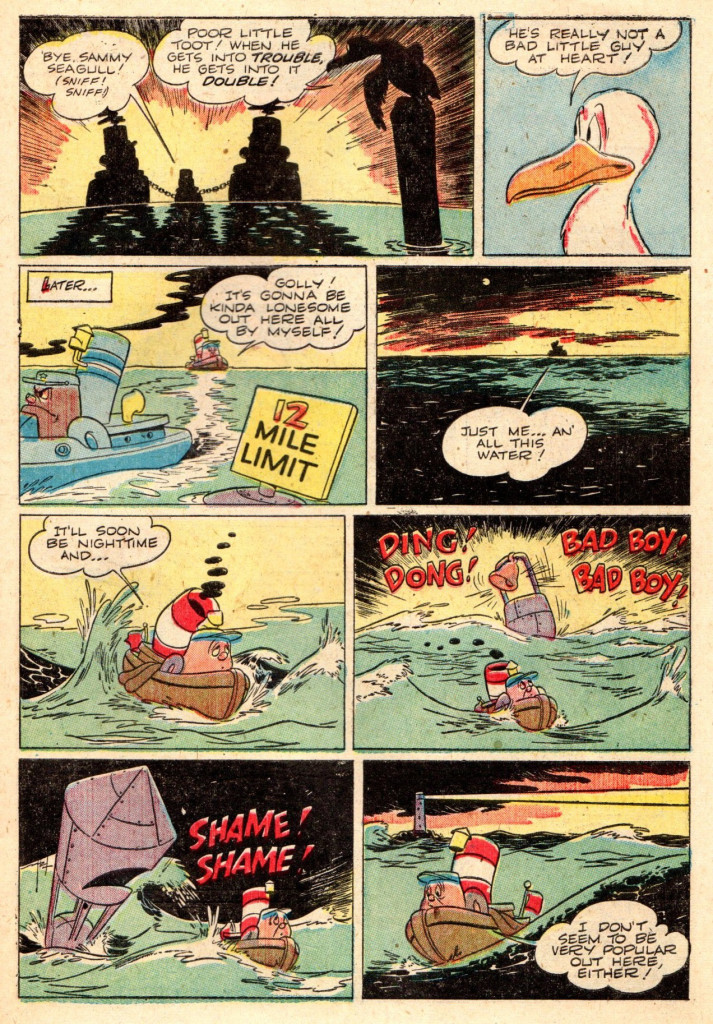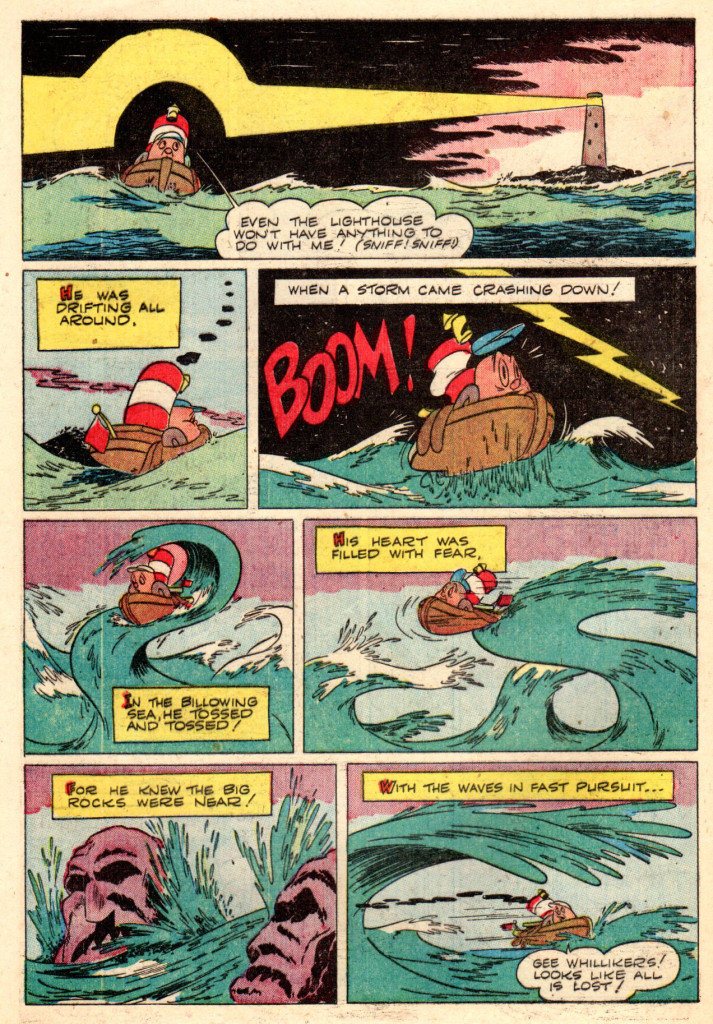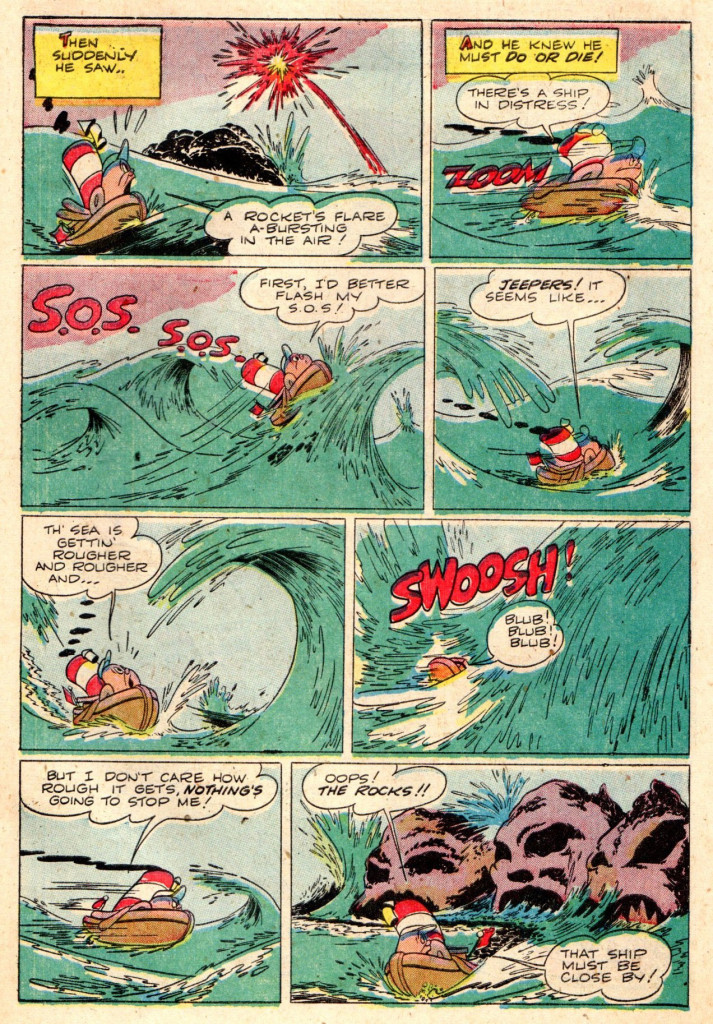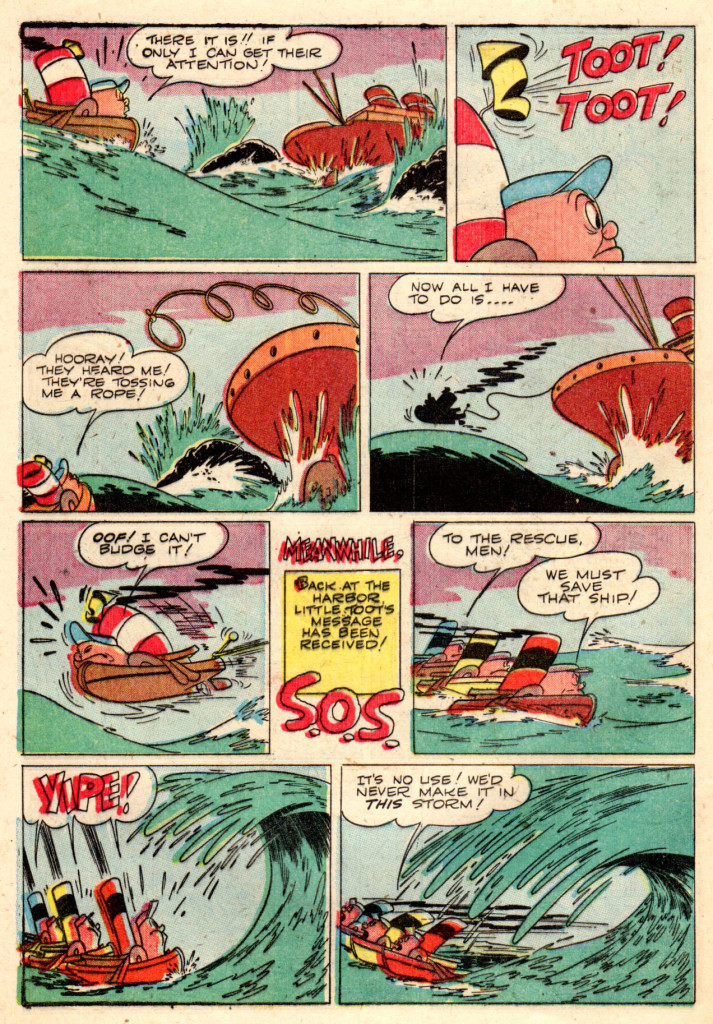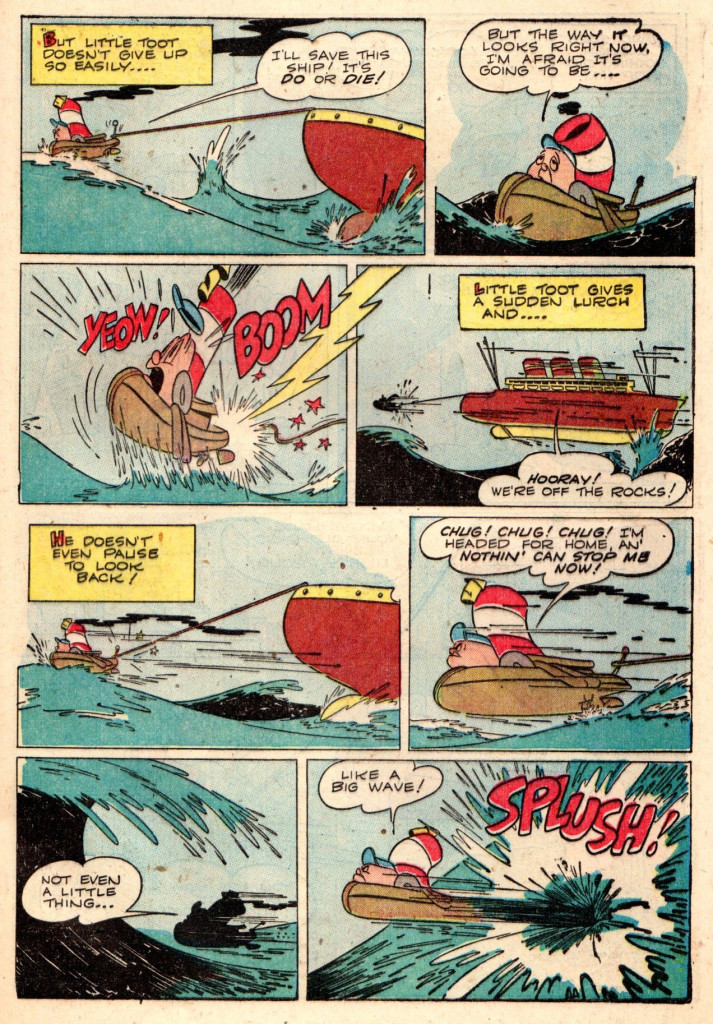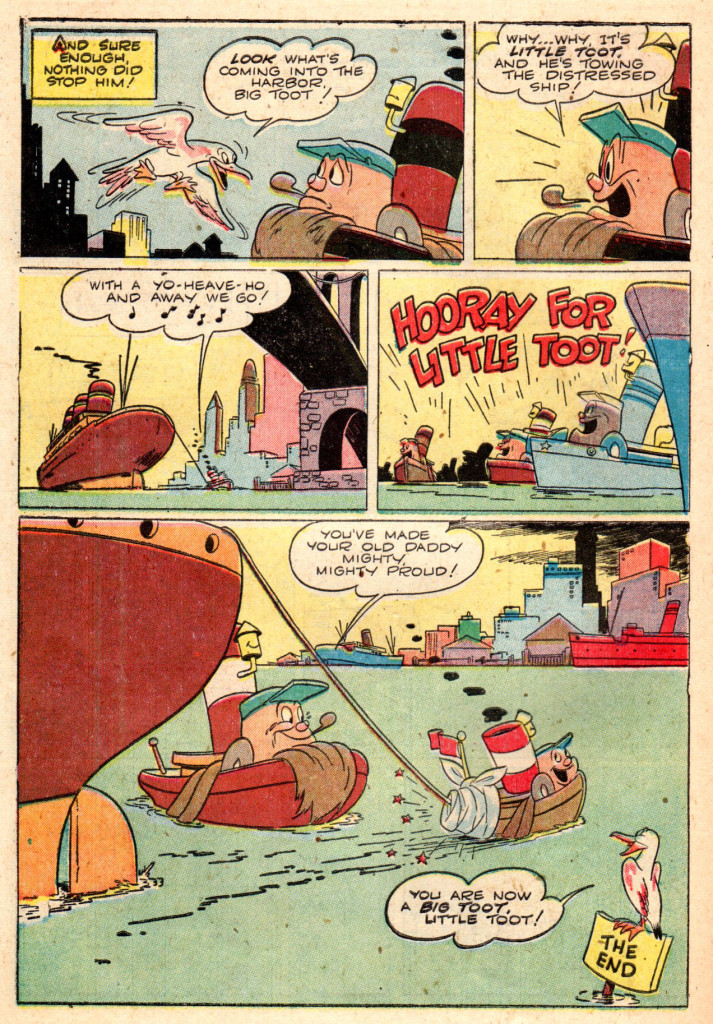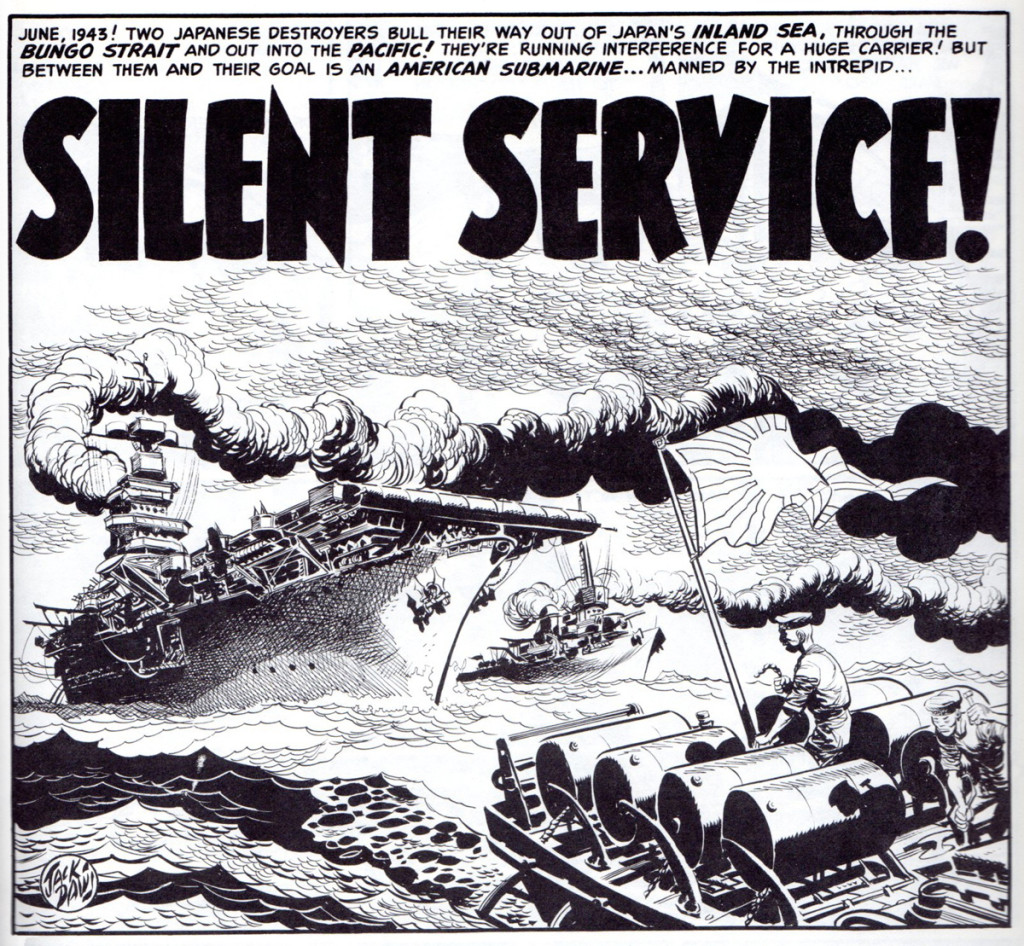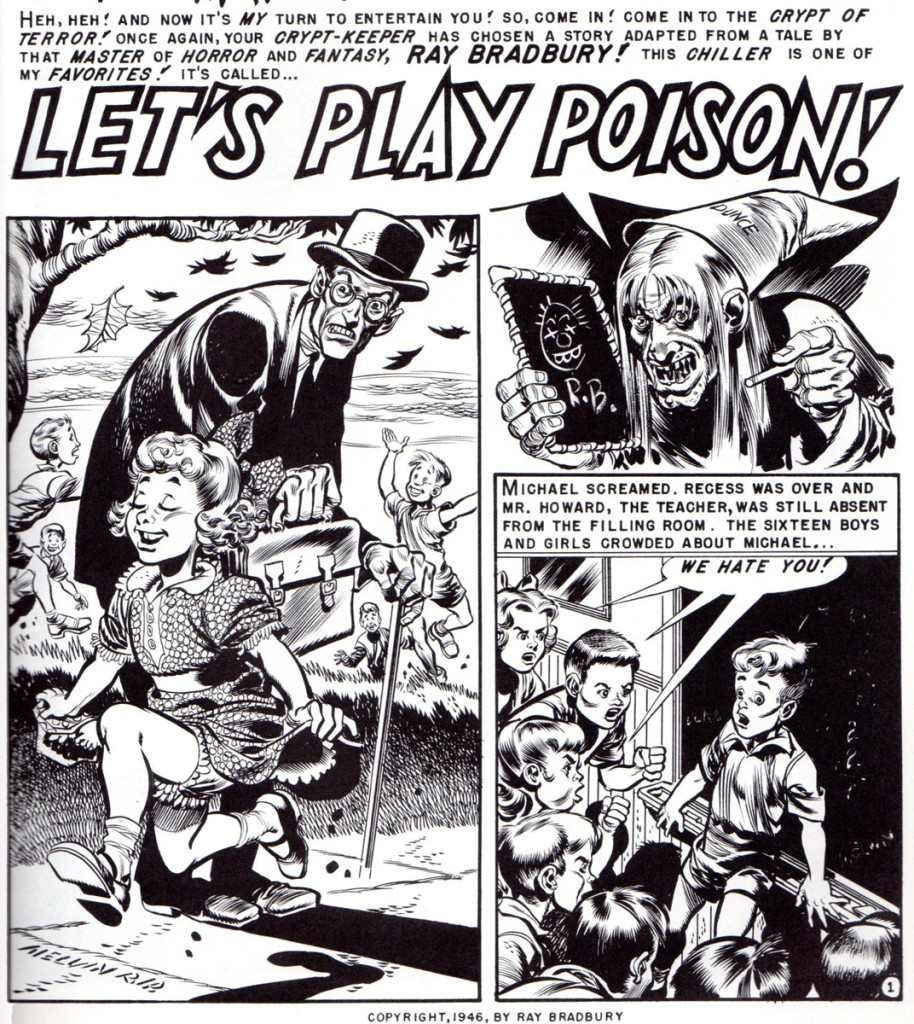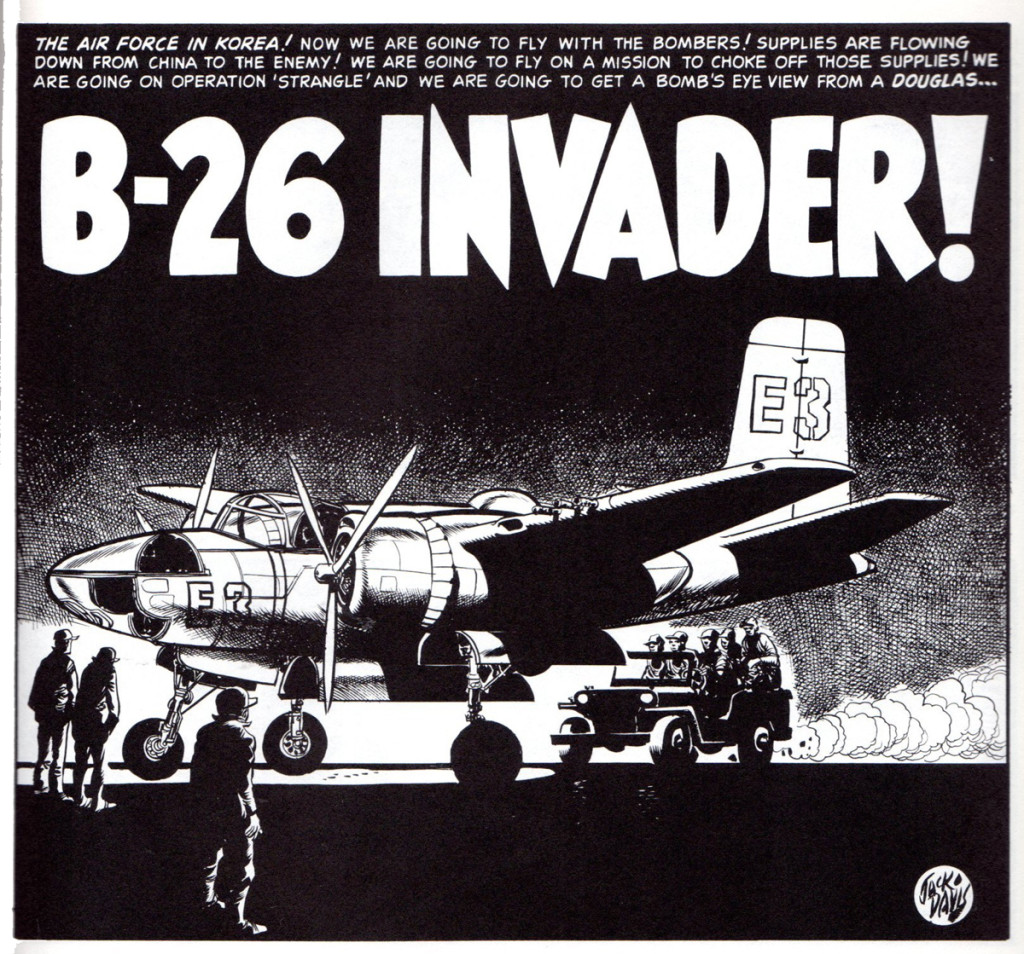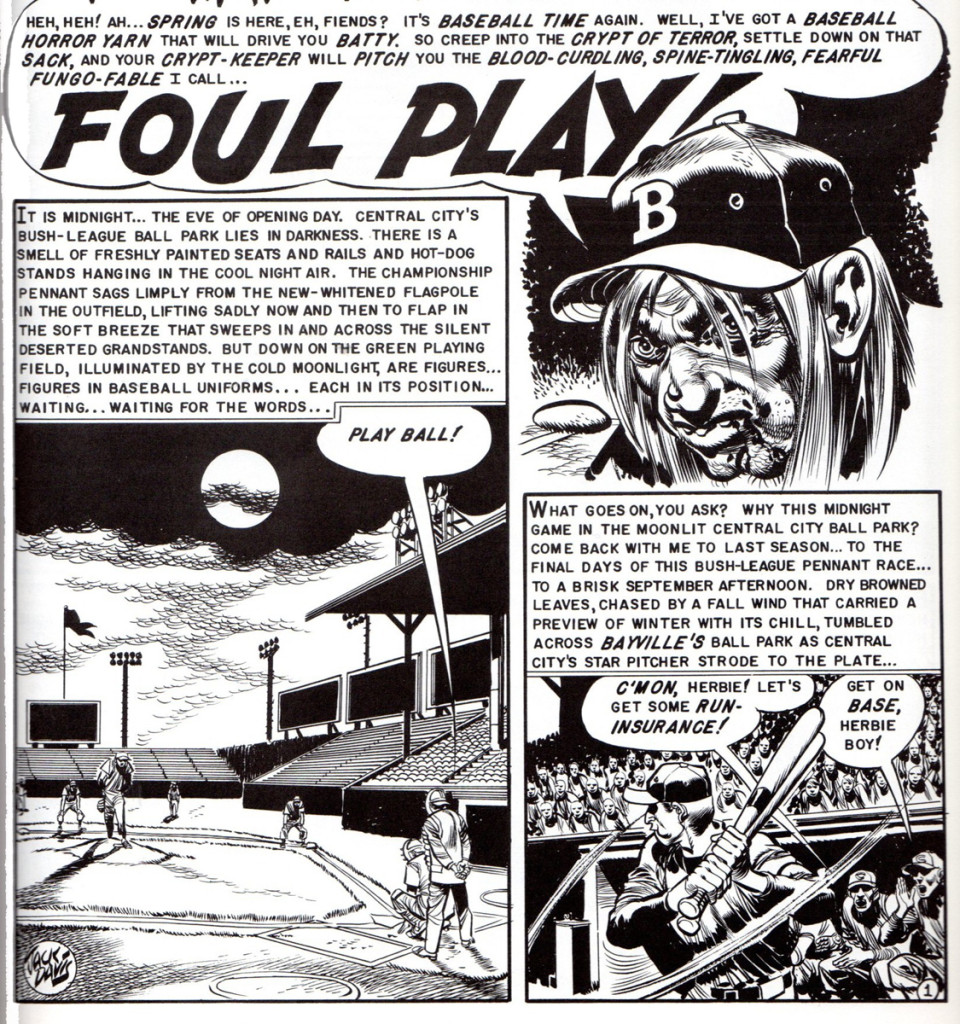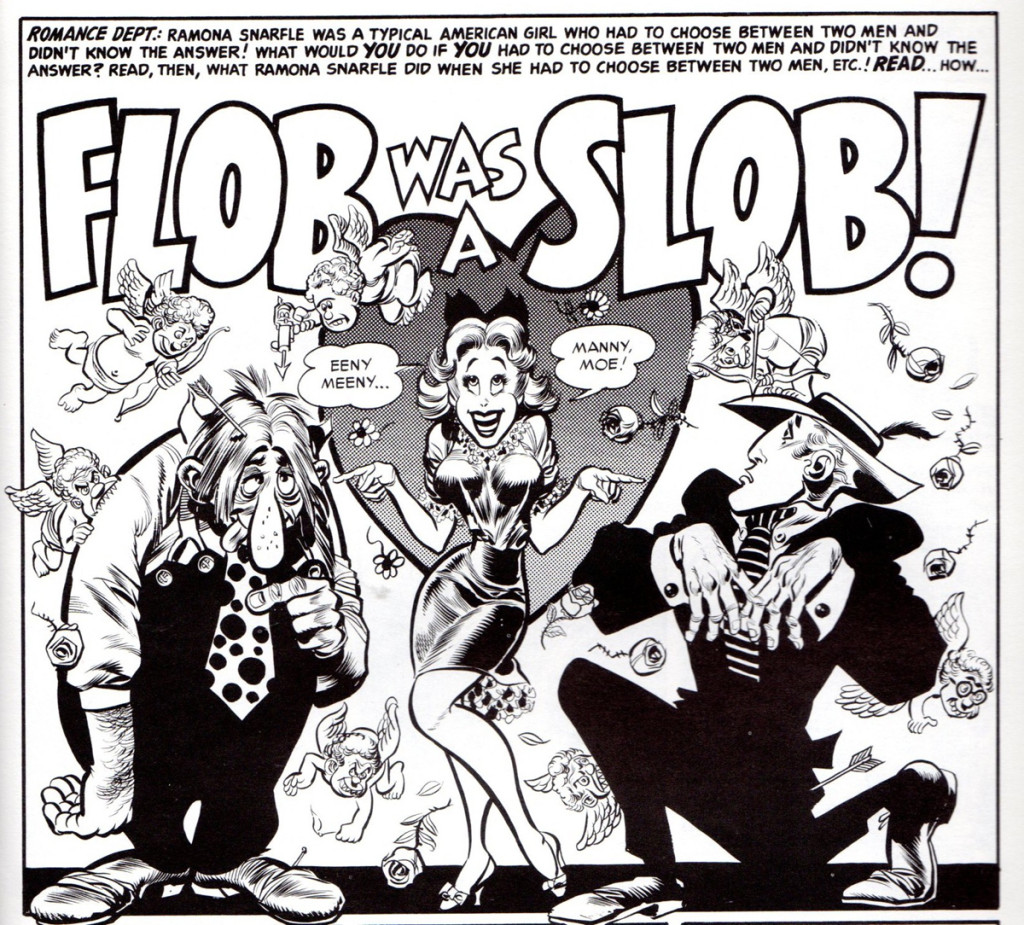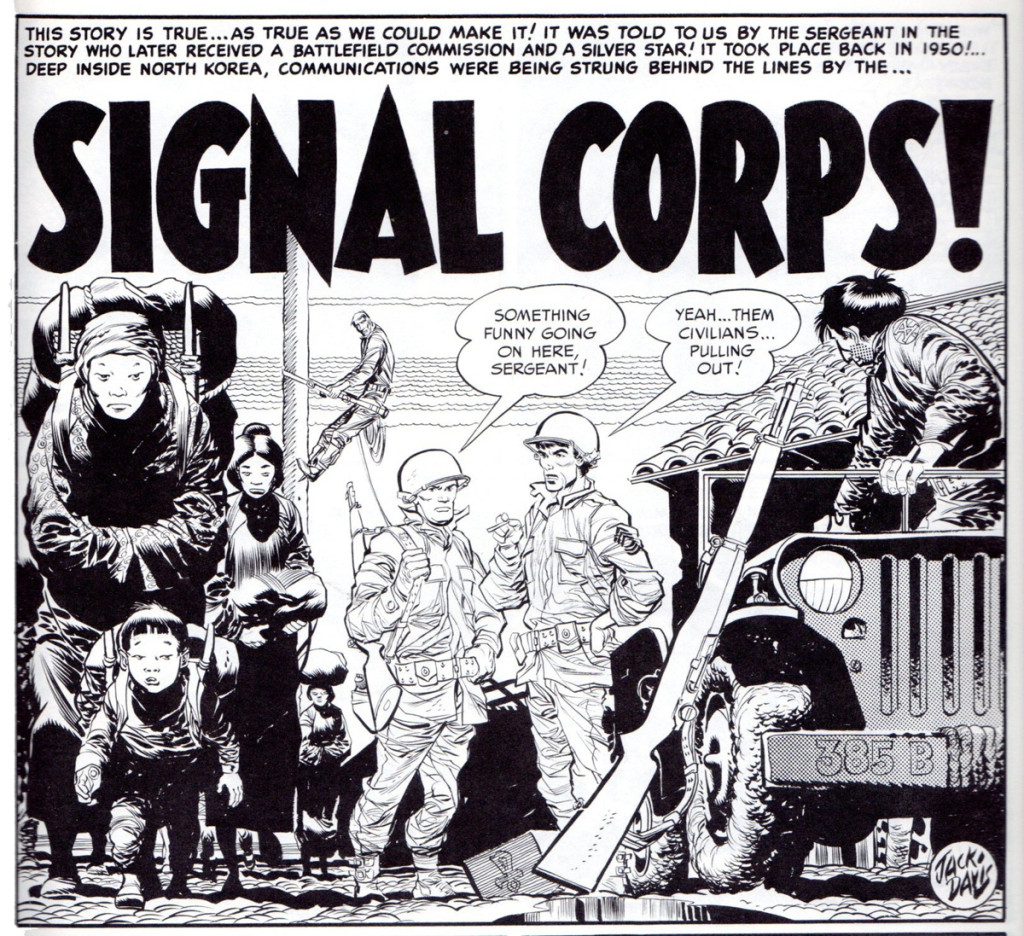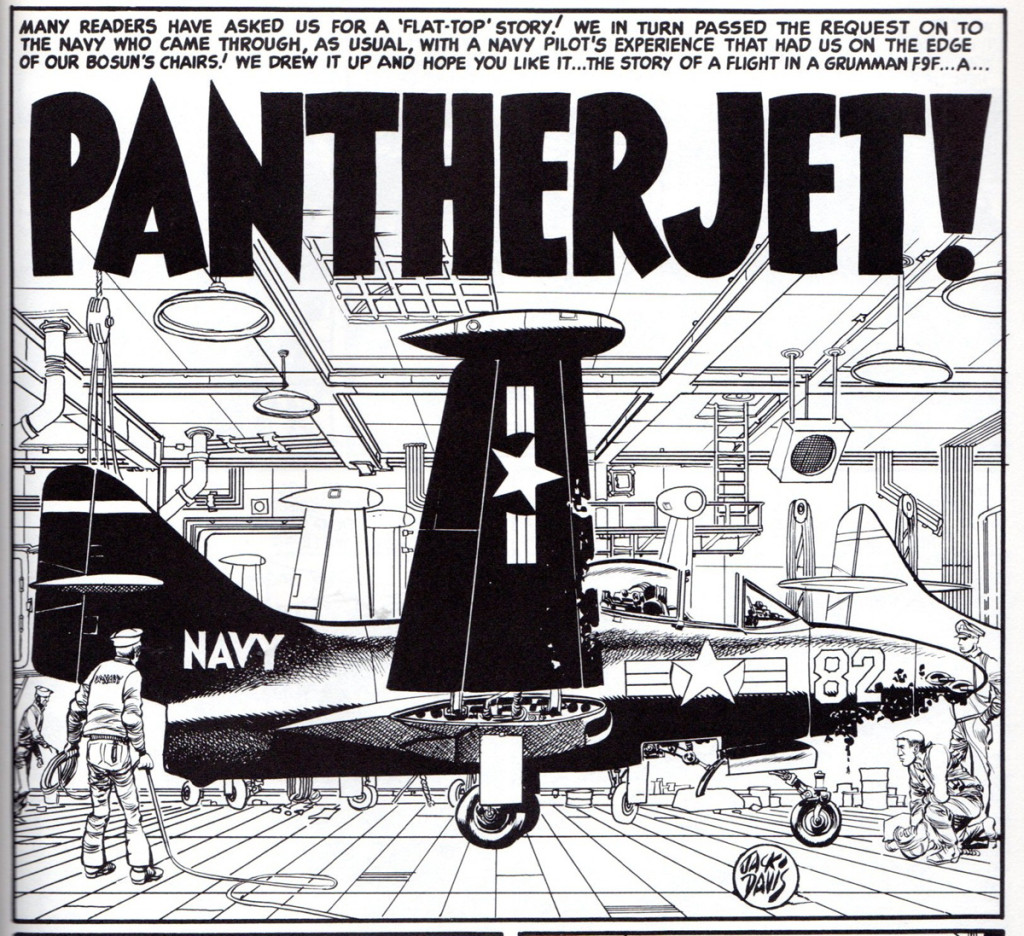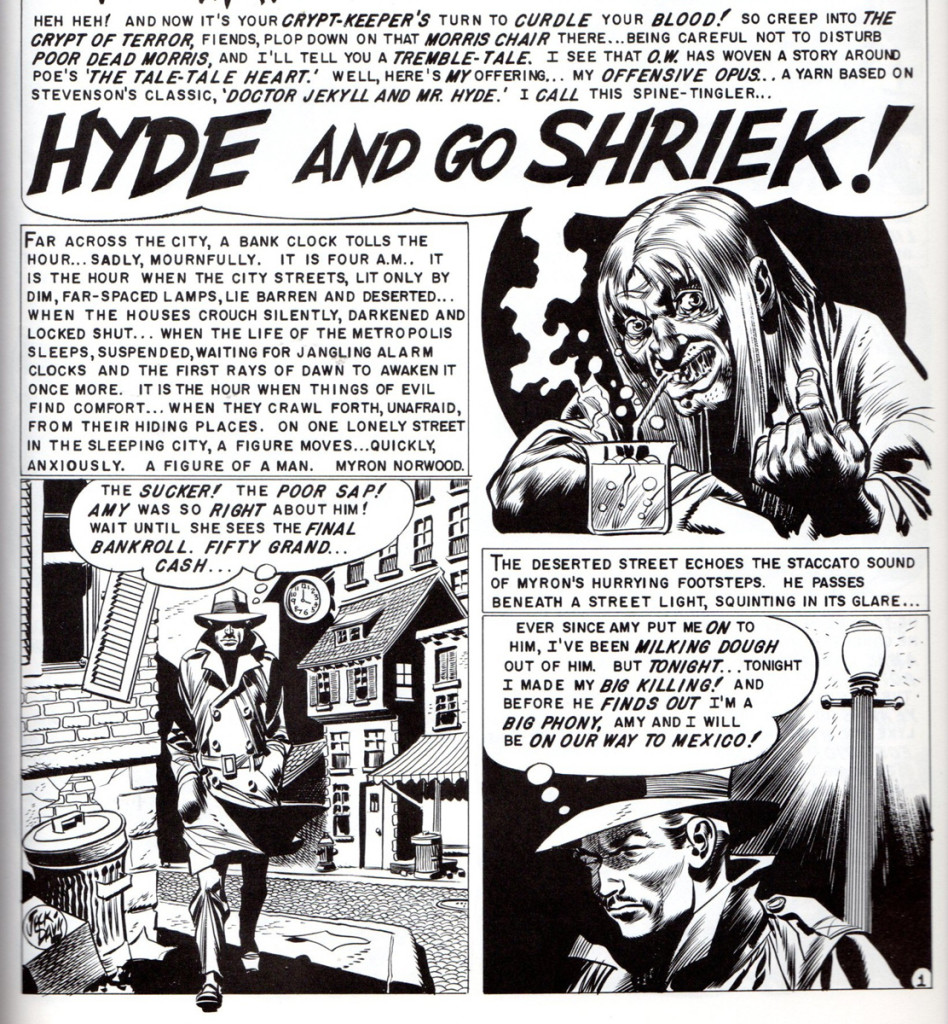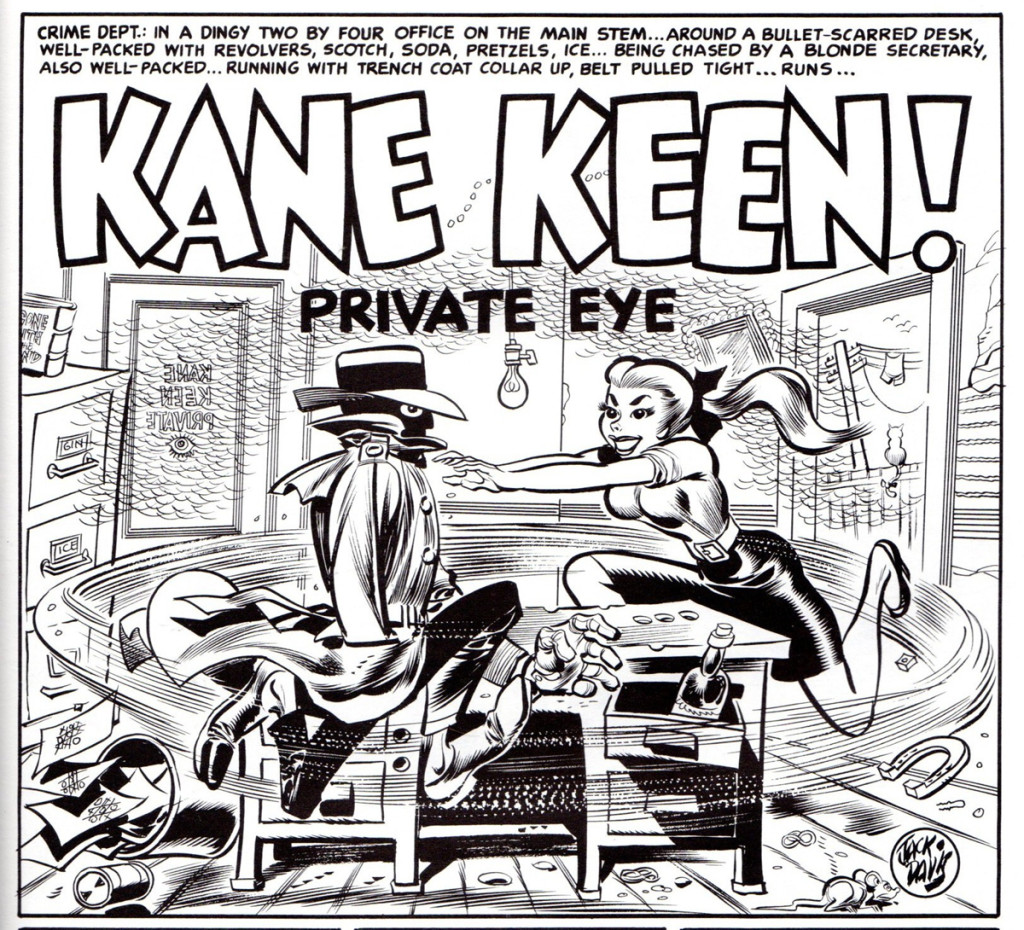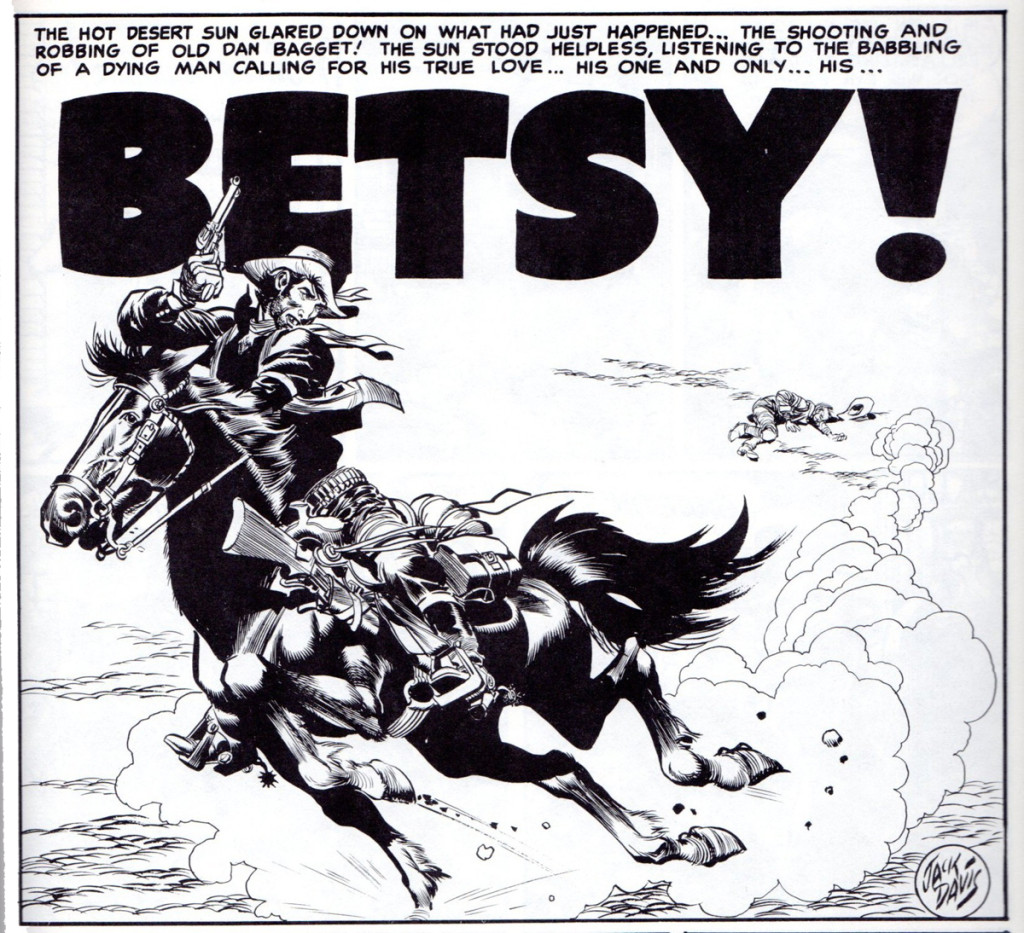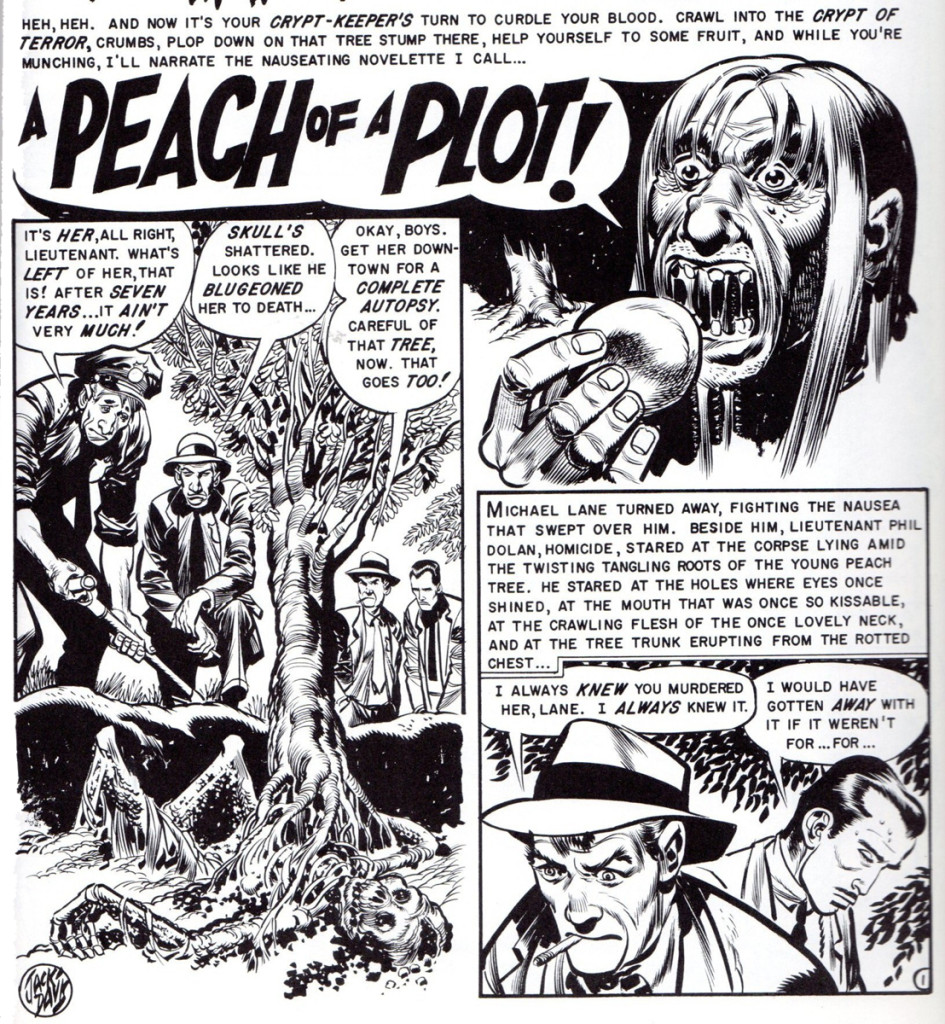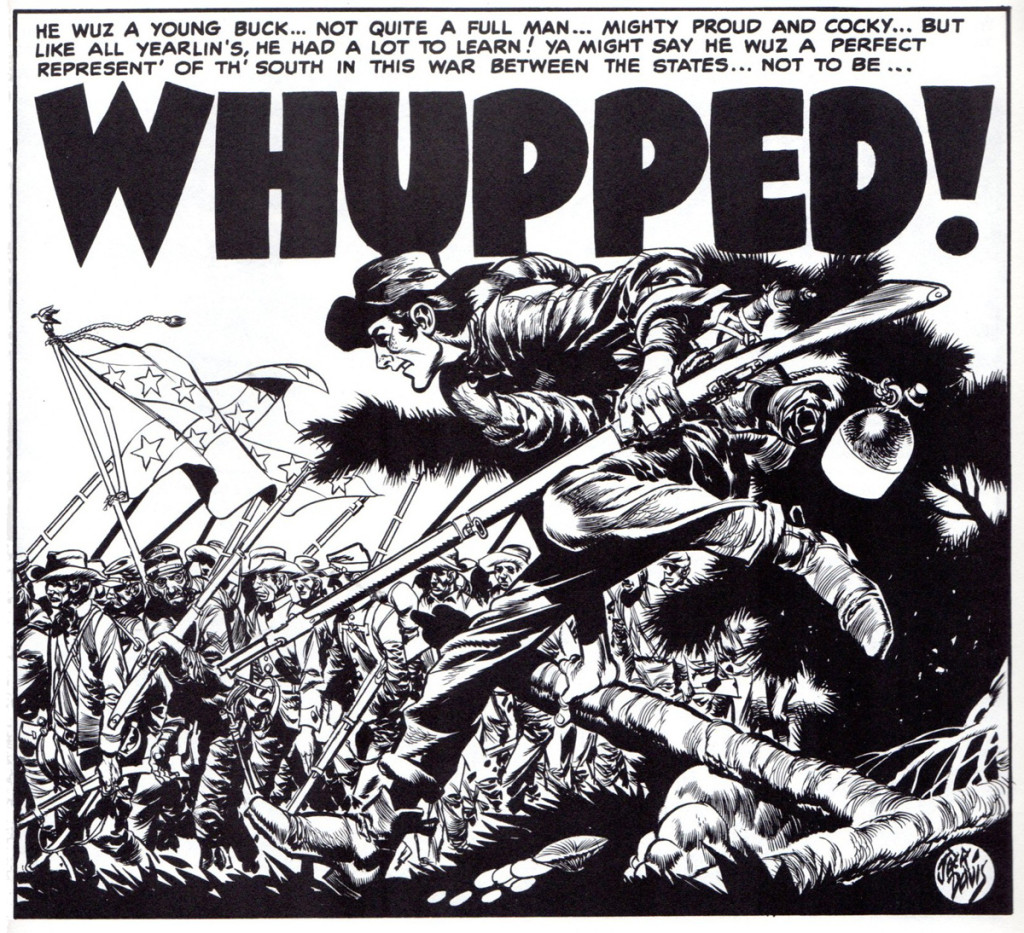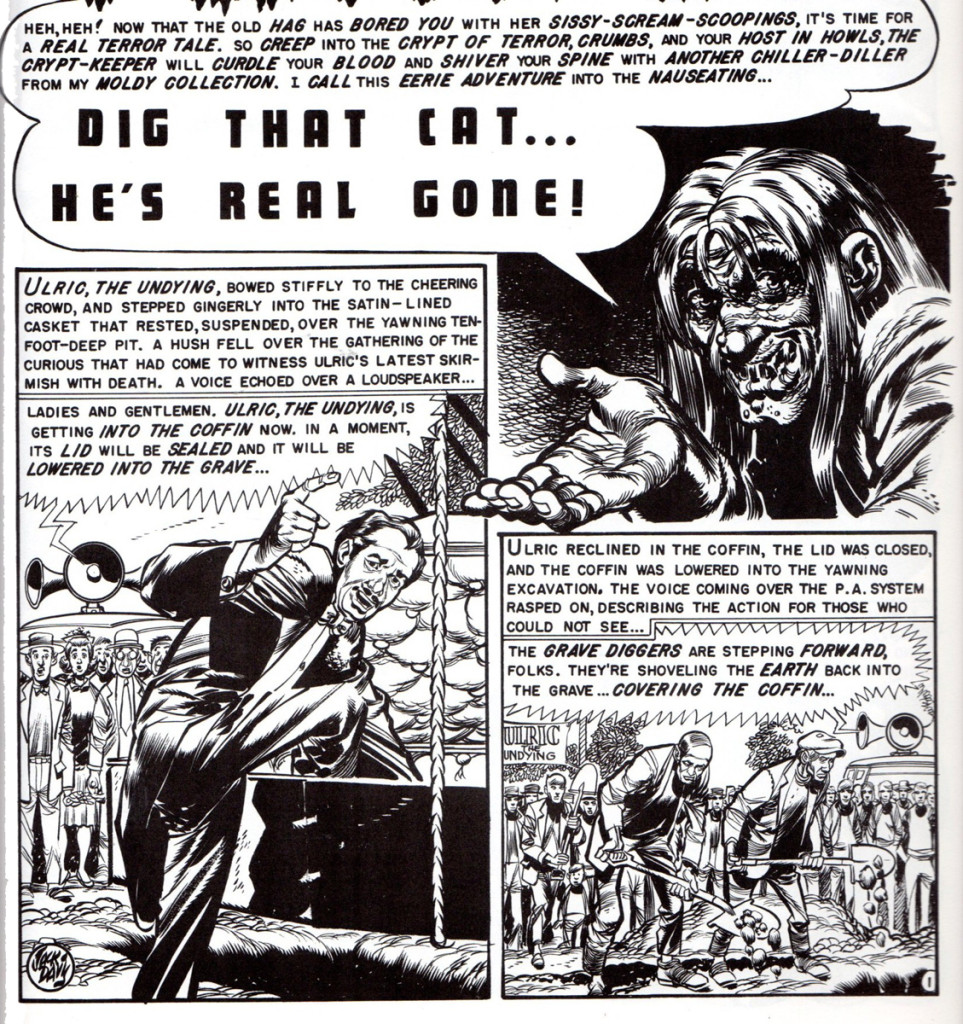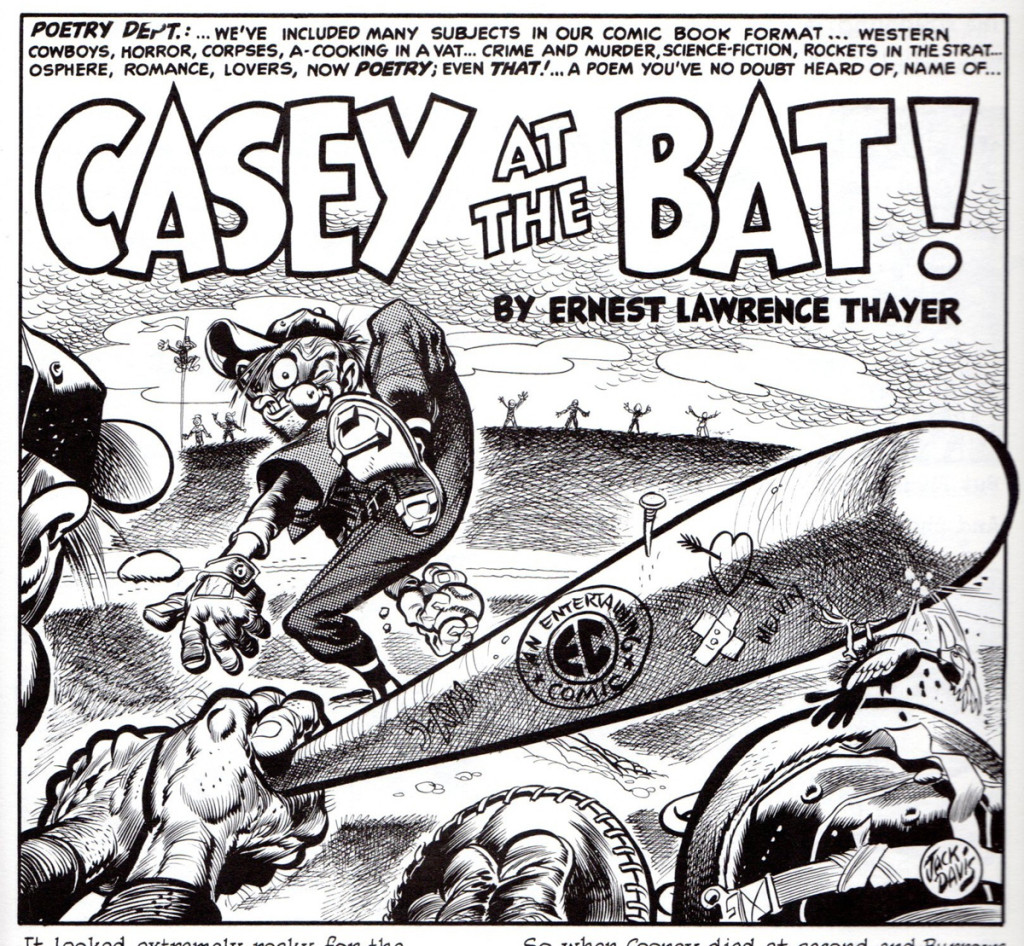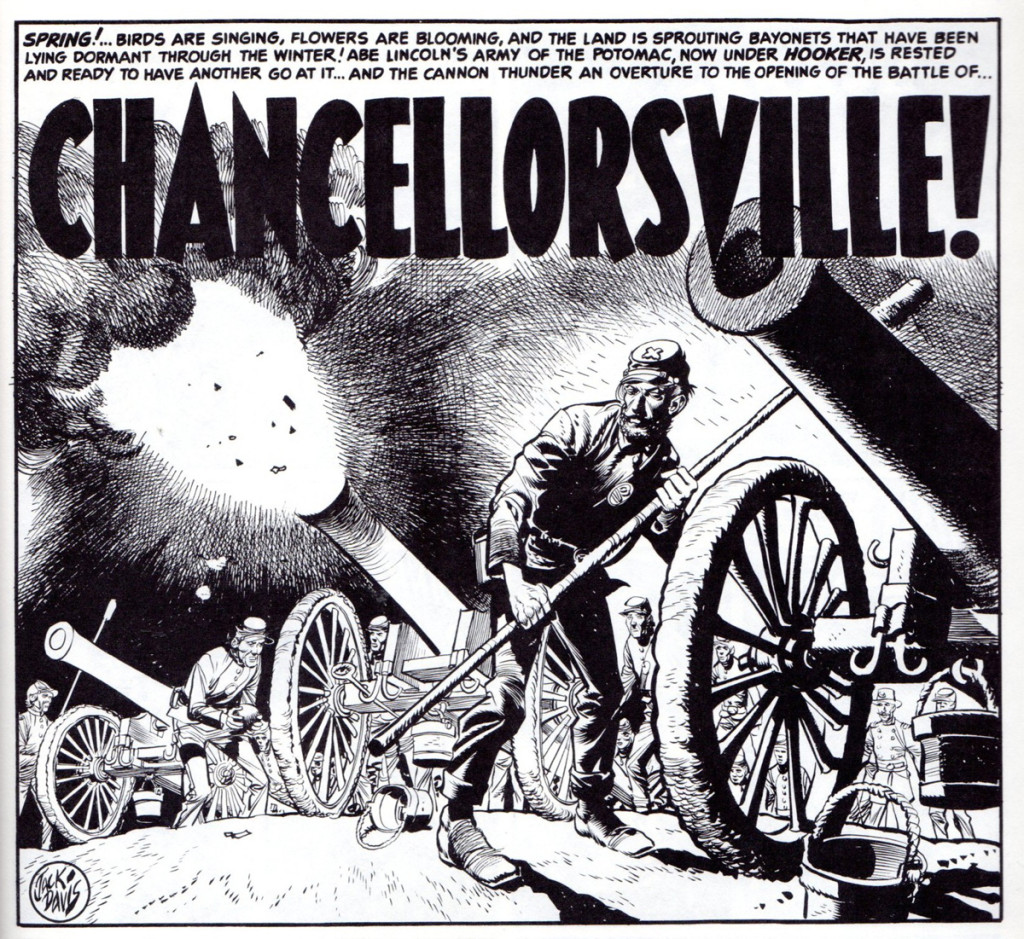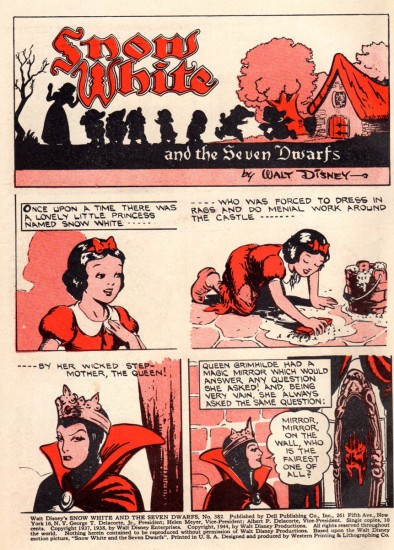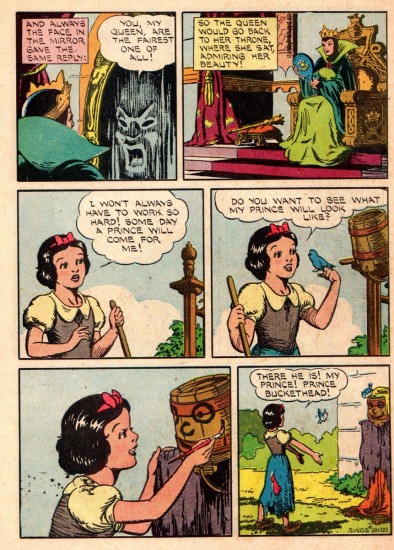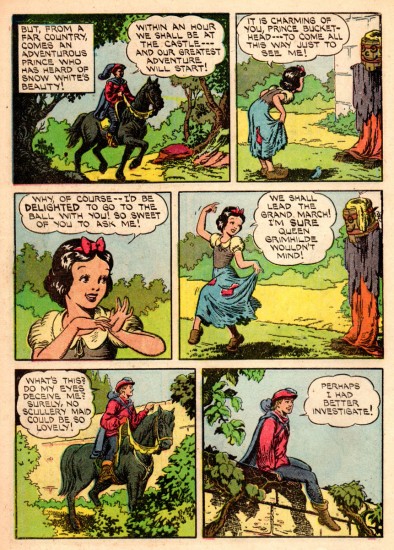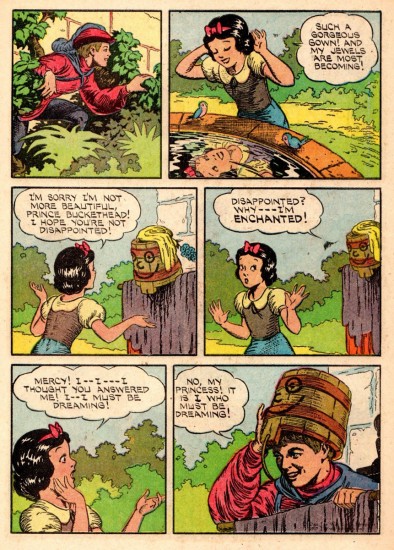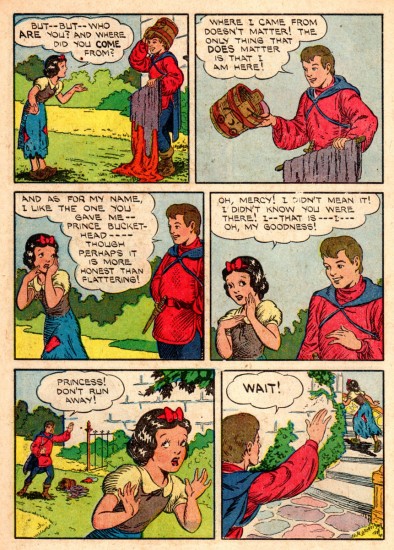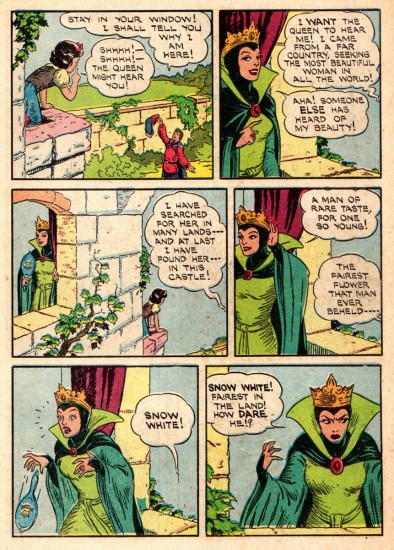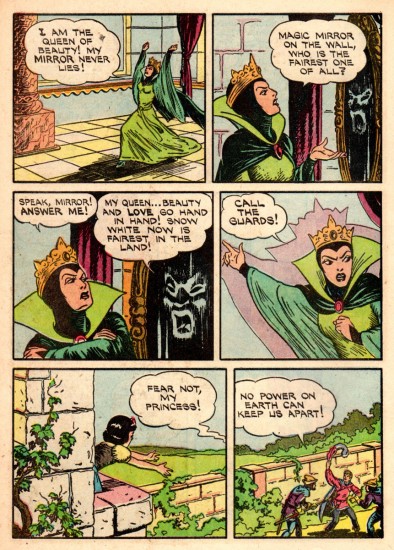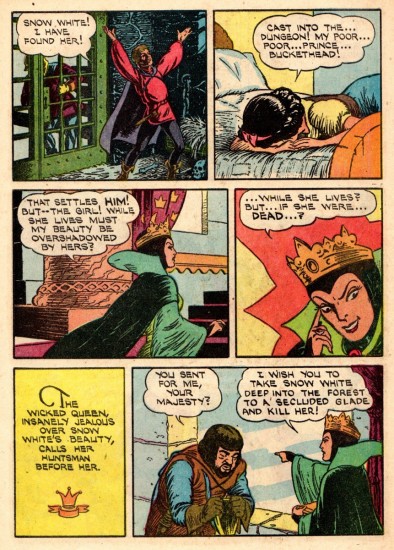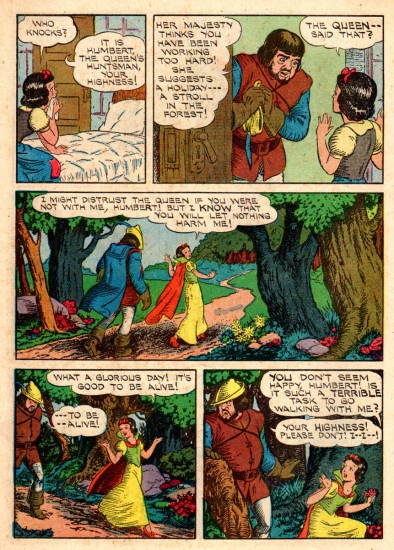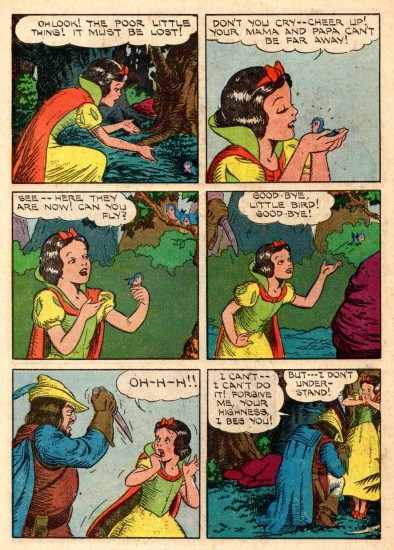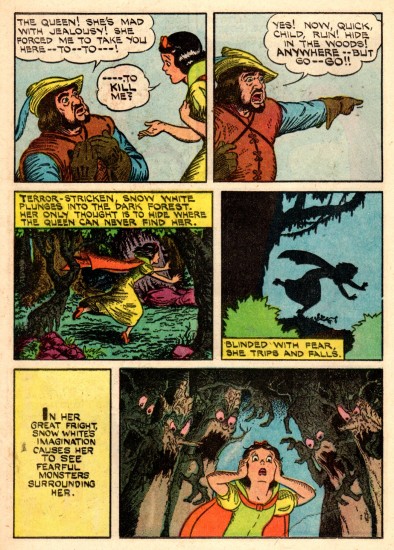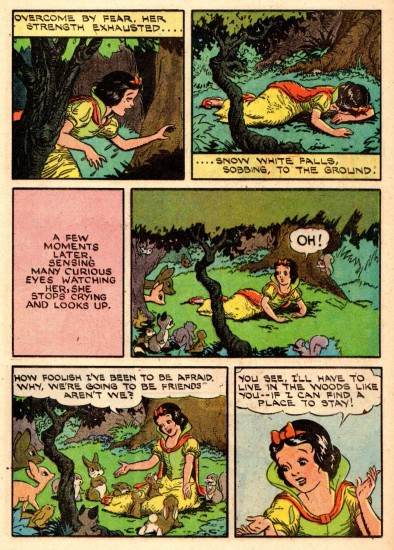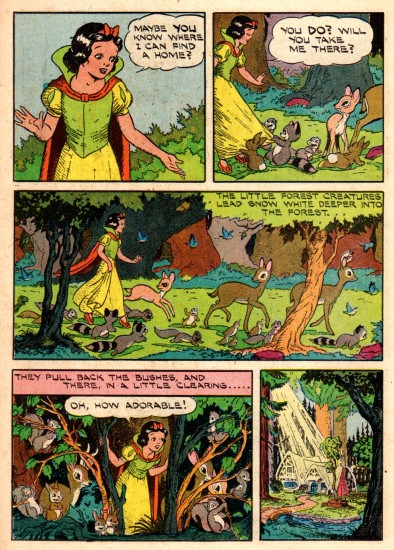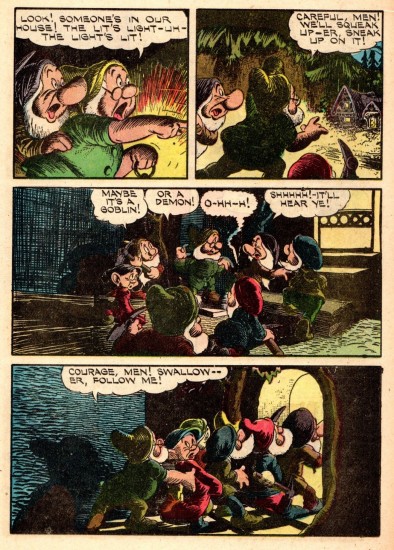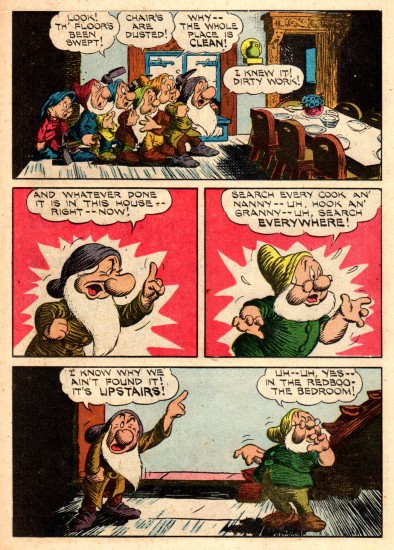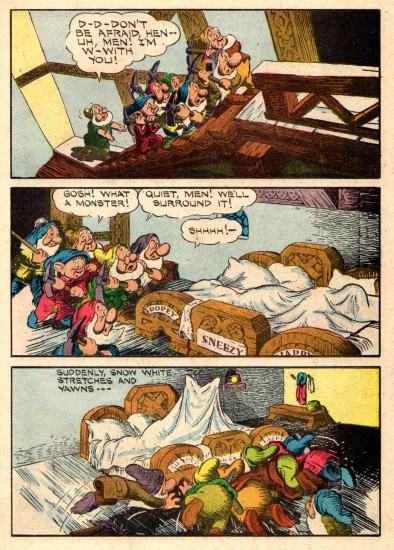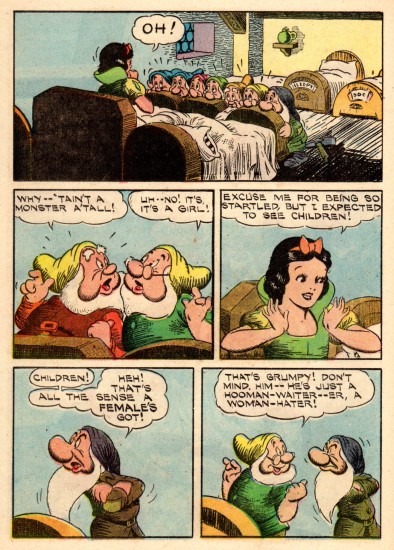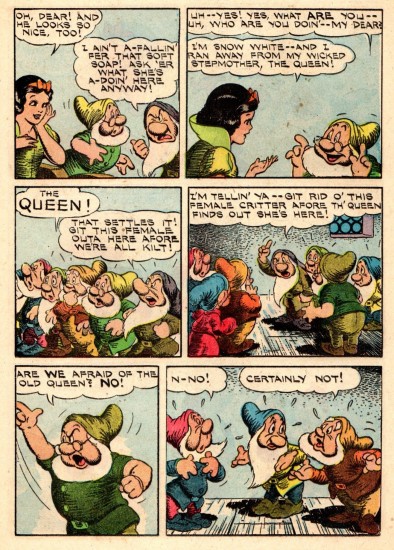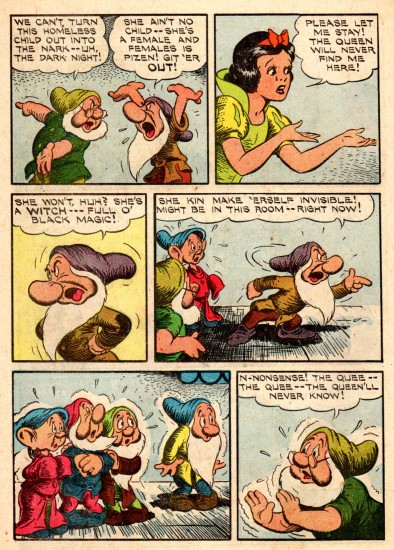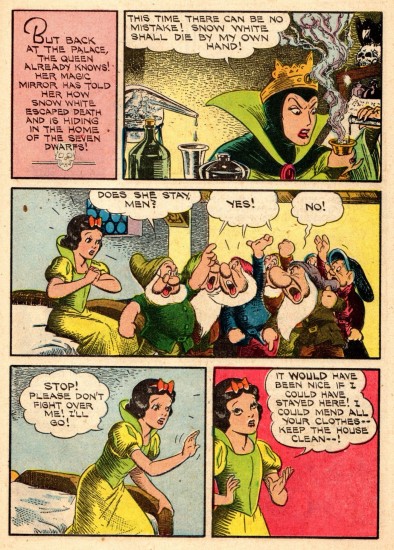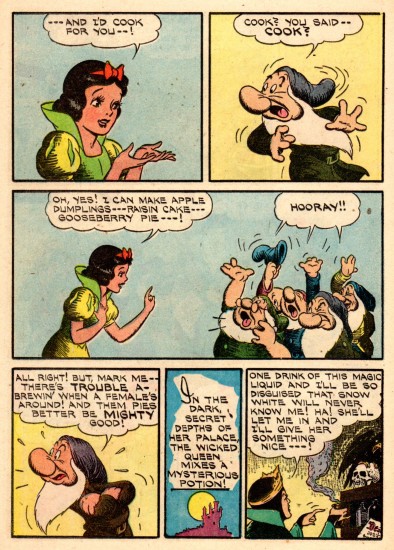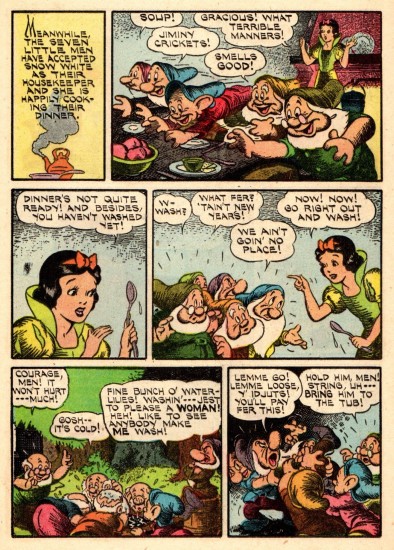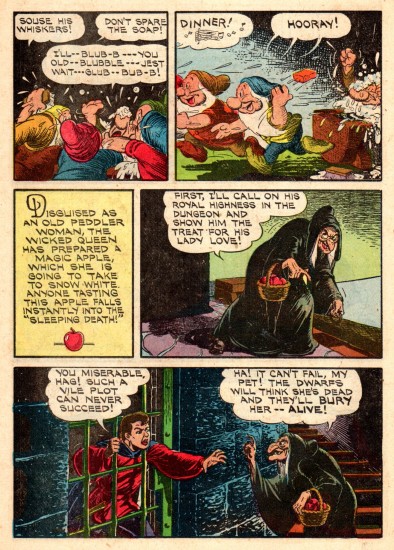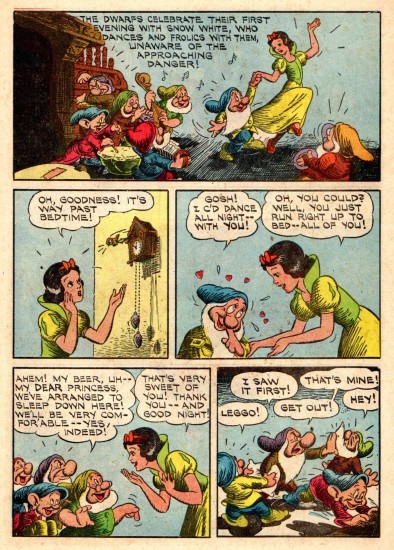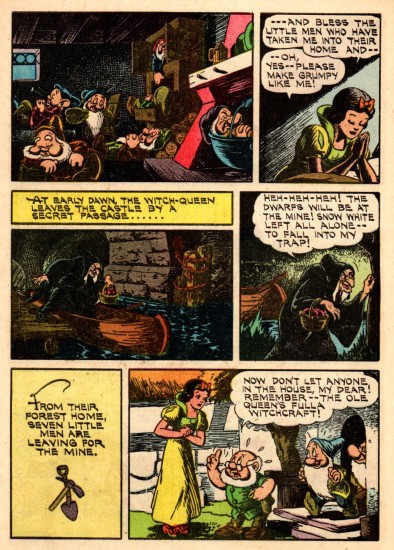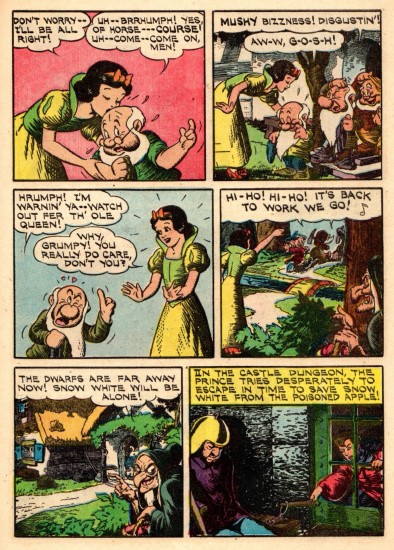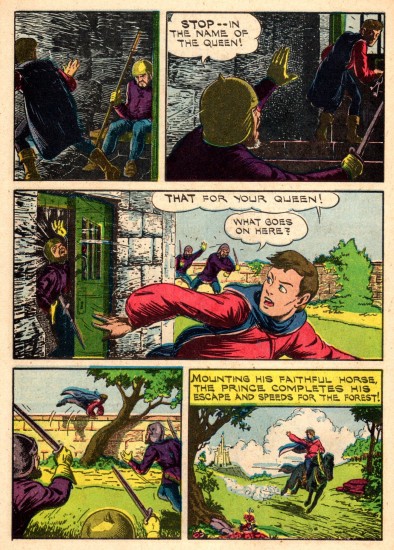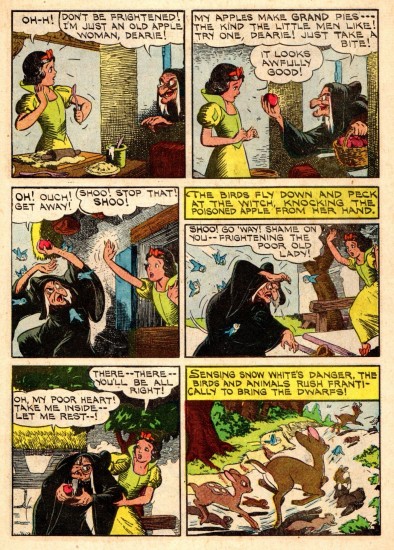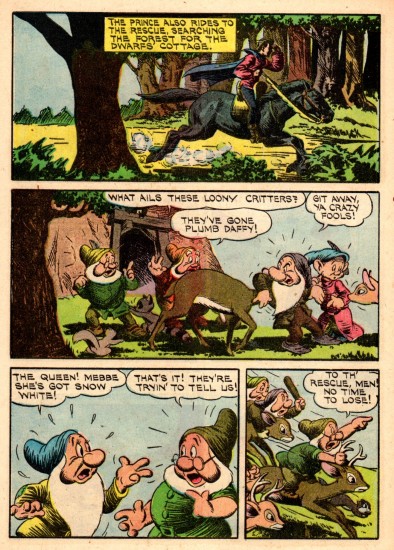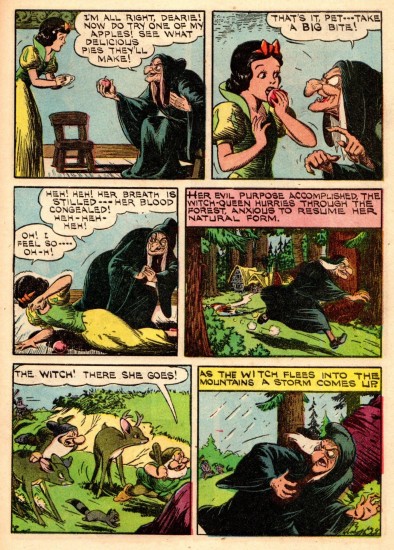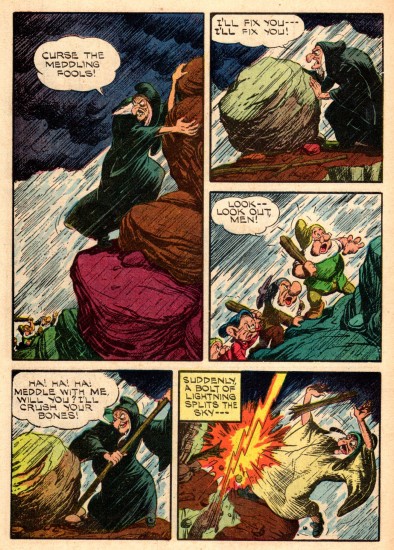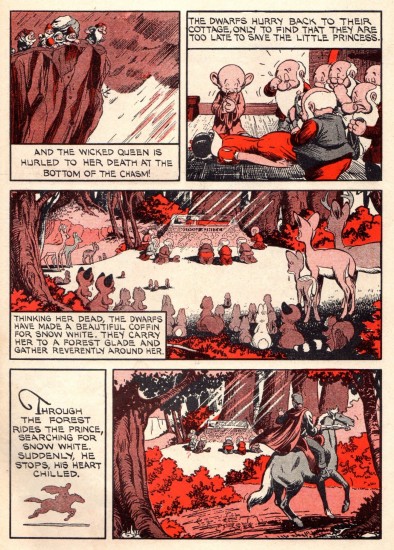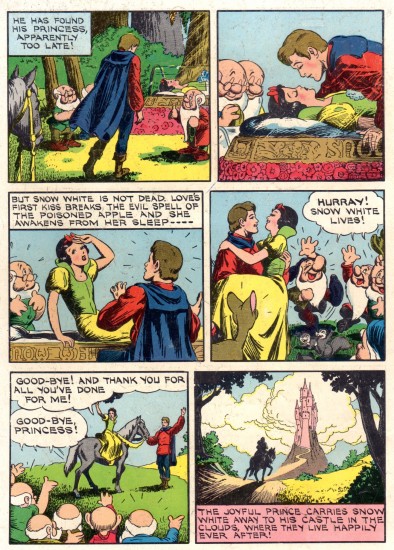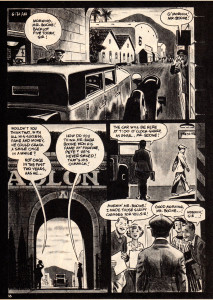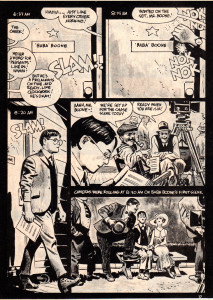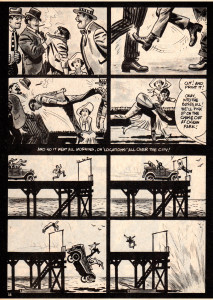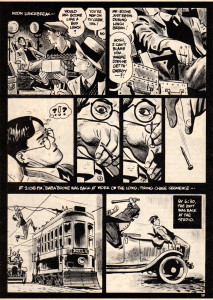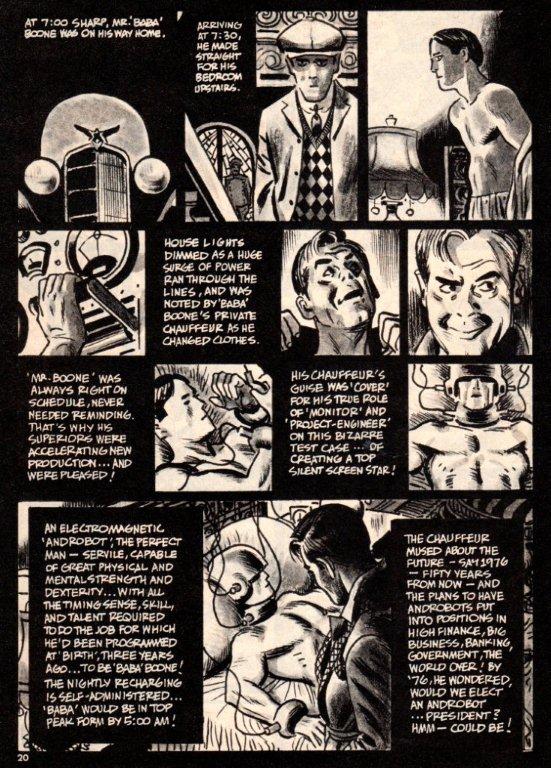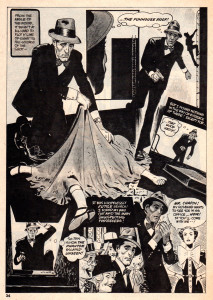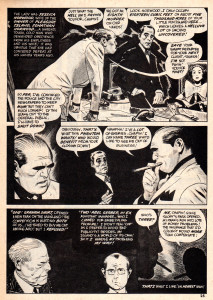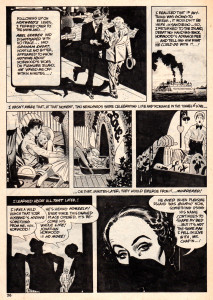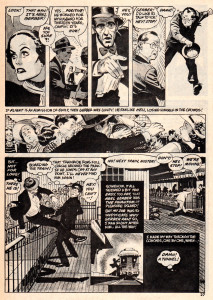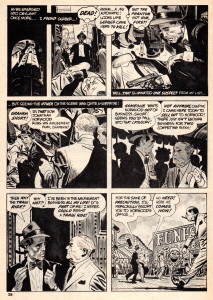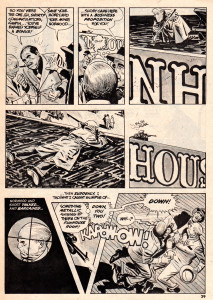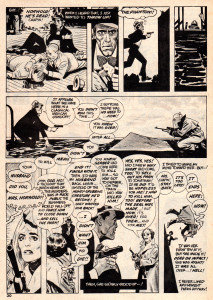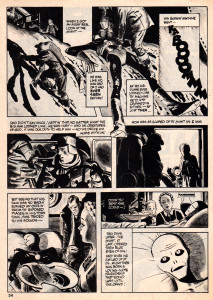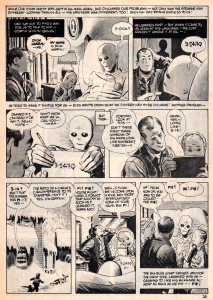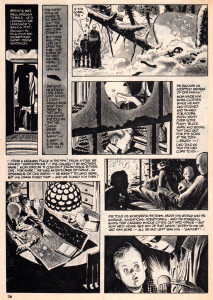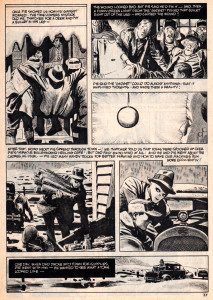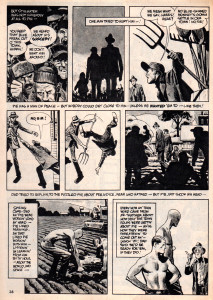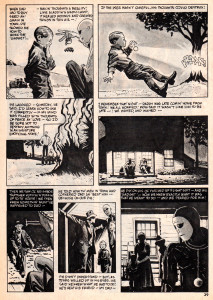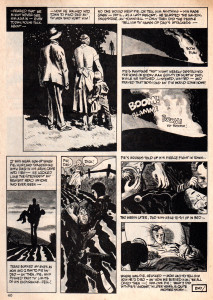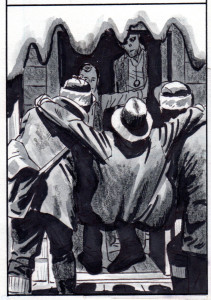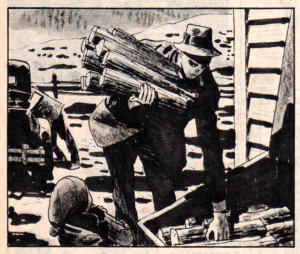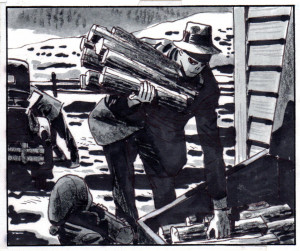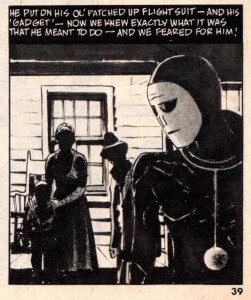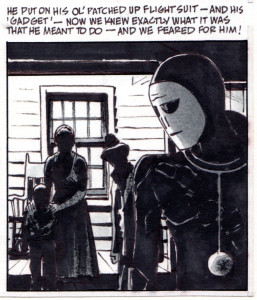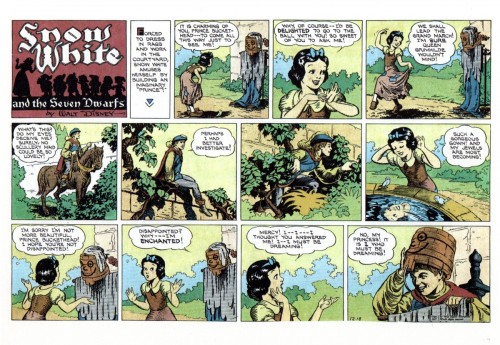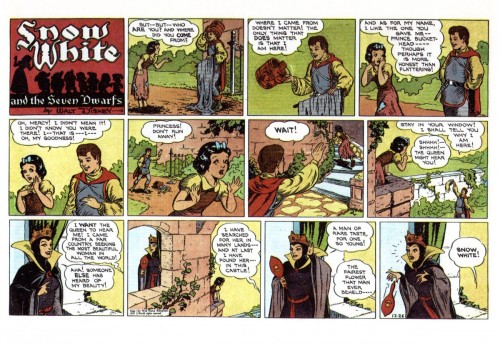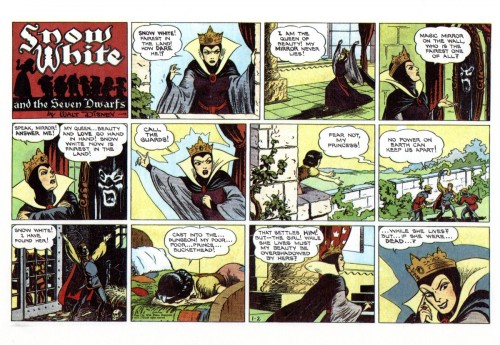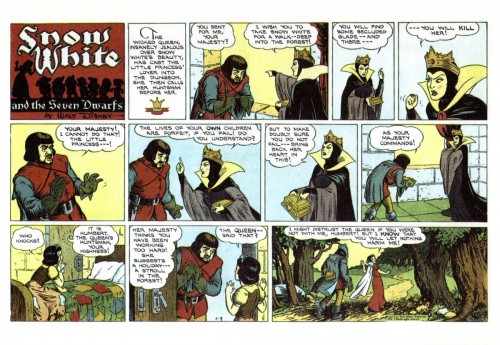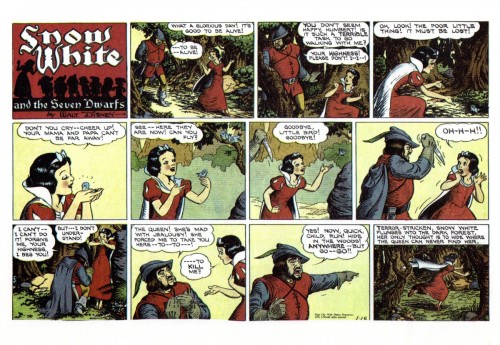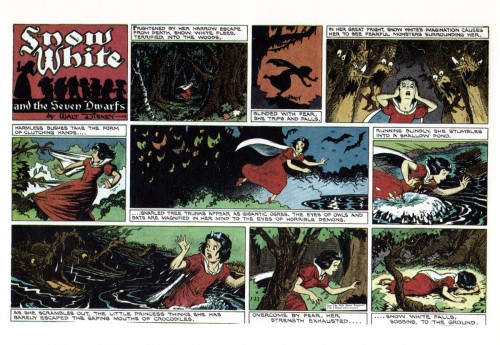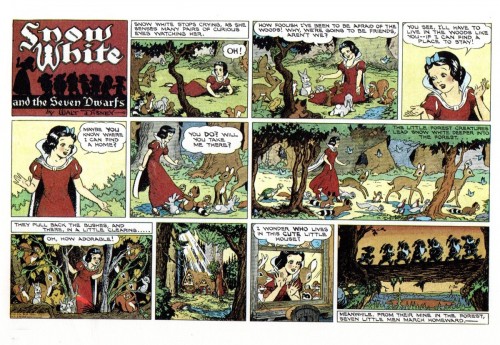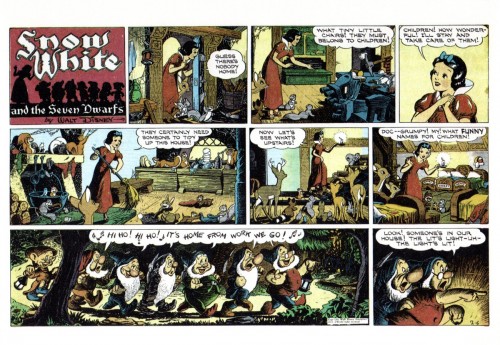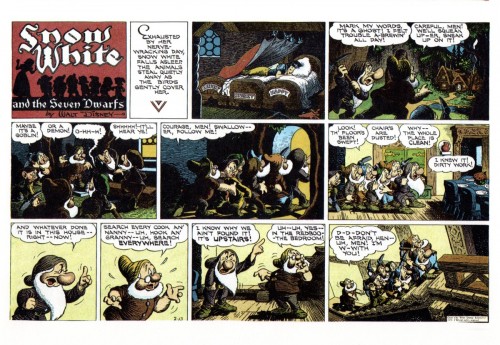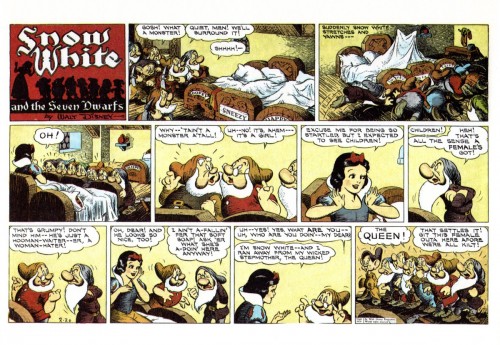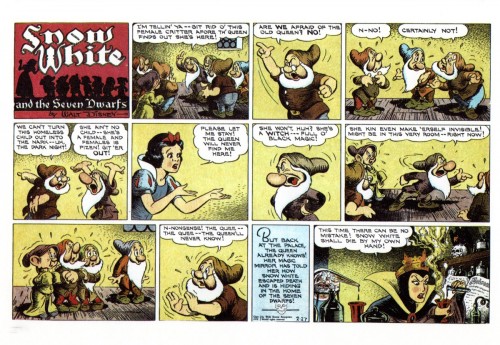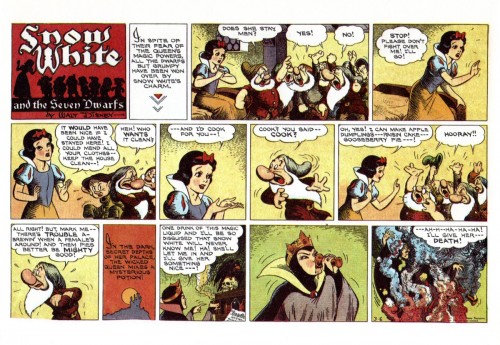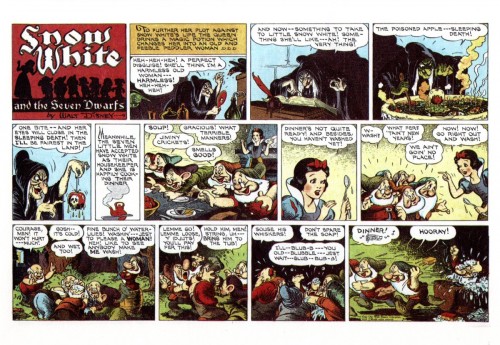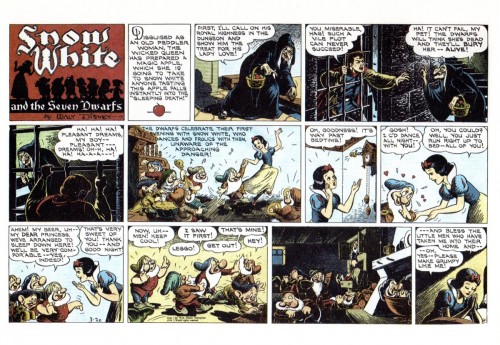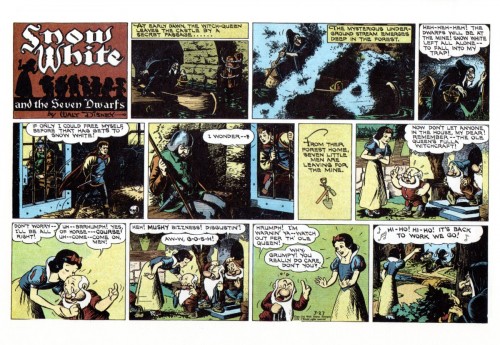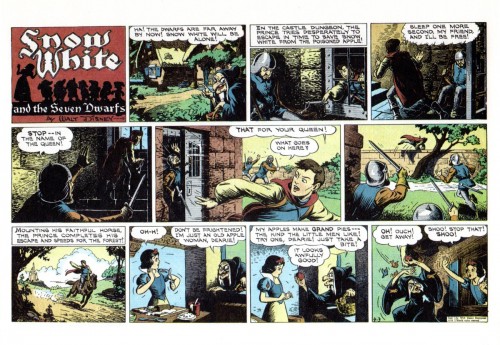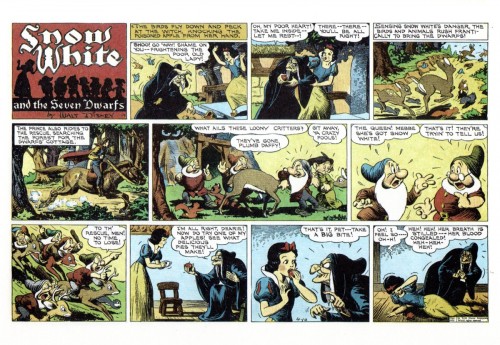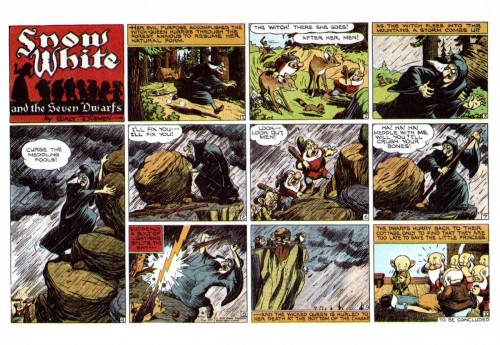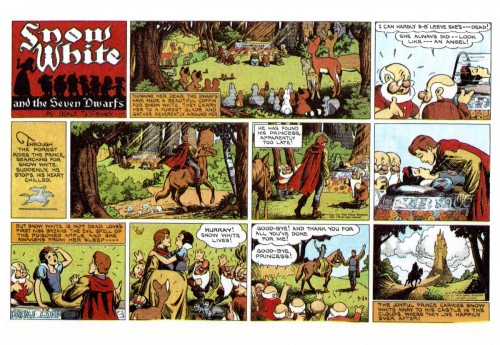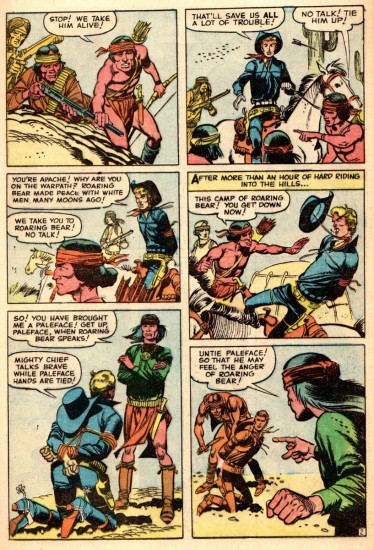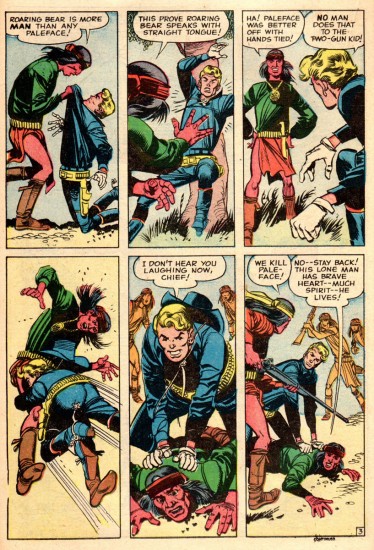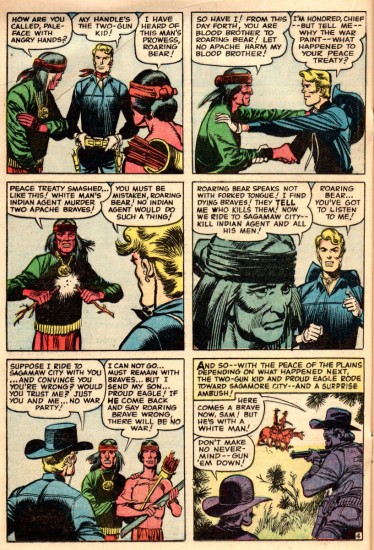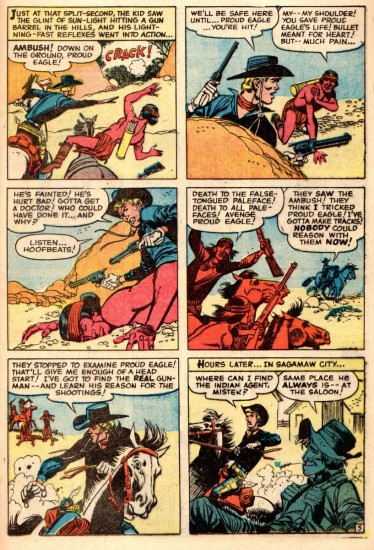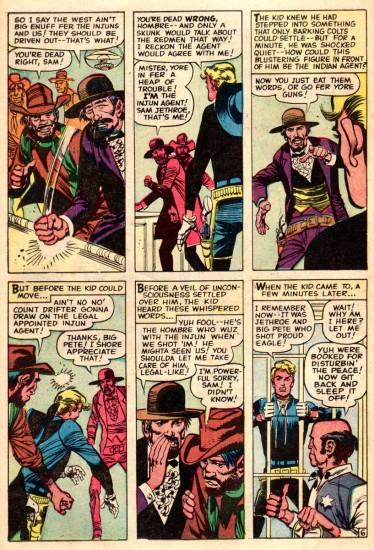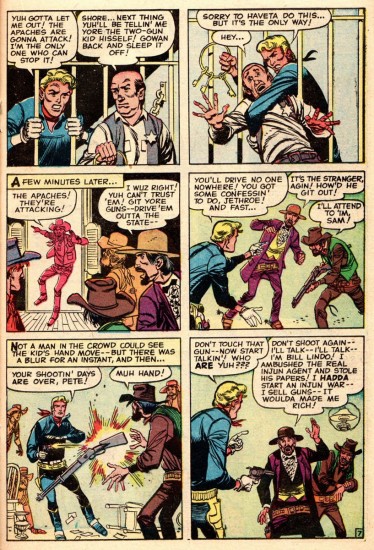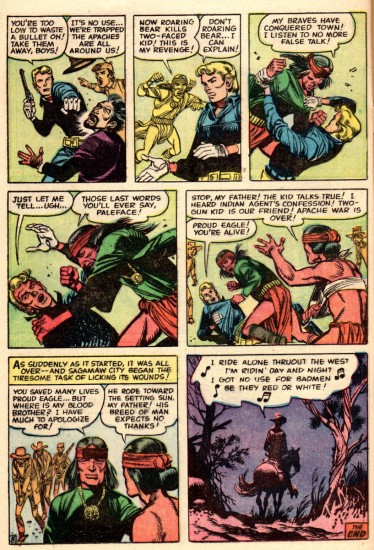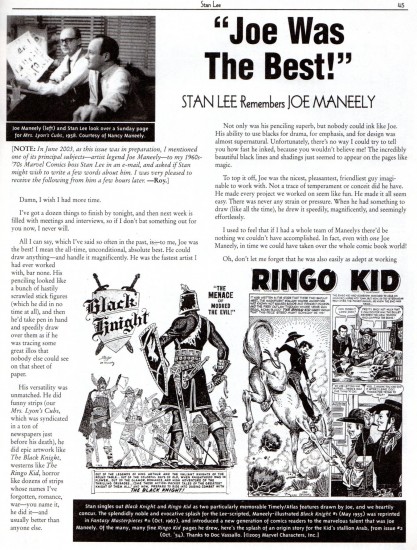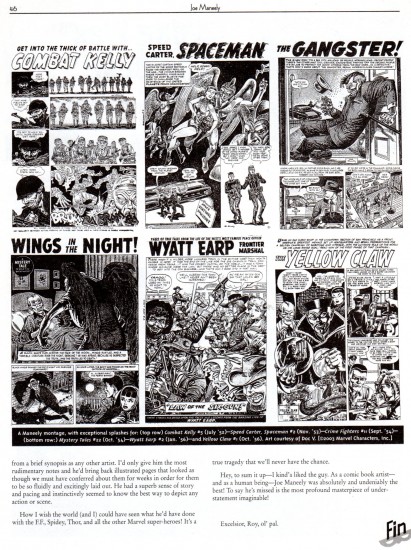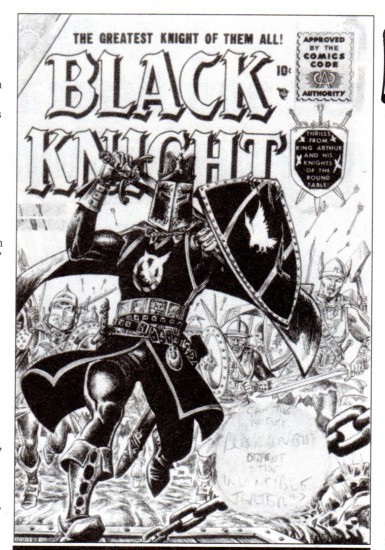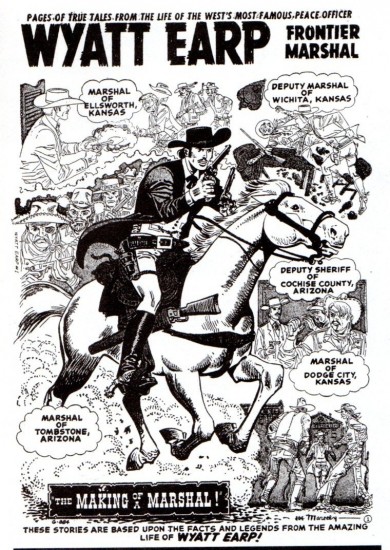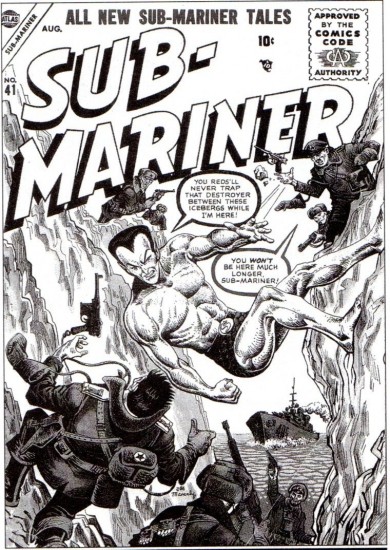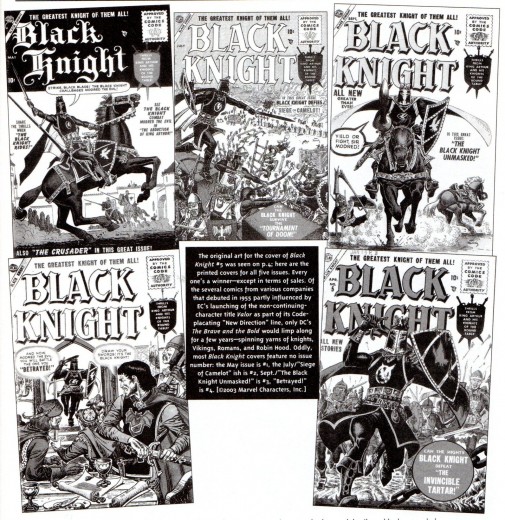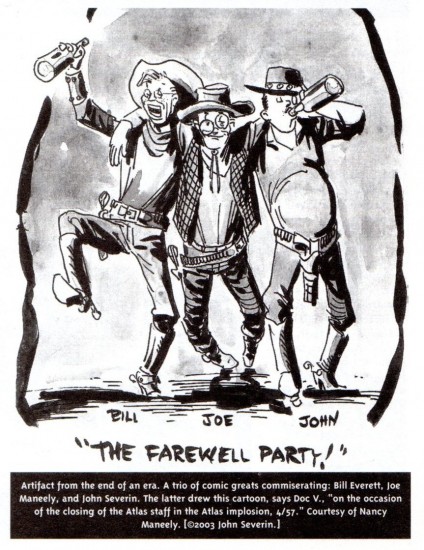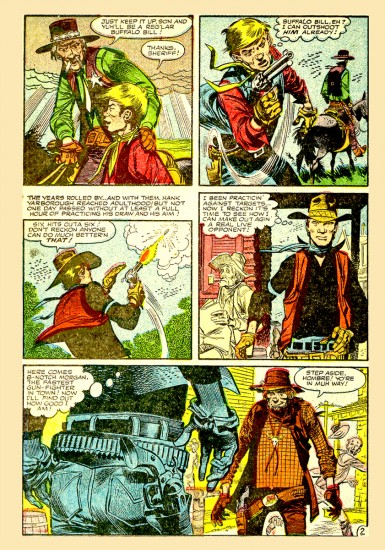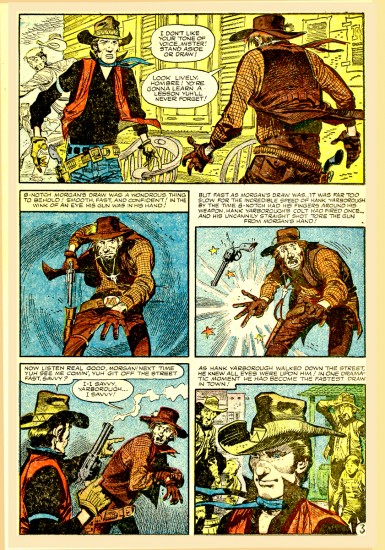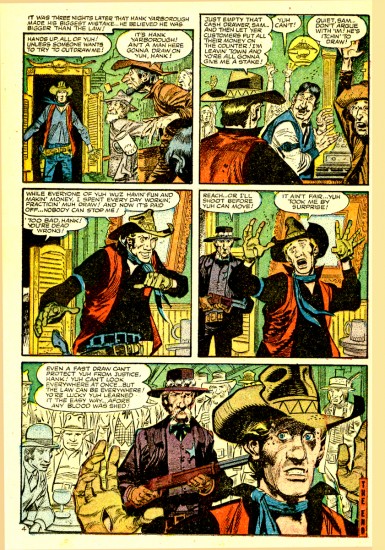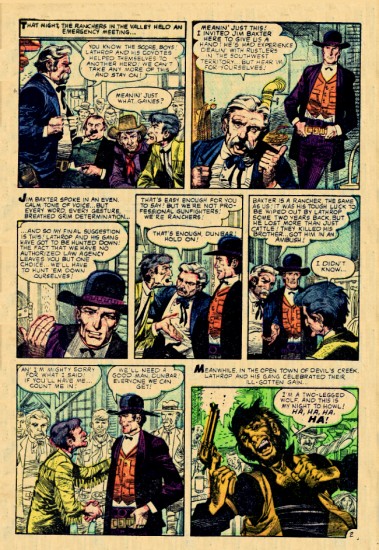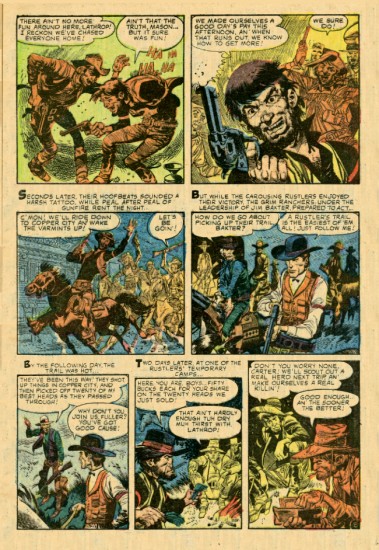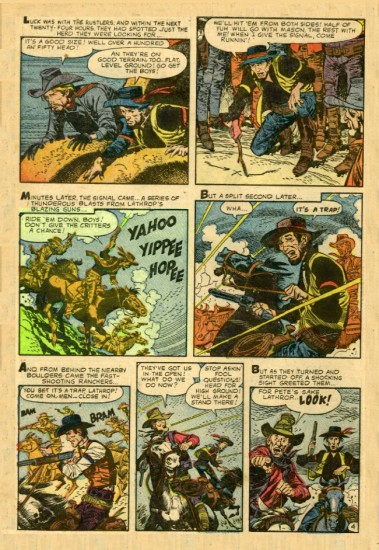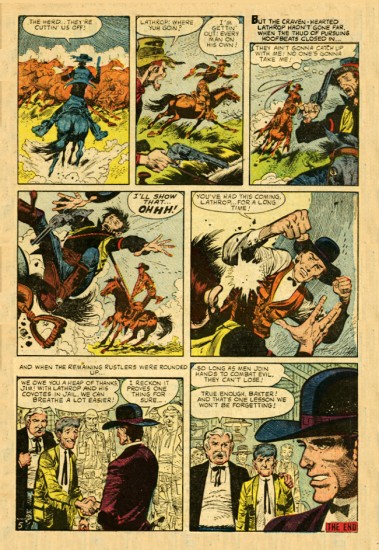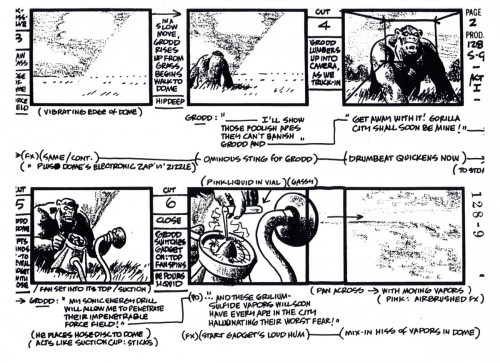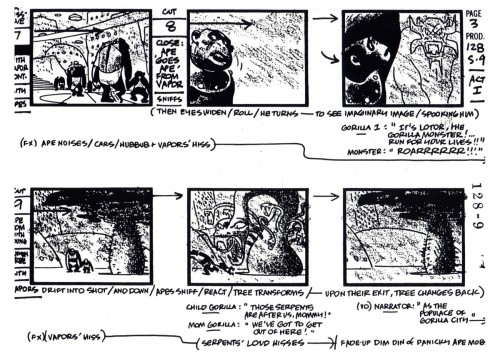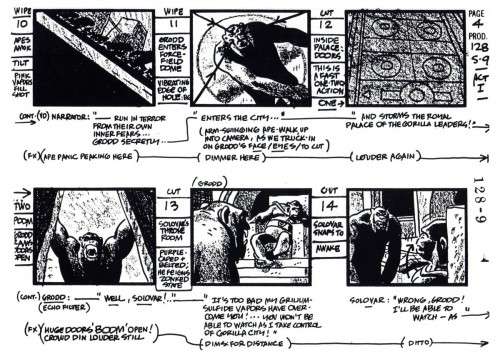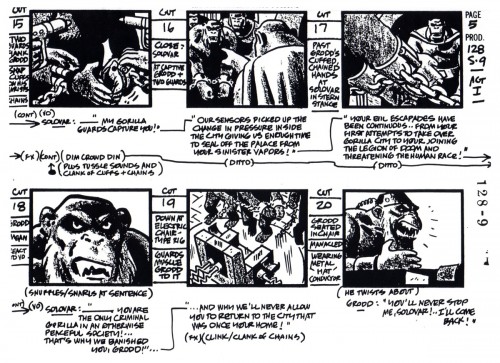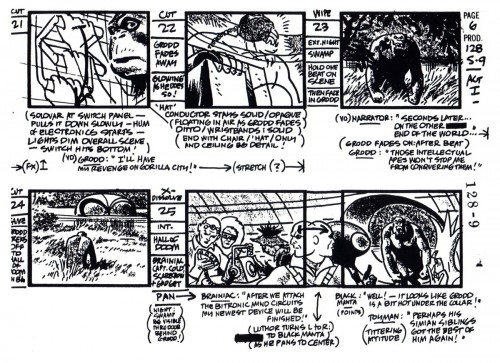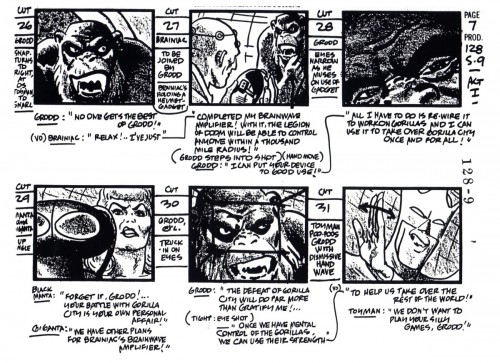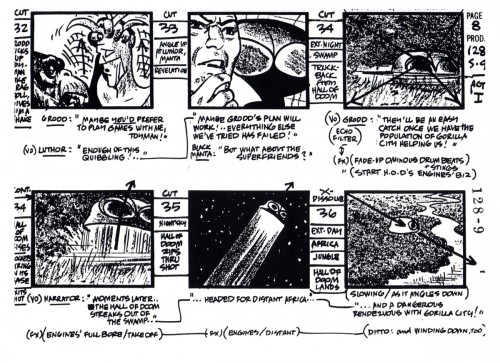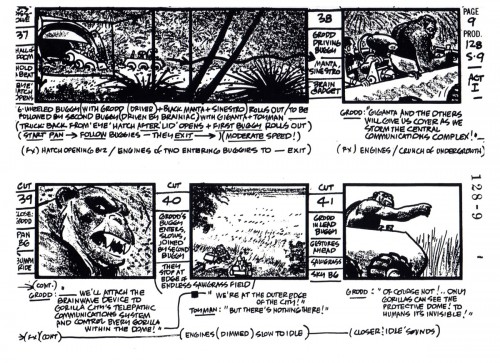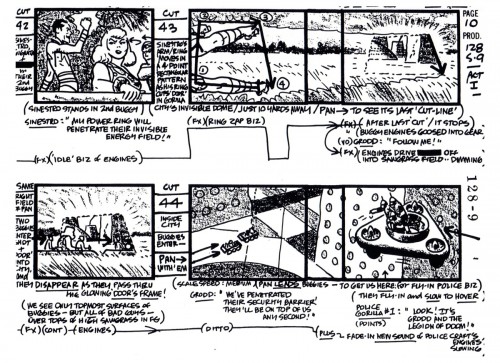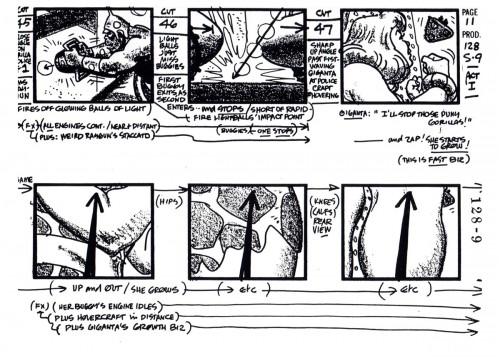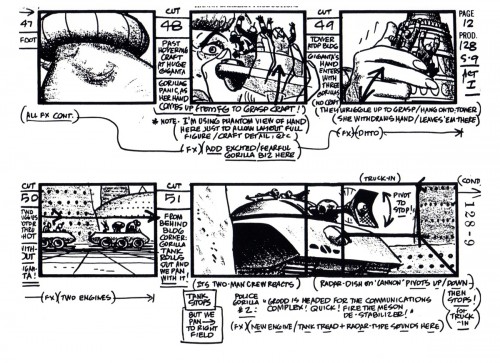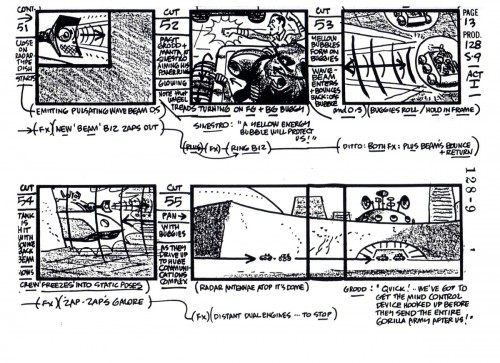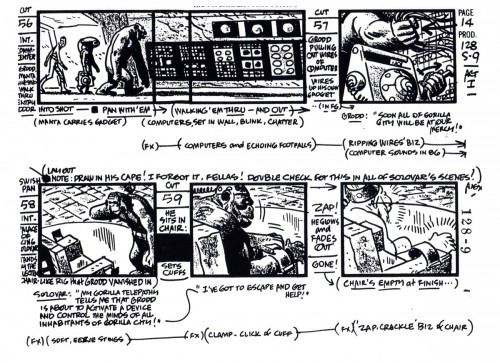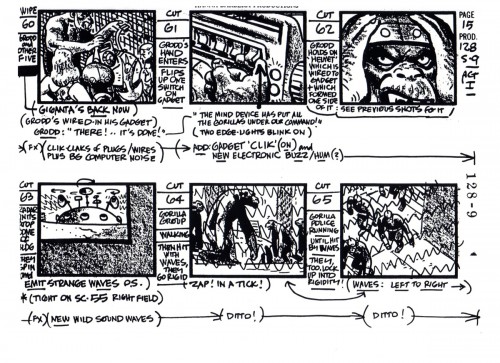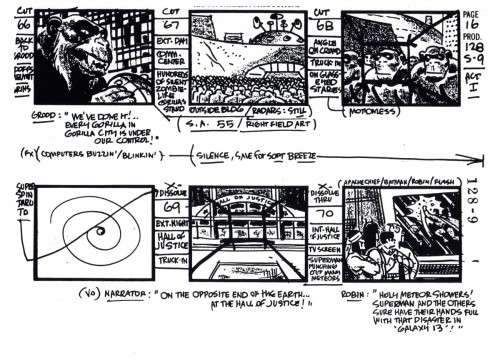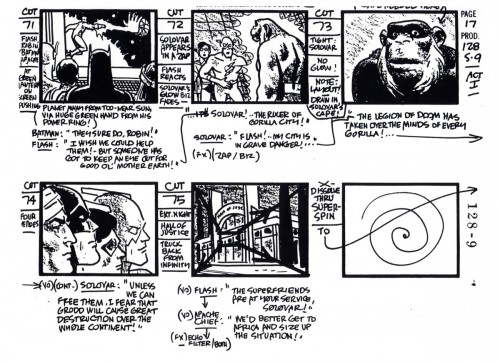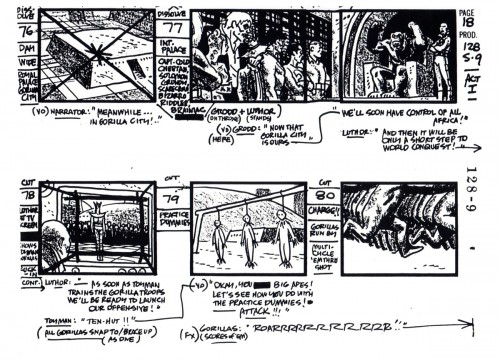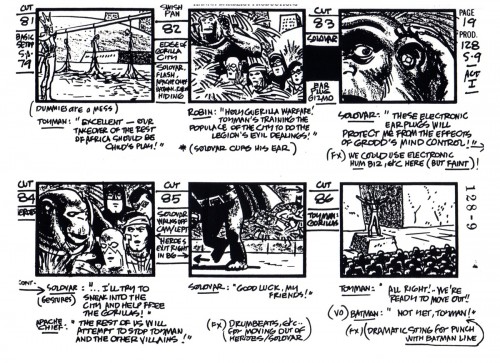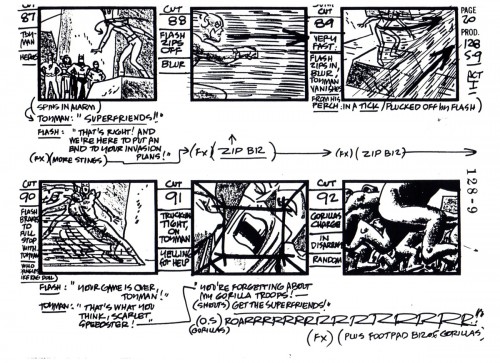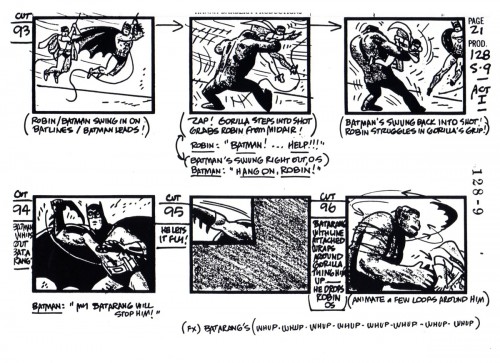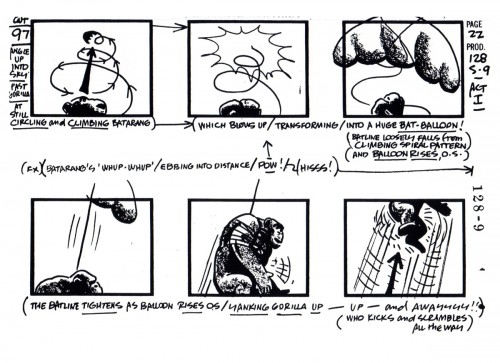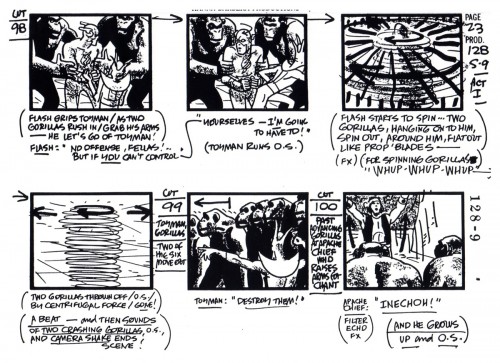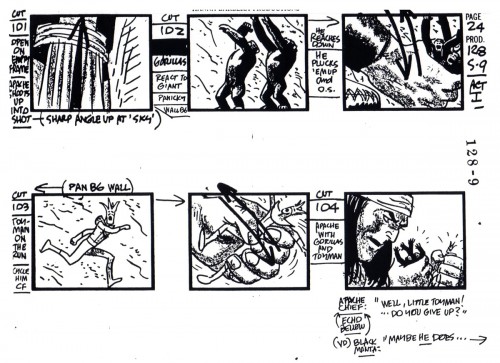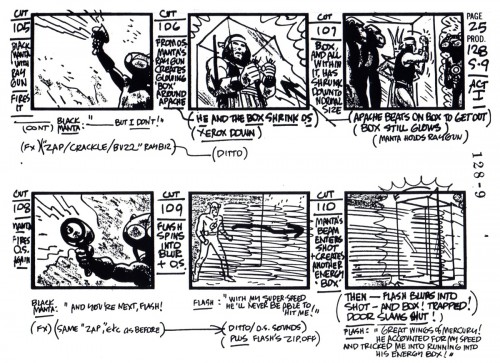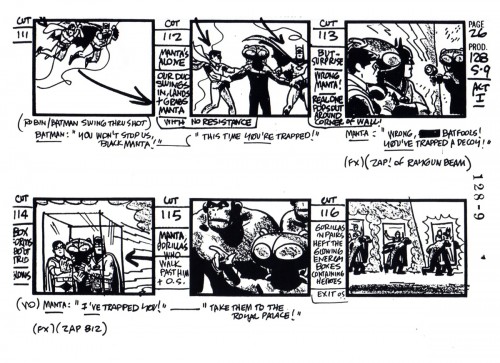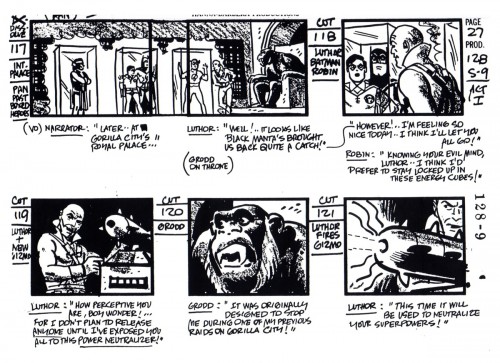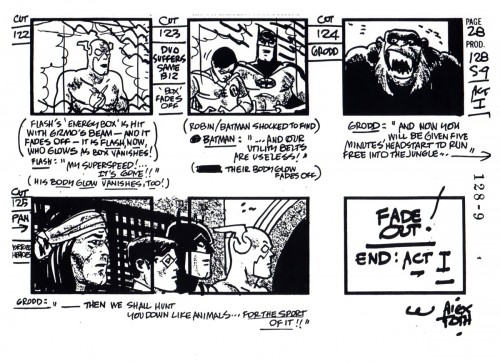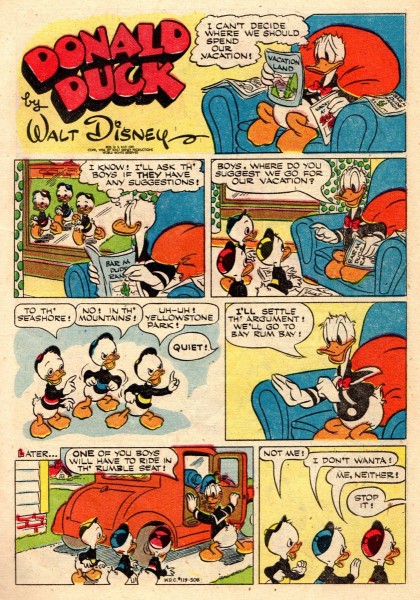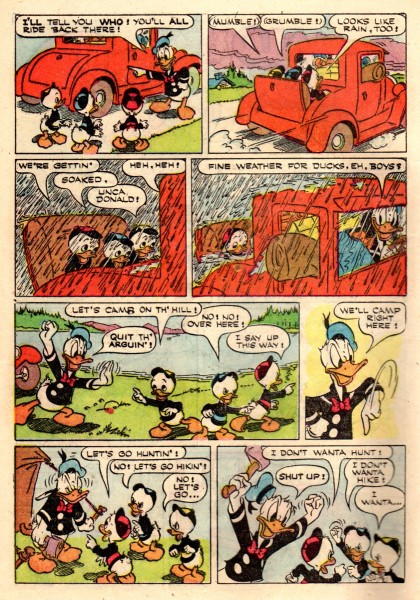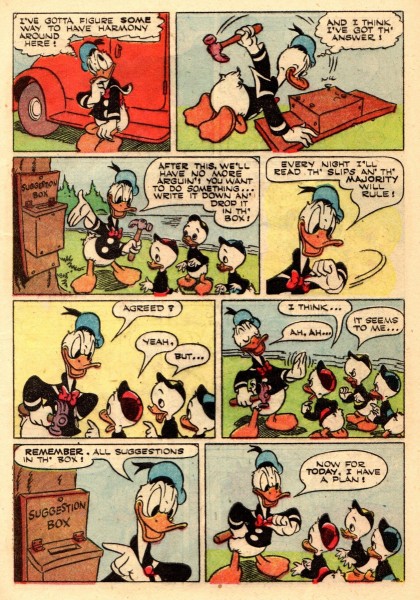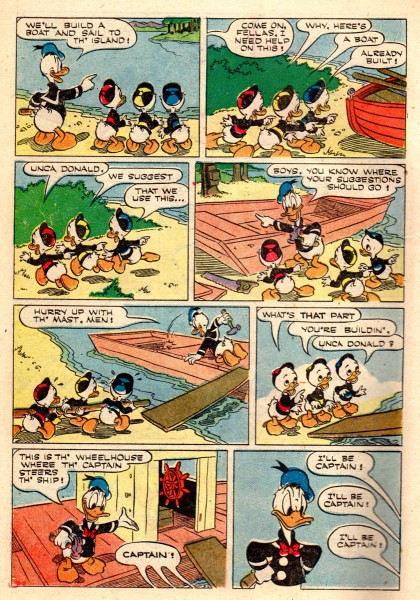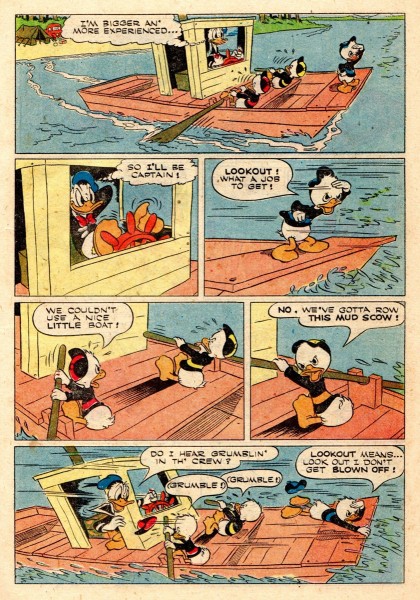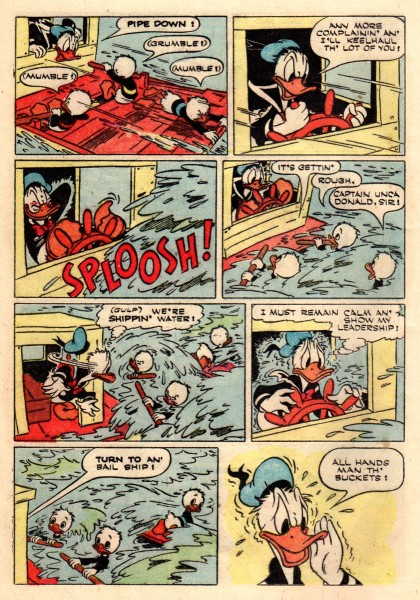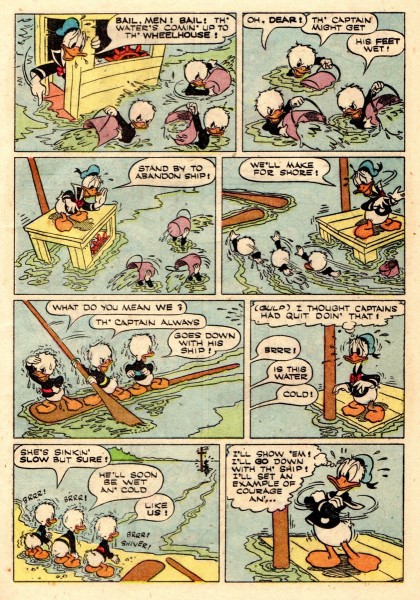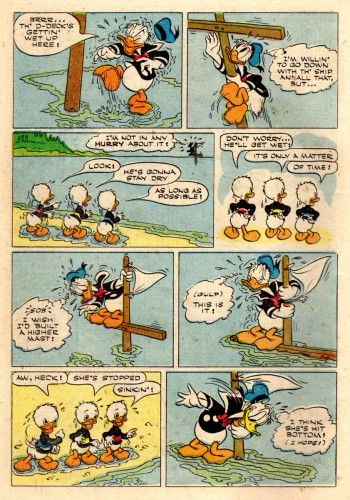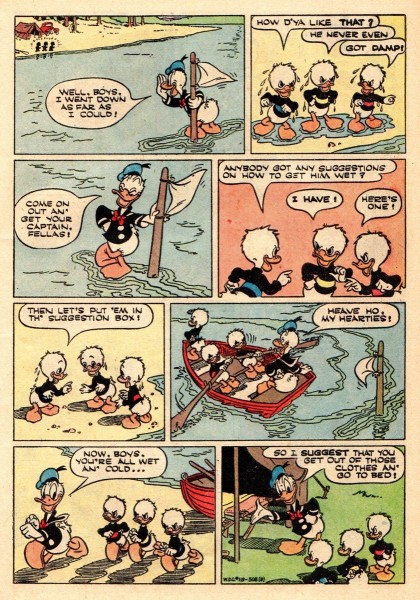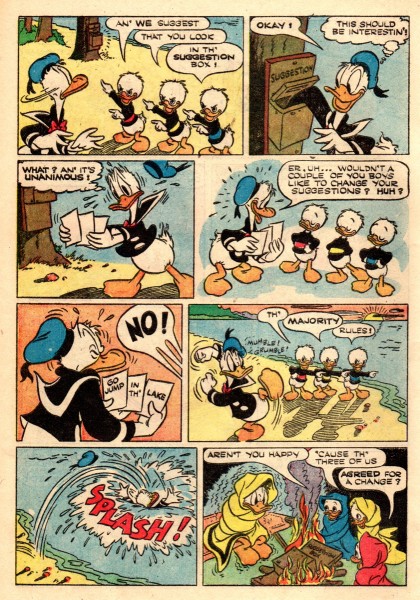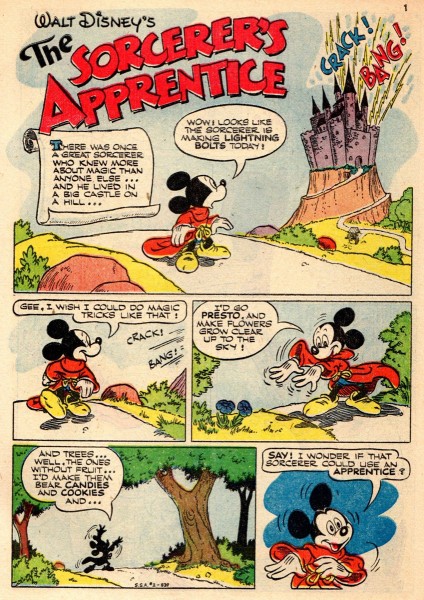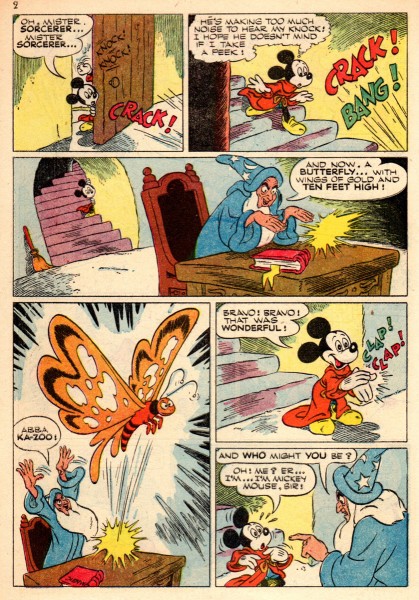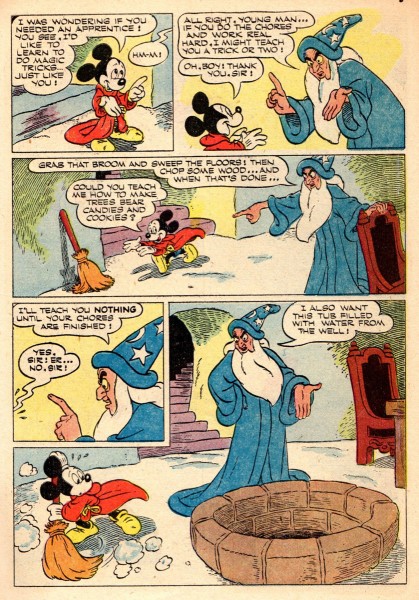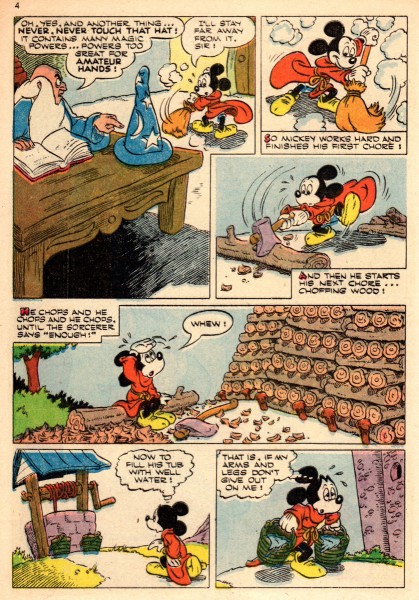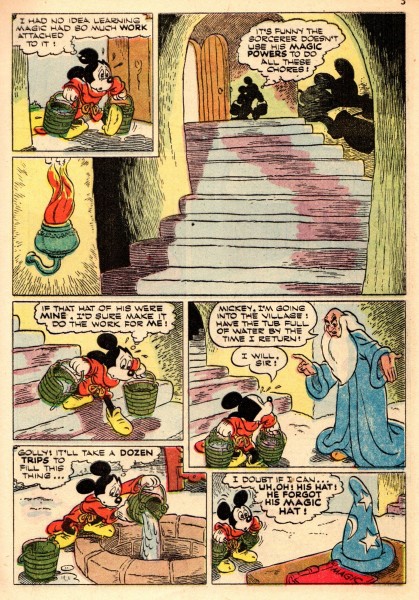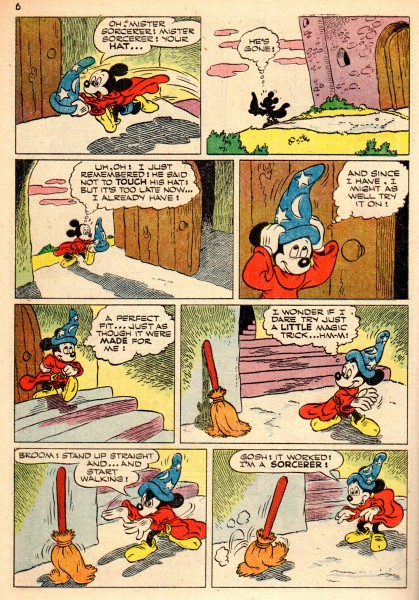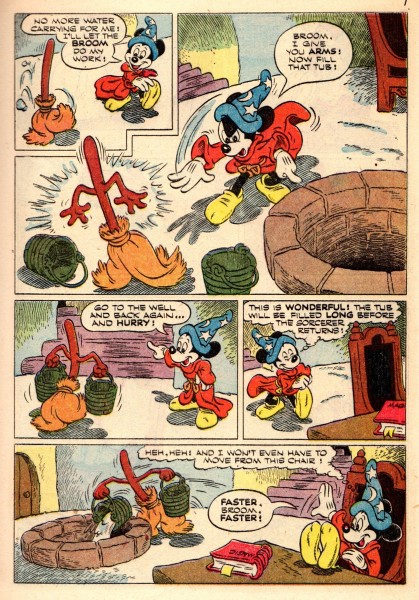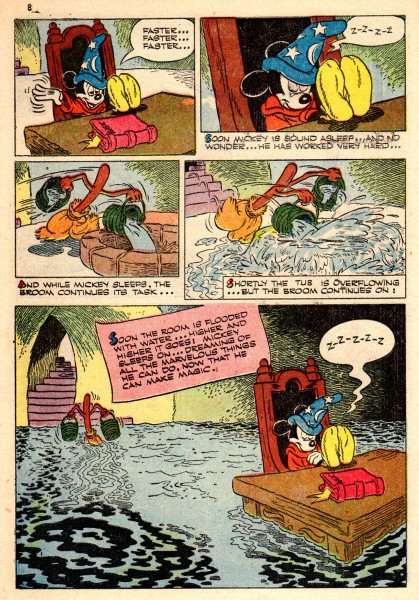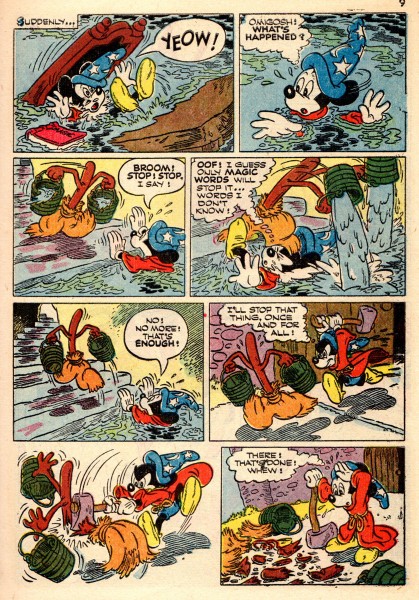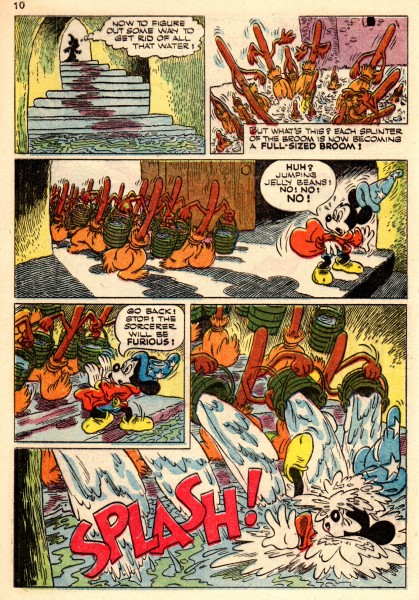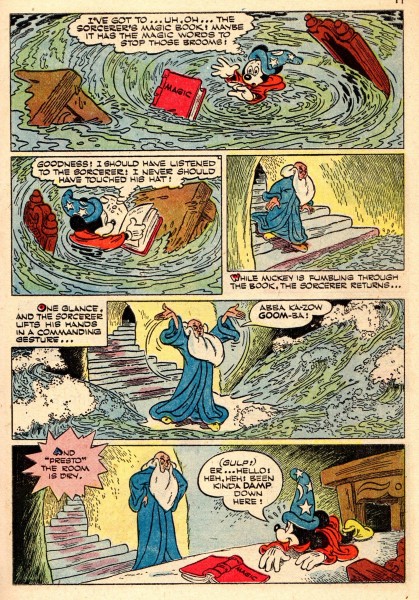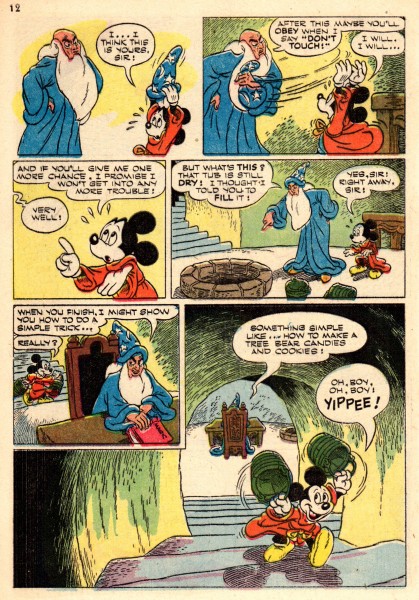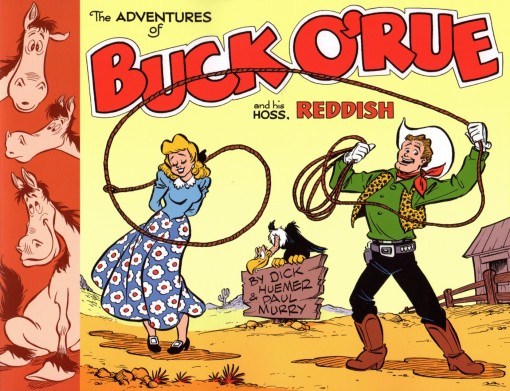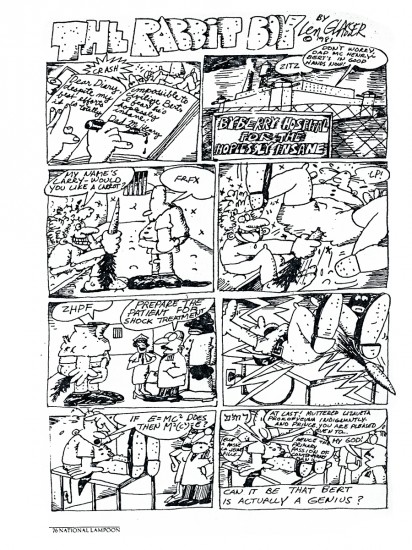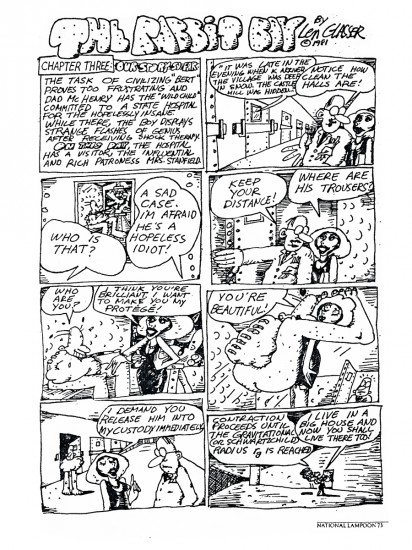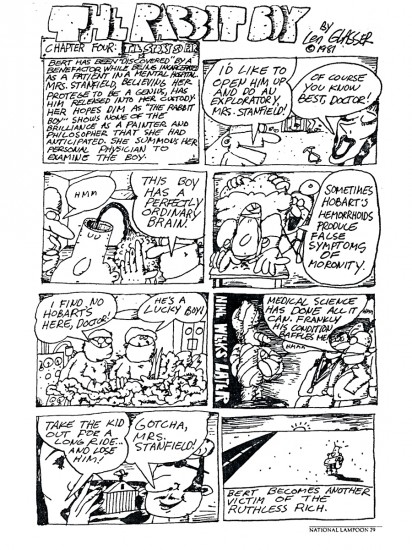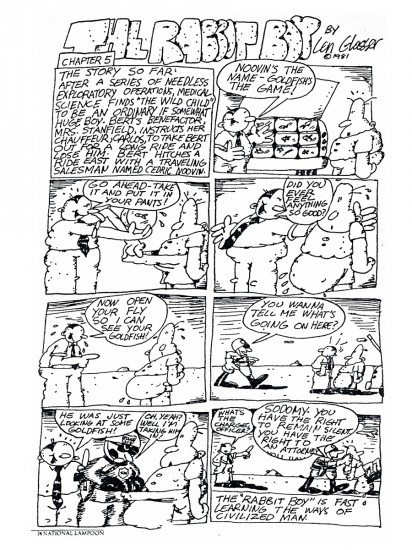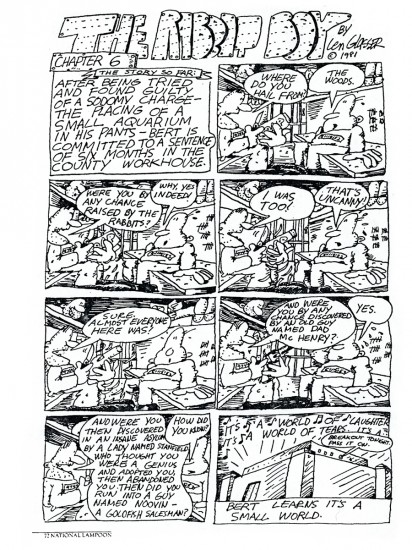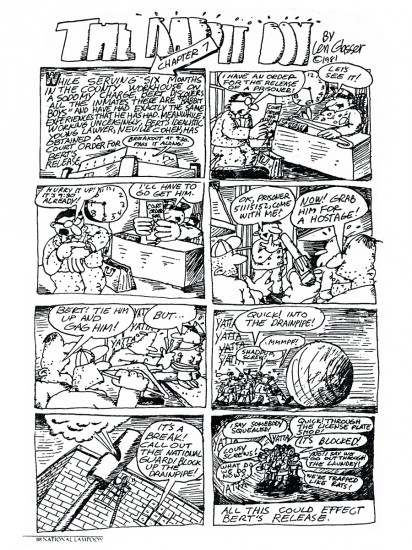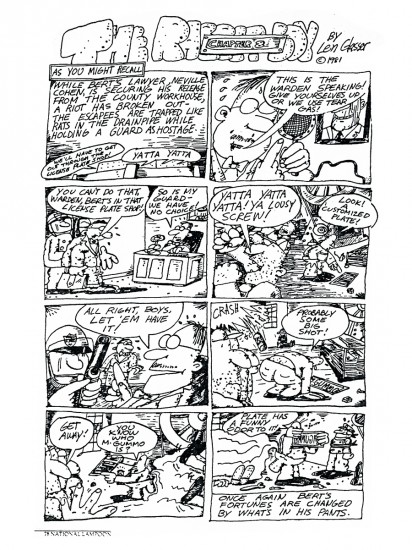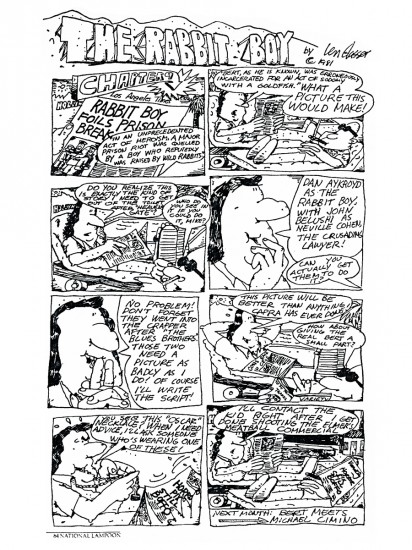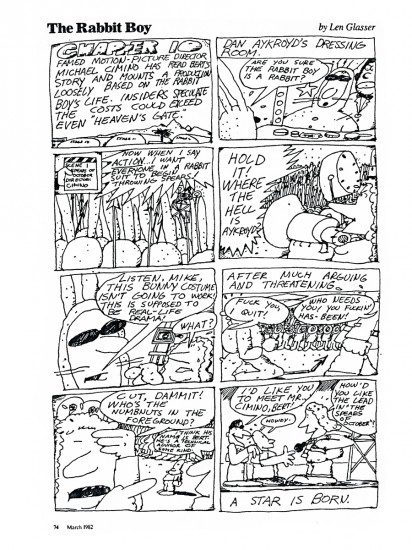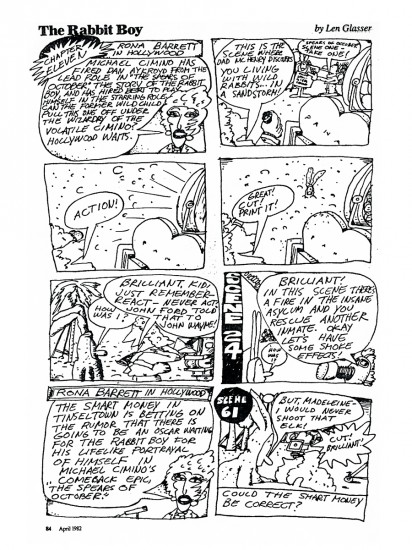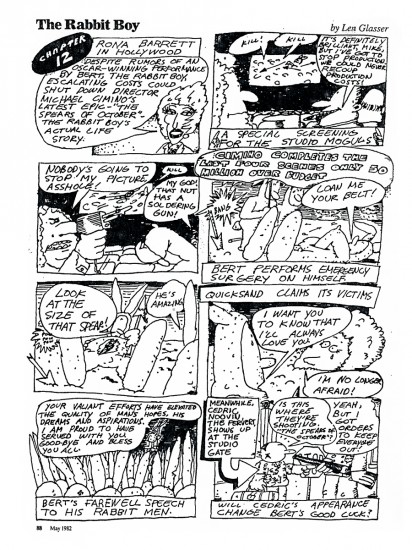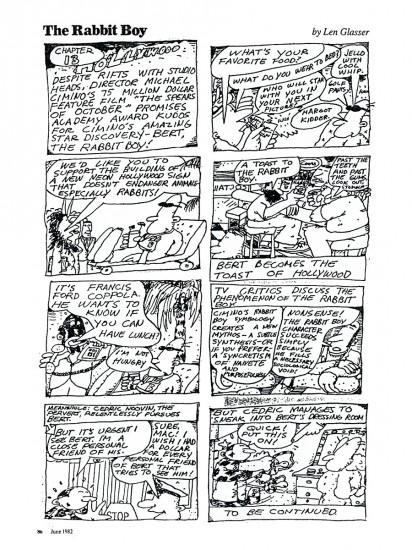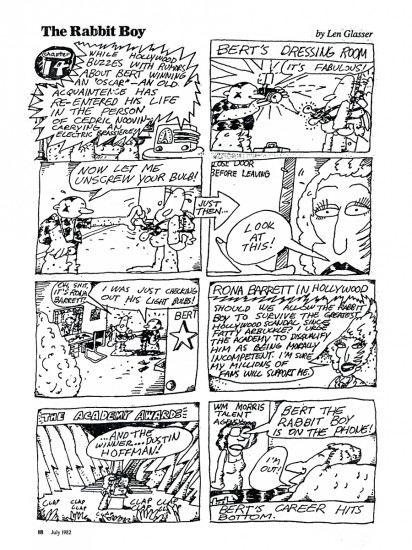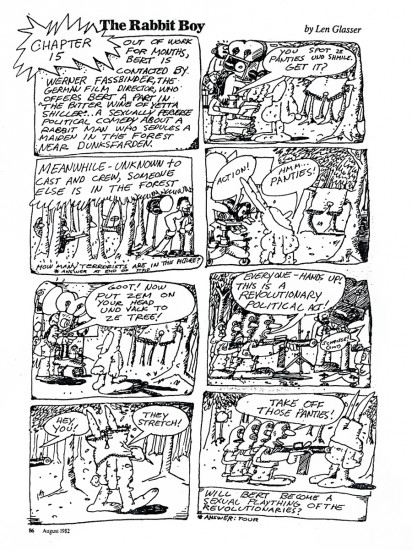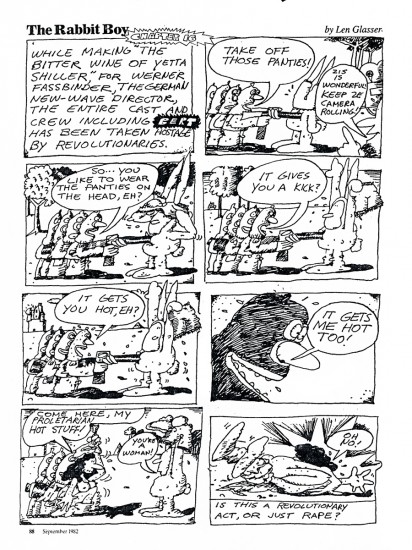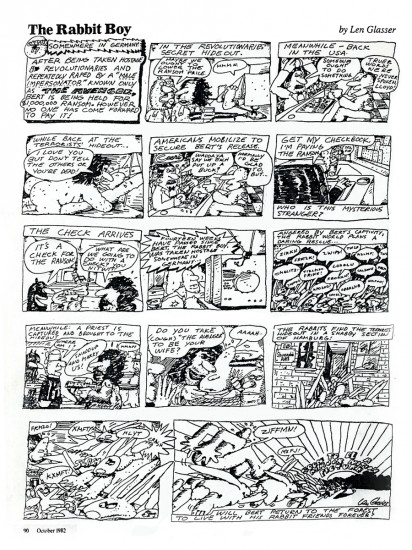Category ArchiveComic Art
Animation Artifacts &Comic Art &Disney 05 Mar 2013 03:38 am
a Peter Pan Strip Book
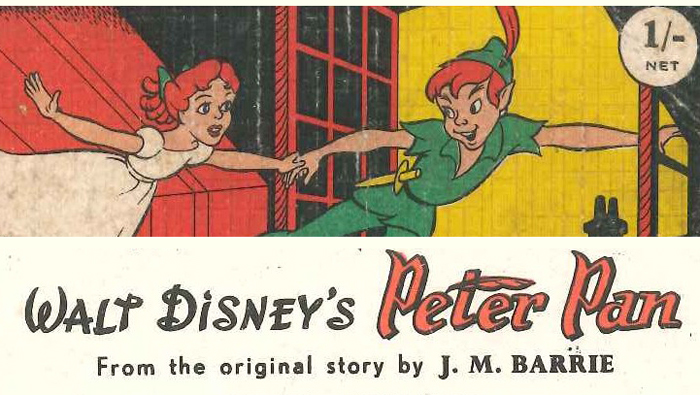
I received a wonderful email from Peter Hale. He wanted to send me this beautiful booklet adapting Peter Pan for children. What follows is Peter’s letter accompanying the book.
- Dear Michael
Following on from Hans Perk‘s recent drafts of Peter Pan, I thought you might be interested in this curious book, published in Britain in 1953.
Curious, not so much in it’s format (15mm x 7mm, landscape, 2 staples on left
covered by cloth binding, and consisting of two panels per page with text beneath – Brockhampton Press produced a series of these, primarily featuring stories about Enid Blyton’s “Mary Mouse”, then “Jimmy and his Little Old Engine”, and subsequently some other one-offs) but in the fact that although drawn in the style of the completed Disney cartoon the story sticks closer to J M Barrie’s novelisation of the play (including building the Wendy House, Peter’s rescue by the Never Bird, and Tinkerbell’s drinking the poisoned medicine – see scans).
The story adaptation is by Irene Pearl, a children’s writer whose other works
include a series of ‘Nursery’ classics – retellings of such traditional stories as Alice in Wonderland, The Snow Queen, Sleeping Beauty, etc. – in the late 30s, for publishers Hodder & Stoughton, and later, in the 50s and 60s, some original stories of her own.
I had wondered if the “Nursery Classics” series that Irene Pearl had worked on in 1938 might have included “Peter Pan”, and if so whether the text might have come from it. A Google search revealed there had been a “The Nursery Peter Pan and Wendy”, but that it had been ‘retold’ not by Irene Pearl but by May Byron, who hadalso done other books in the series. The Publisher was given as Brockhampton, rather than Hodder & Stoughton, but I think that might just be a cataloguing error.
The book was a one-off intended to capitalise on the release of Peter Pan (there are no other Disney books in the series as far as I know) so the adherence to the Barrie version, with its need for drawings not derived from the film, is curious – perhaps it was thought that the British would not accept Disney’s deviations from Barrie in book form.
I do not know who the artist was. This version does not appear to have been printed in any other form.
I originally had a copy of this book as a child, but although I kept it for a long time it final got lost. I recently found another copy and have had the opportunity to regain my childhood!
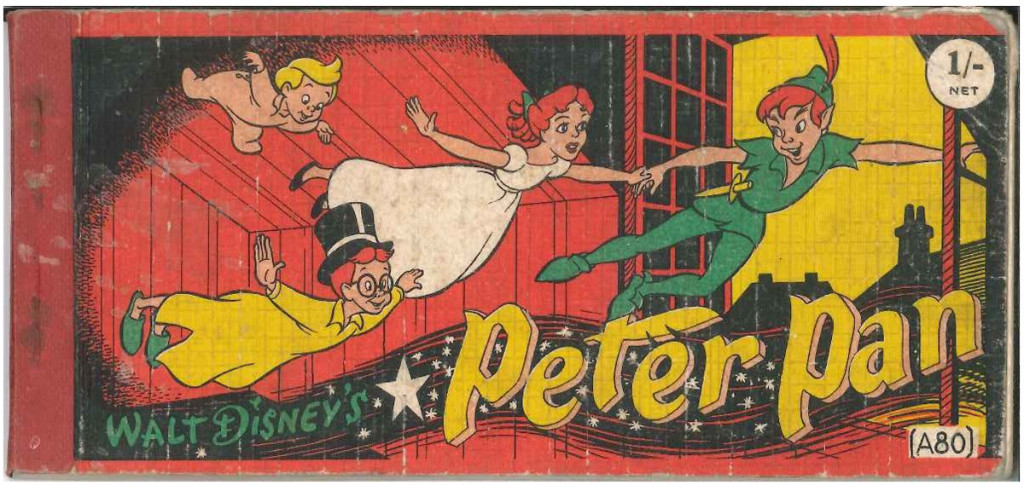 1
1
Many thanks to Peter Hale who took great care in scanning and preparing the material to present it all in its best possible light.
Bill Peckmann &Comic Art 01 Mar 2013 08:31 pm
Eisenberg’s Little Toot
Following up on yesterday’s post on Hardie Gramatky‘s Little Toot, Bill Peckmann has sent the comic book version of the story. Here’s Bill:
- Here’s hoping that we have something for old Harvey Eisenberg fans to enjoy and also hoping it might make a few new fans of his art.
It’s Mr. Eisenberg’s 1948 comic book adaptation of Disney’s “Little Toot” which appeared in the feature “Melody Time”. The comic book story was done in two parts, it appeared in “Walt Disney’s Comics and Stories” numbers 96 and 97. As with his “Mickey and the Beanstalk”, “Little Toot” is a well thought out and wonderful piece of comic book art. One can only wish he could have done many more ‘film to comic book’ stories!
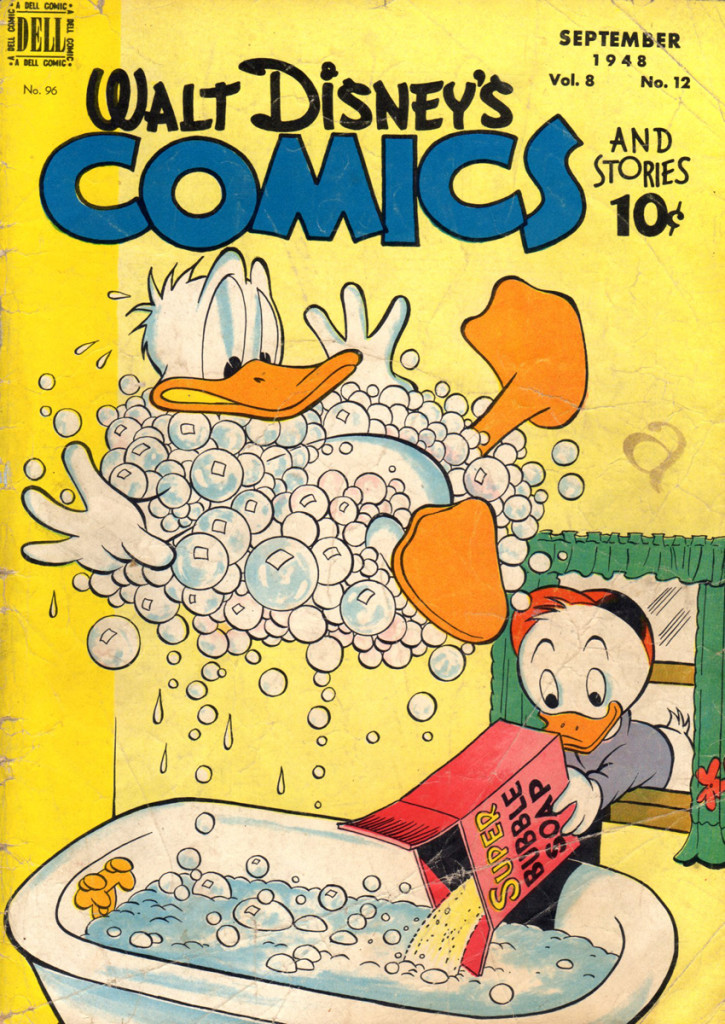
Cover part 1
the cover of issue no. 96 was Carl Barks’ second cover
that he did for “Comics and Stories
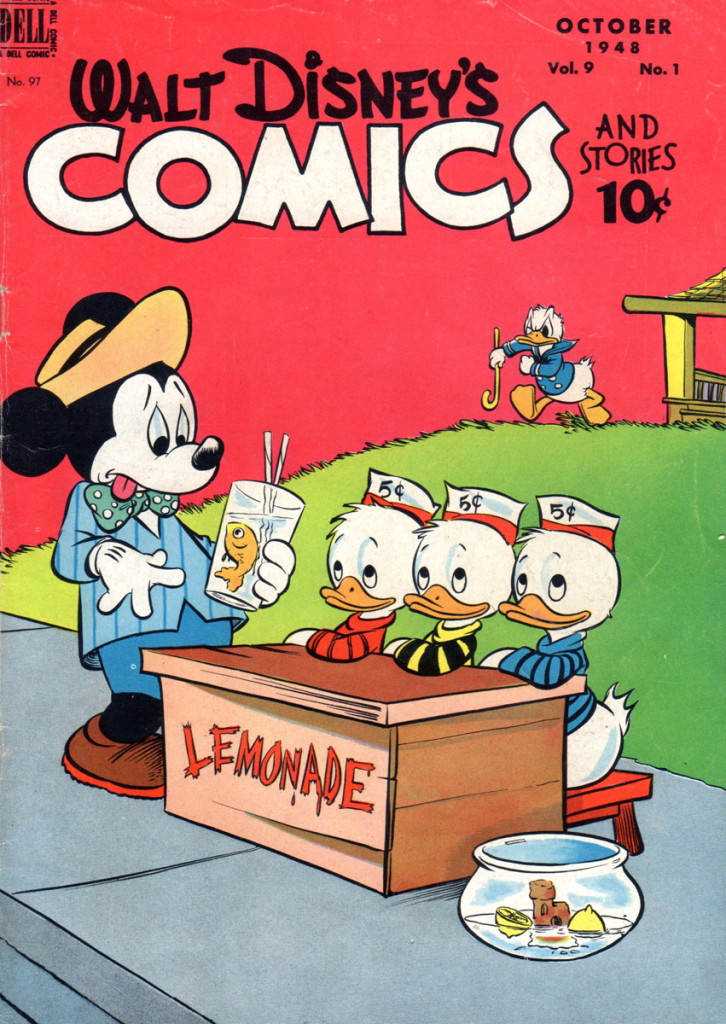
Cover part 2
Walt Kelly’s cover for no. 97, love Mickey’s duds!
This is a sample of the artwork of Hardie Gramatky’s watercolor art for the book, Little Toot.
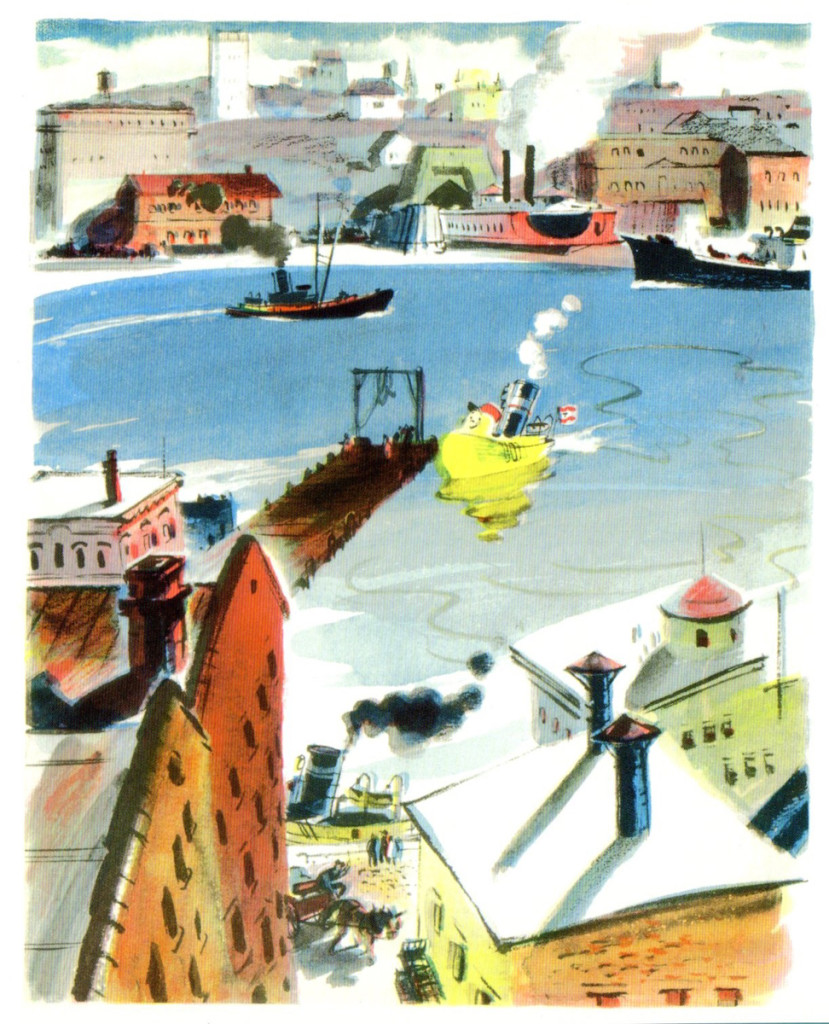
Little Toot
Bill Peckmann &Comic Art &Illustration 22 Feb 2013 03:59 am
Jack Davis flashback
Bill Peckmann put together a post of Jack Davis illustrations. It was an obviously difficult piece to assemble and I thank Bill for all the work. From here on, these are Bill’s words:
- The year 1963 was a big year for all of us Jack Davis fans, that’s the year our favorite “Mad” cartoonist did the poster art for the movie ‘It’s A Mad, Mad, Mad, Mad World” and established himself as an art force to be reckoned with. It was probably also Jack’s first foray into the world of animation, a trailer for the movie was produced at Elektra Films by doing animation camera moves over Davis’ original movie art. (It was also my first year at the studio as an apprentice, fledgling go-fer, so I was able to sit and stare [and drool] at beautiful original JD art when no one was looking!)
Now, to a quick, short 10 year flashback to 1953, when Jack at age 29, was still cutting his comic art teeth, pen nibs and #3 red sable brushes at the hallowed halls and art tables of EC Comic Books. Even then, known for his speed at getting the job done and his agile ability to cover all of the genre bases, I thought it would be fun to see a sample of Jack’s work from this time period in his life. By showing only the lead, splash panels of the many stories he did, you’ll get a sense of how much work he turned out in an 8 month stretch. March to October 1953. This doesn’t even include his cover art for the different EC titles.
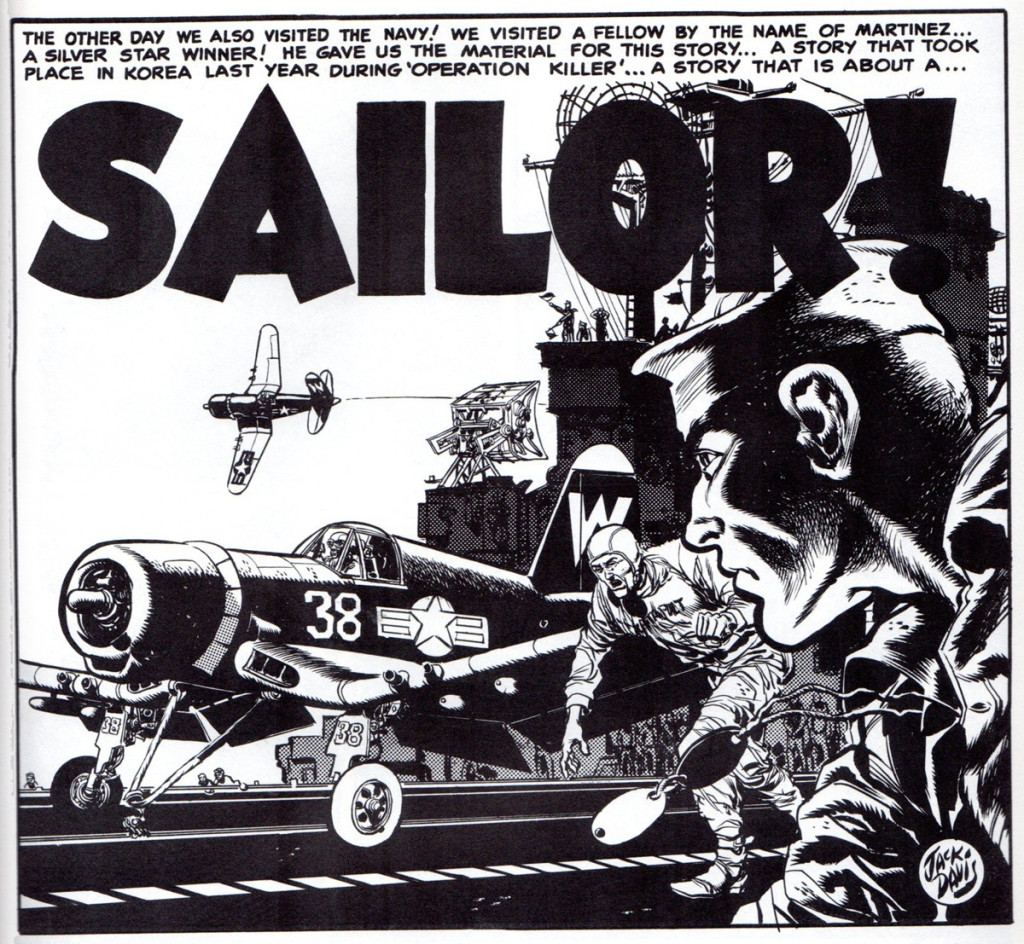 1
1This story is from “Frontline Combat” no. 11.
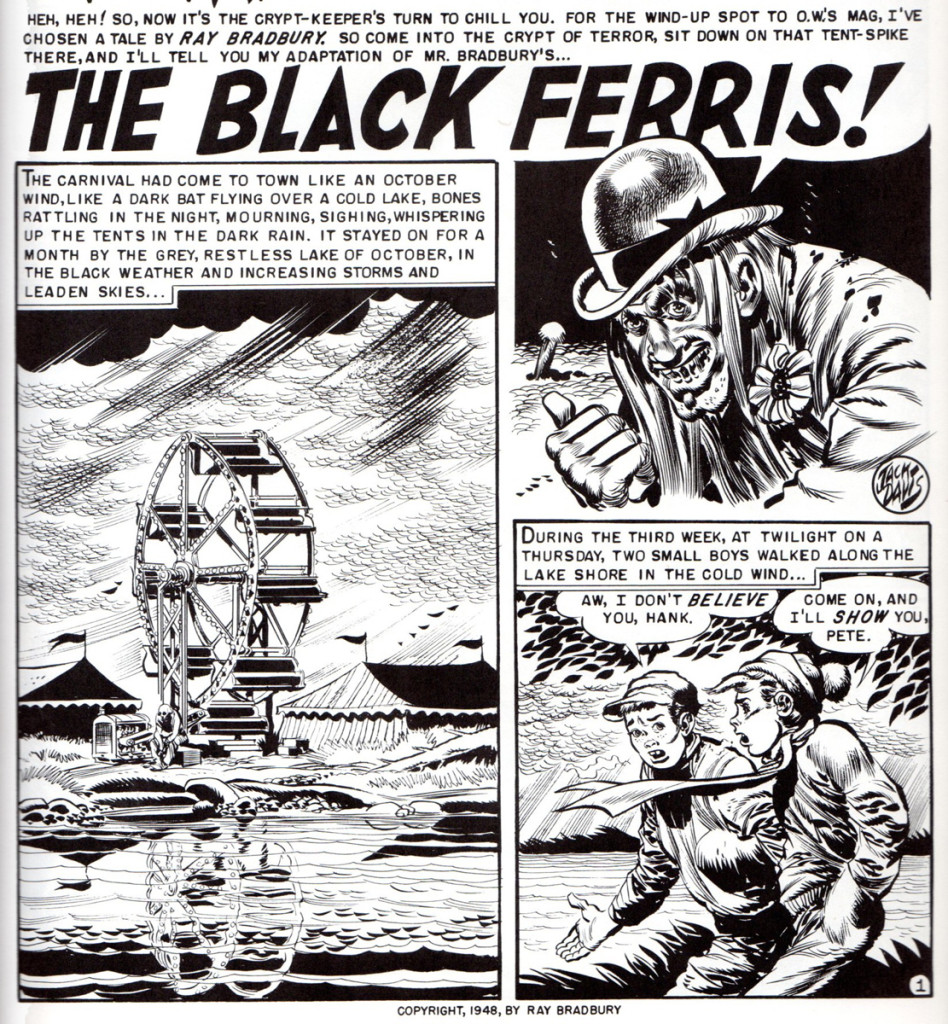 2
2
This panel is from “The Haunt of Fear” no. 18, horror comic.
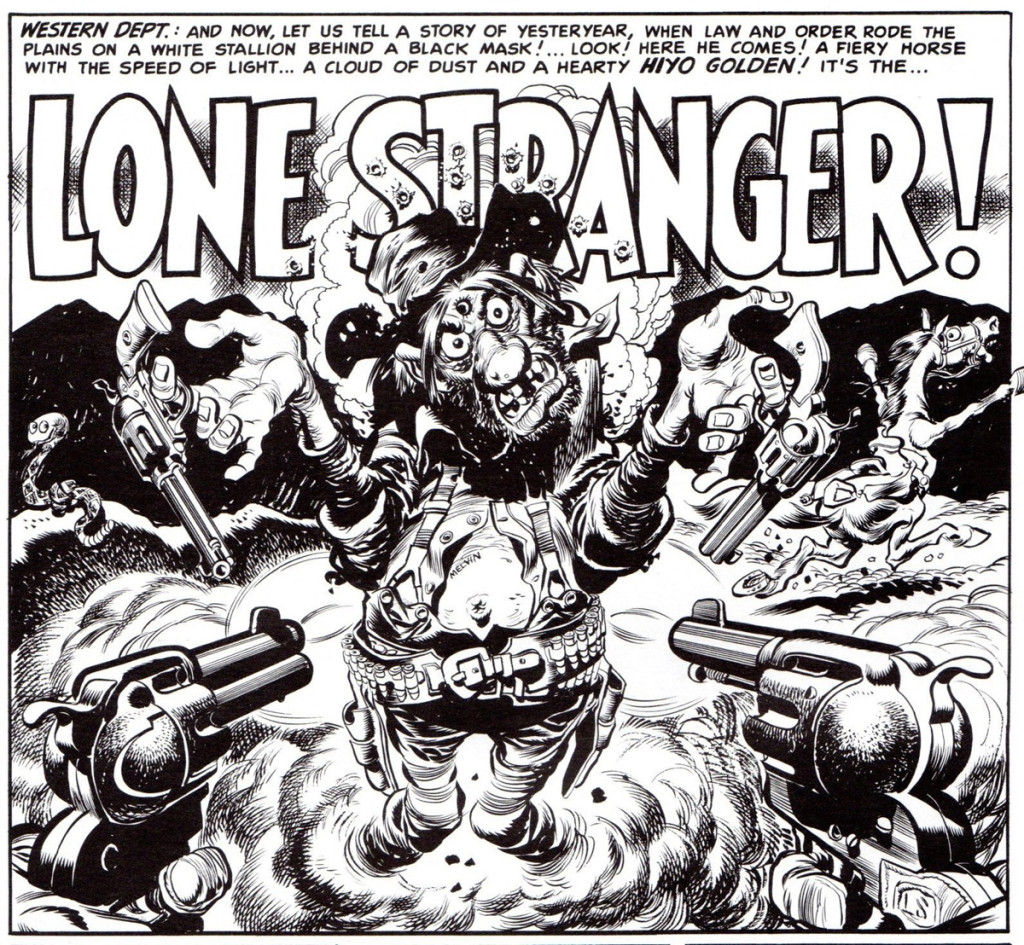 3
3
This panel is from “Mad” comic book no. 3.
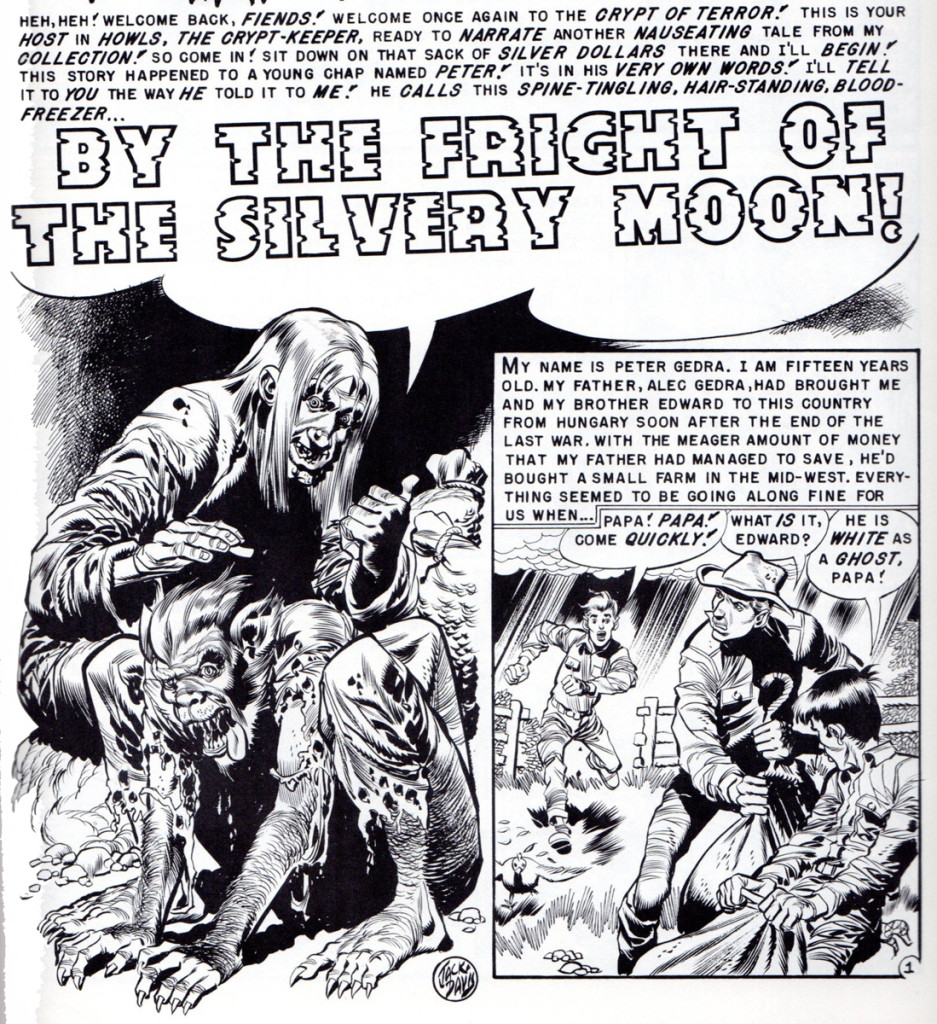 4
4
“Tales from the Crypt” no. 35.
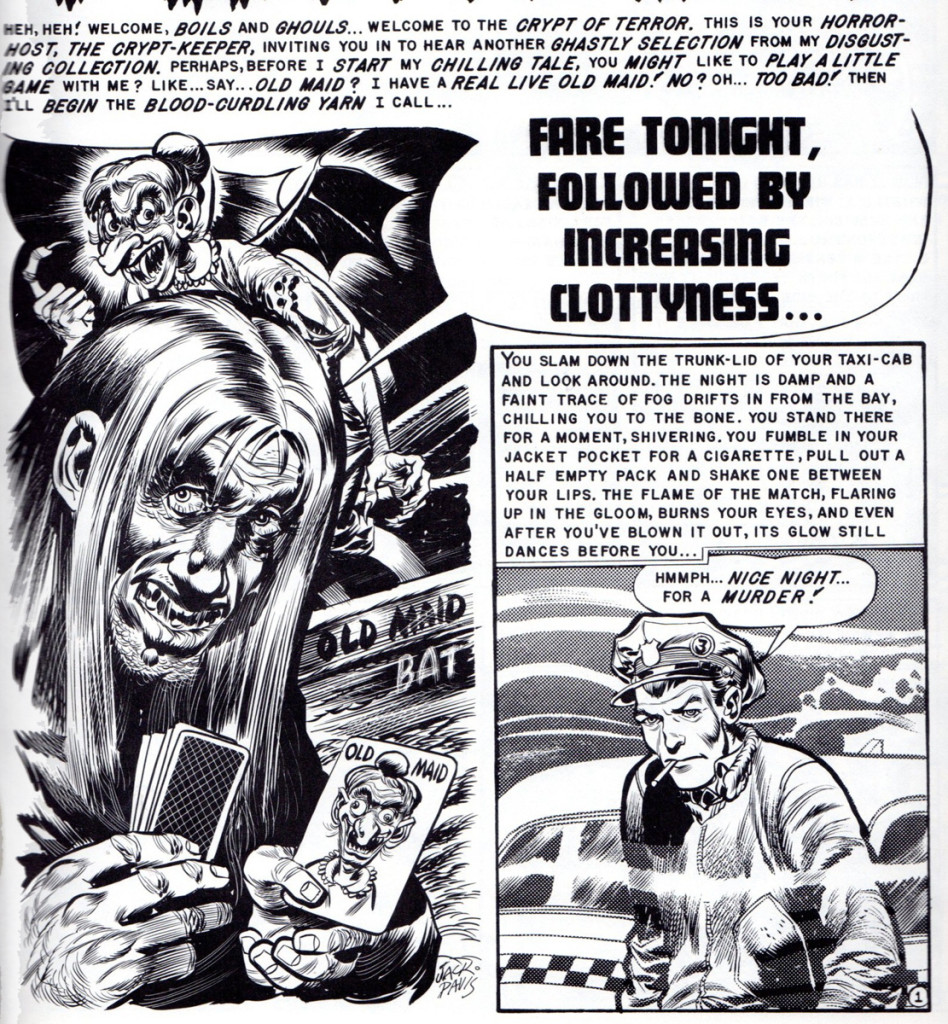 10
10
“Tales from the Crypt” # 36.
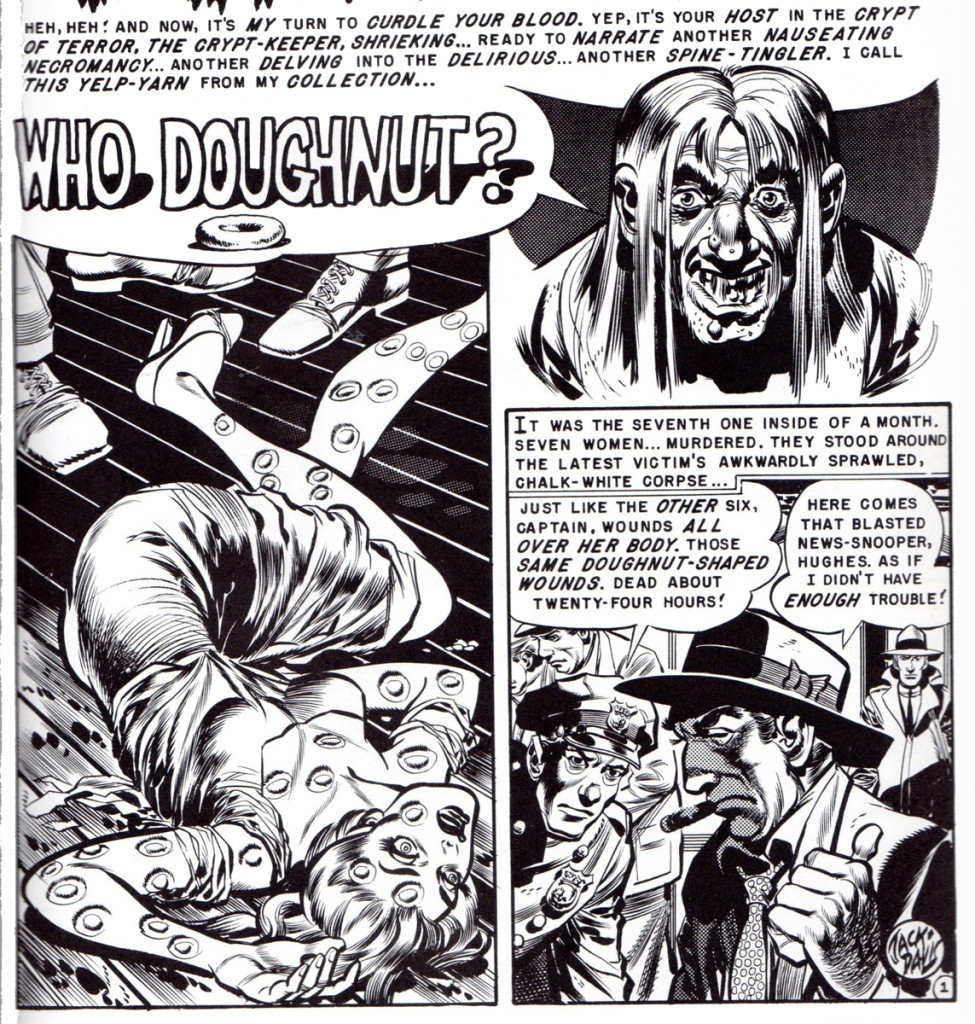 12
12
“The Vault of Horror” no. 30.
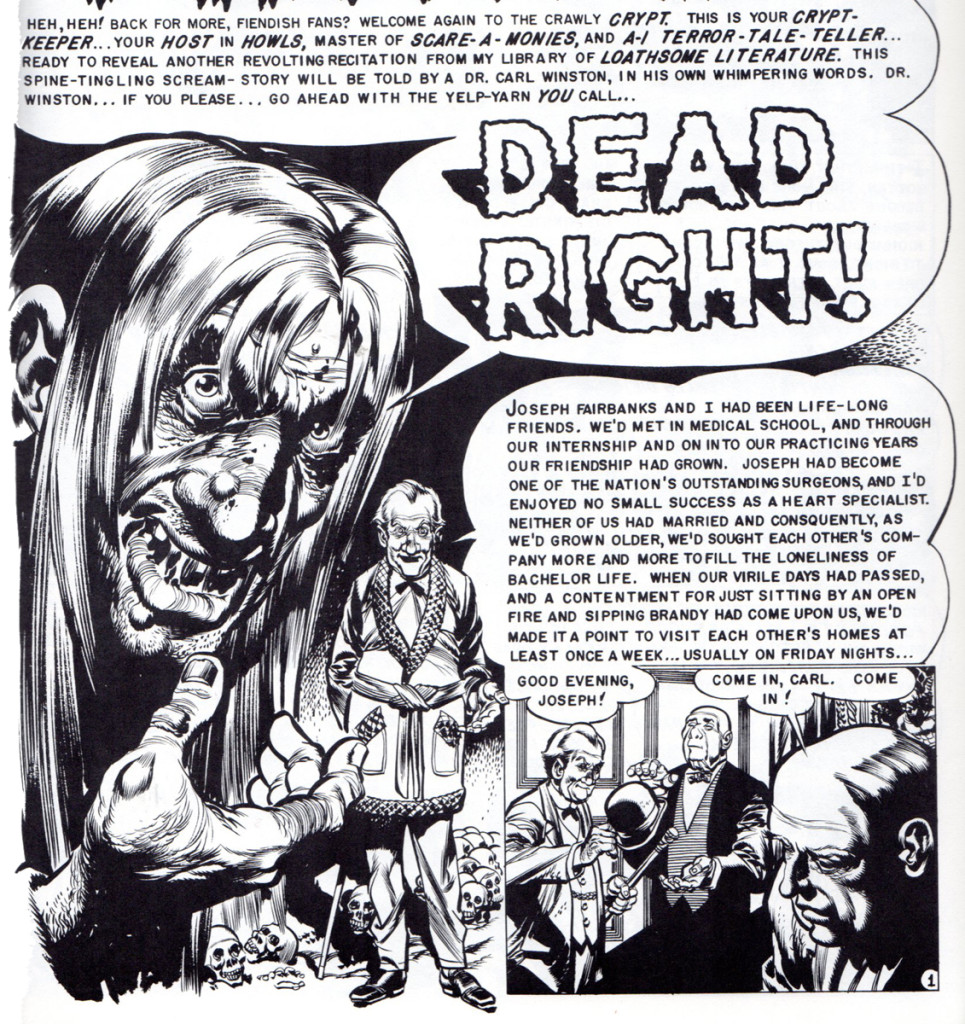 16
16
“Tales from the Crypt” no. 37.
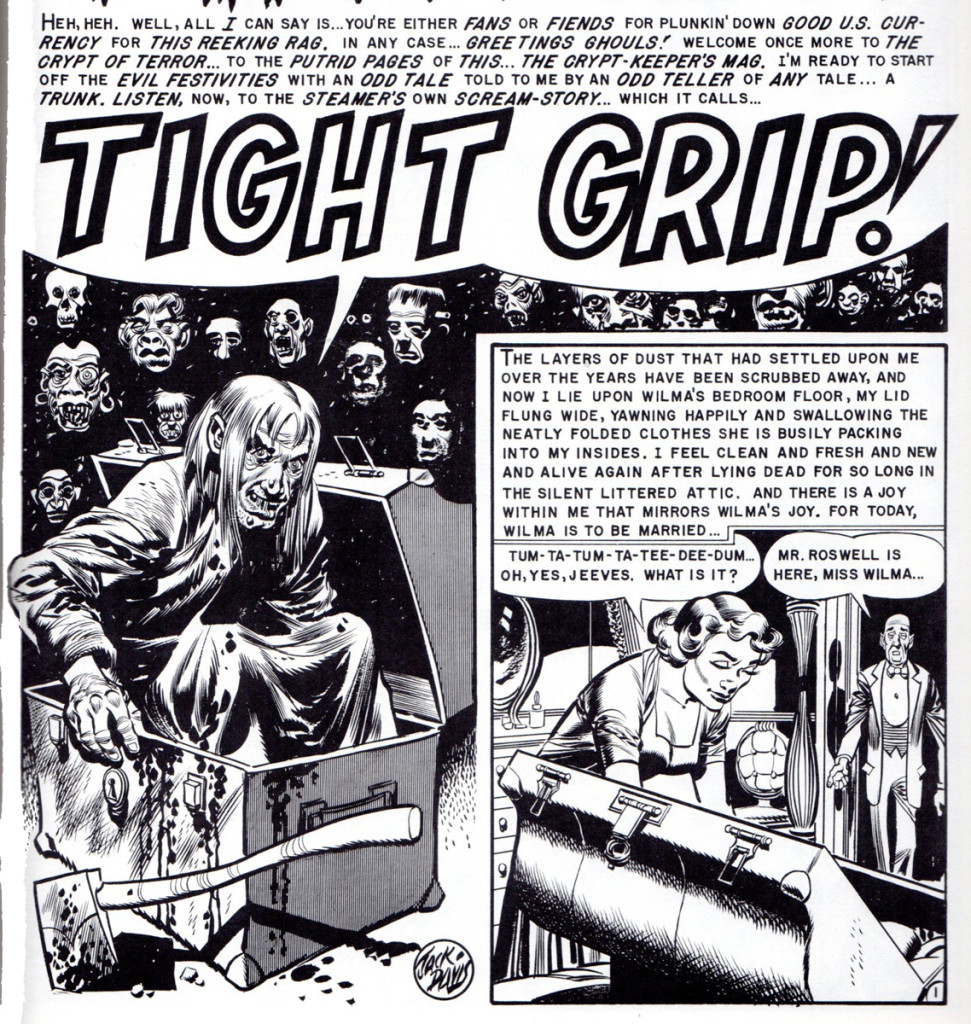 22
22
“Tales from the Crypt” no. 38.
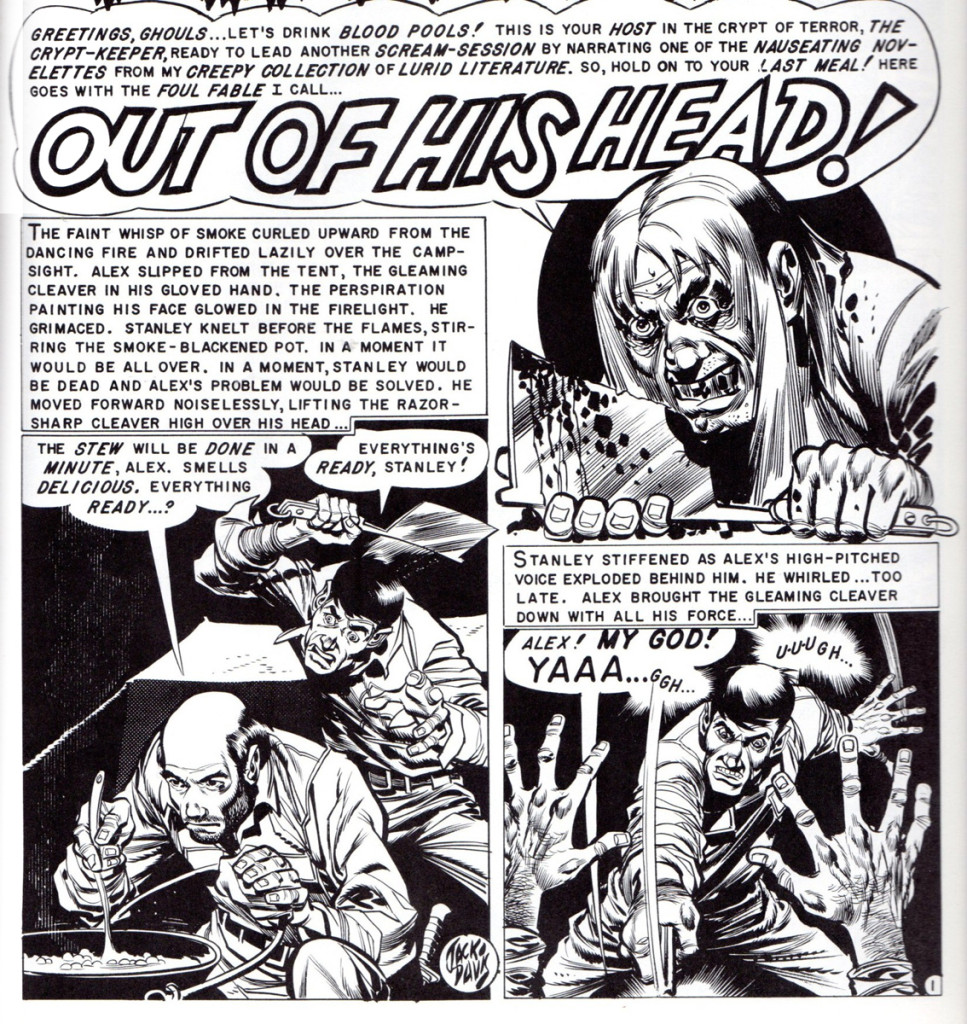 24
24
“The Vault of Horror” no. 32.
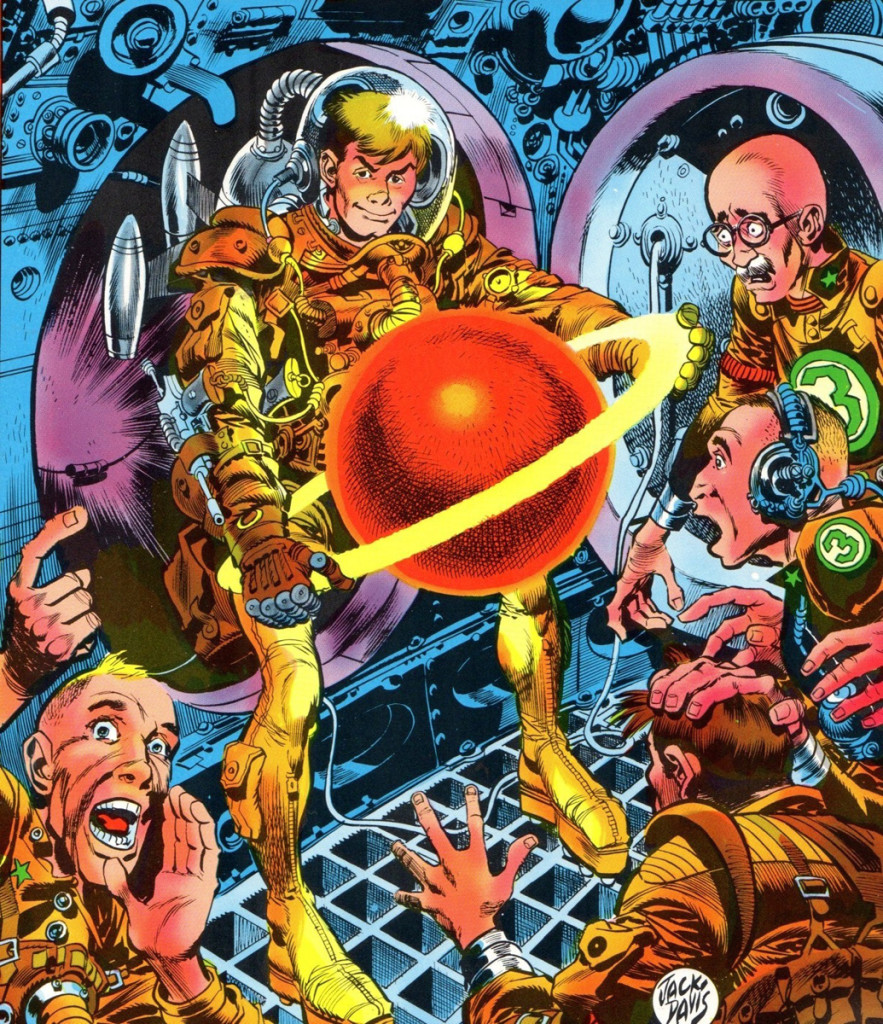 25
25
We’ll end with a splash of color. These three covers,
colored by EC colorist Marie Severin, were some of
Jack’s final pieces of art for the end run of EC comics
in 1955. They were done for their “Incredible Science
Fiction” title. With these covers and his stories inside
the books, meant that Jack worked on all of EC’s titles,
crime, horror, humor, science fiction and war. Lucky for
us, he made all these genres his own!
Here is “Incredible Science Fiction” no. 30.
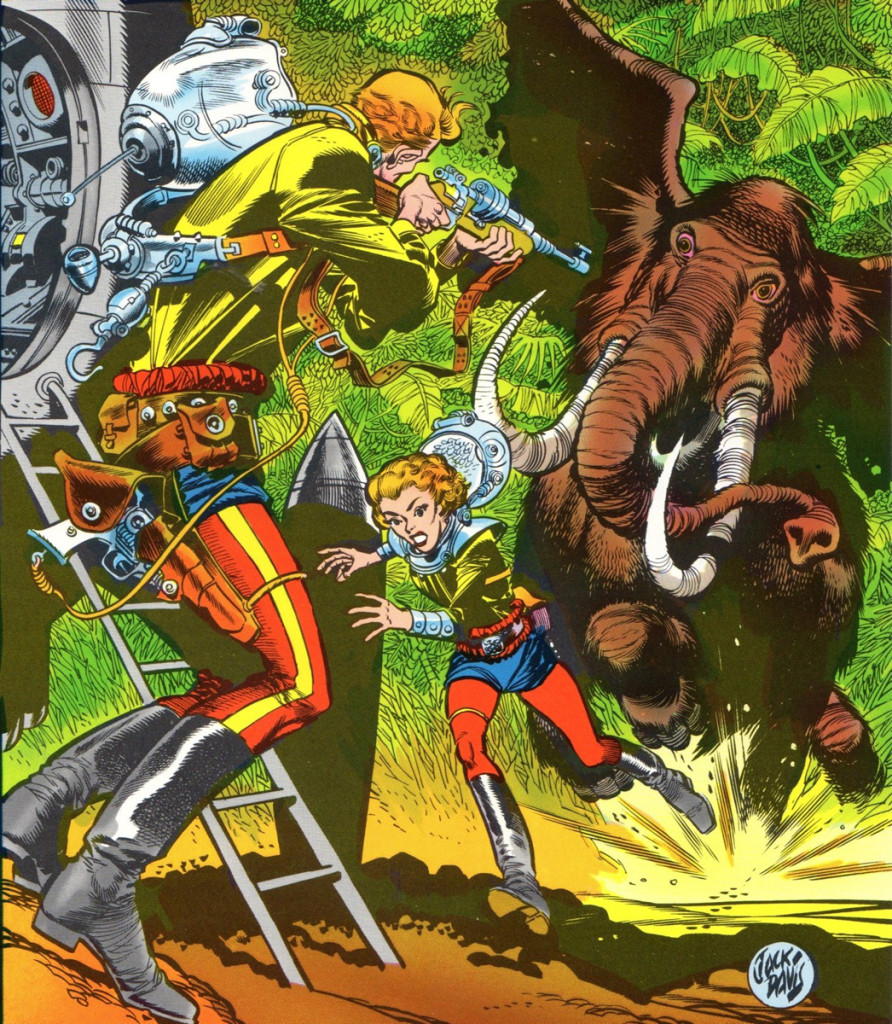 26
26
“Incredible Science Fiction” no. 31.
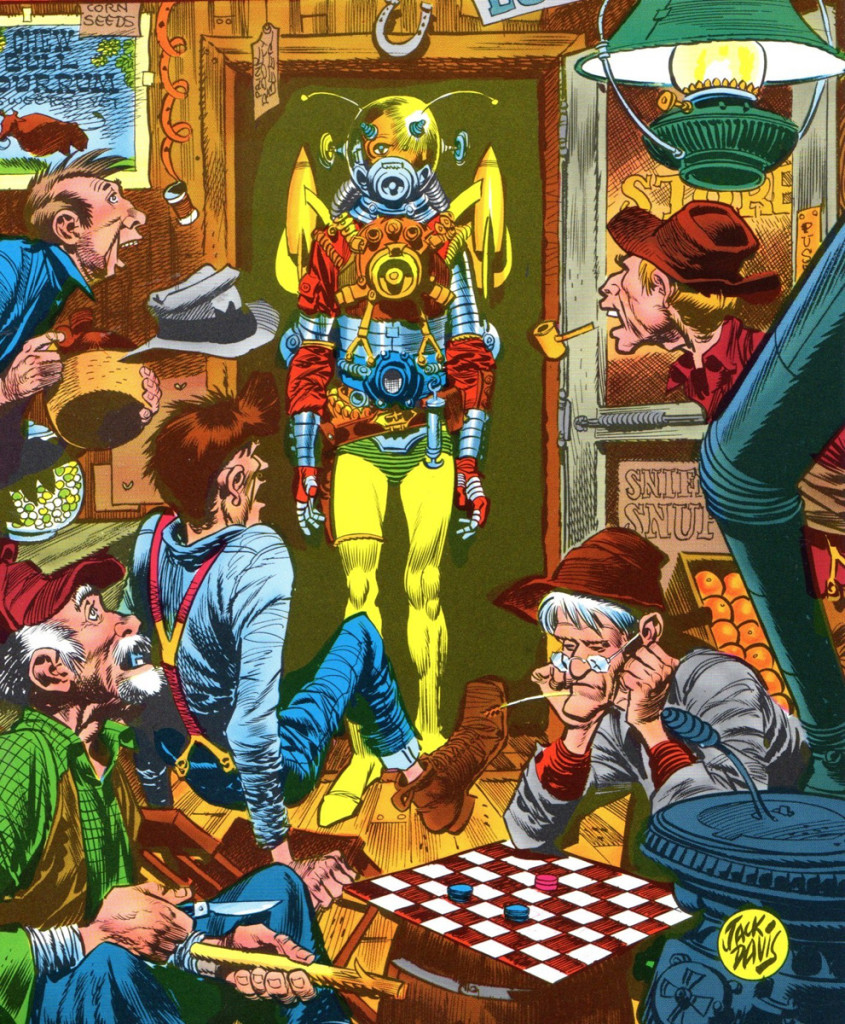 27
27
“Incredible Science Fiction” no. 32.
(One almost gets the sense that Jack had his idol
Albert Dorne egging him on with this cover. A nice
tribute to both those gents!)
Bill Peckmann &Comic Art &Disney &Illustration 15 Feb 2013 05:18 am
Snow White Comic – 1950
- With the re-release of Snow White, came an overhaul of the comic strip. The strip that had been syndicated in the newspaper in 1937, was now shoe-horned into a comic book version, with some modifications. This is that revised edition. Again many thanks to Mr. Bill Peckmann for having such an amazing archive and for sharing it with us. This is the note he sent along with it:
- Dell Comics’ early 1950′s ‘Snow White’ comic book. They took the original 1937 SW comic strip and cut it up to fit the comic book page format of the day. Seeing the book now only shows how good those original strip layouts were. This adaptation was first done 1944, that comic book had a Walt Kelly cover and was colored differently. I believe since then it’s been used for reprinting many, many times.
I’d posted that original 1937 version last week here.
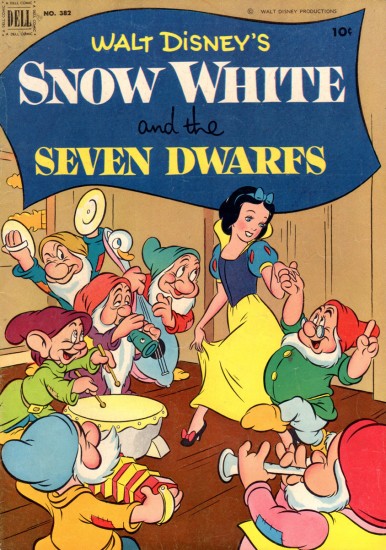
The brand new cover with artwork
by Walt Kelly.
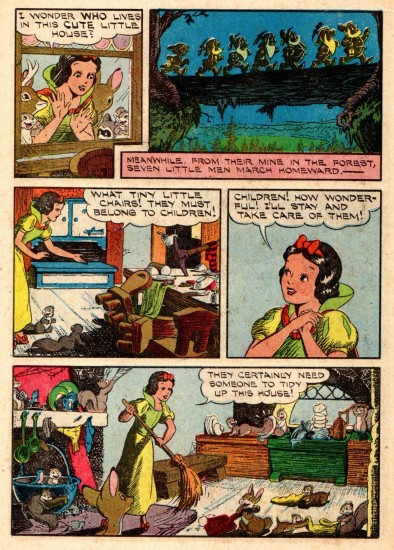 14
14
The cheap printing on the newsprint
adds something to this version.
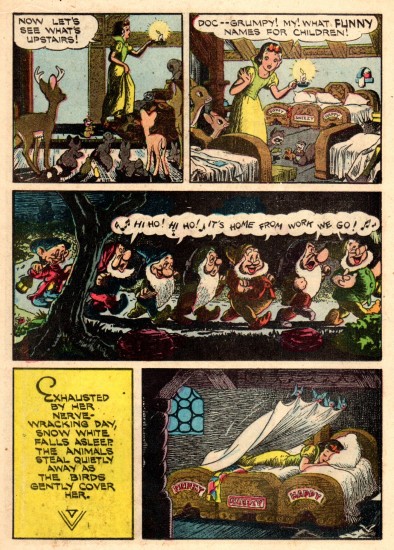 15
15
The cross hatching stands out and brings out
the expressionist feel of the original artwork.
Bill Peckmann &Comic Art 08 Feb 2013 05:14 am
Alex in Hollywood
Alex Toth had a lot of different wonderful sides, and they’re all rich and exciting. Bill Peckmann forwarded this material whcih is just great. Take a look with me; Bill takes over writing from here:
- In anticipation and in celebration of the new, long awaited Alex Toth book, “Genius Illustrated” by Dean Mullaney and Bruce Canwell due to come out in a few weeks, (check out LOAC’s site and Amazon) I thought it’d be appropriate to post three of Alex’s stories from this time period in his career that the new book covers.
This Toth triptych could be called “Alex in Hollywoodland” because that’s where he lived the bigger chunk of his life, and it also illustrates his love for the “good” things that came out of Hollywood. Ever the west coast movie aficionado, it really shows in these Warren Publications stories.
The first story, Alex’s take on the comedies of the silent film era is from the March 1976 issue of Creepy magazine.
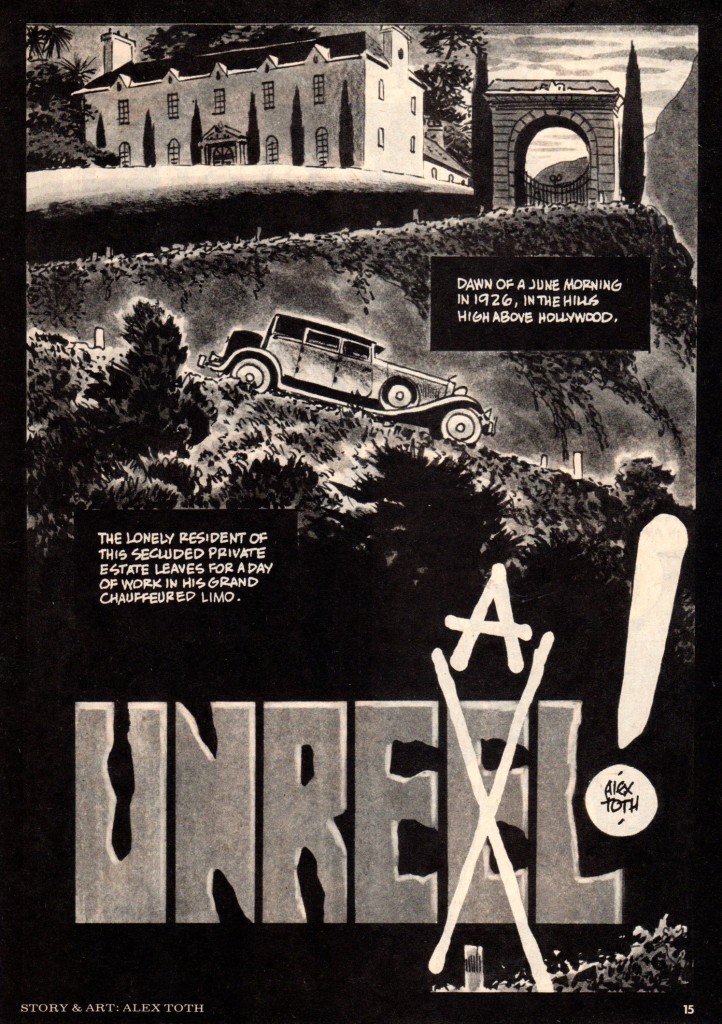 1
1
Here is Mr. Toth’s tip of the fedora to Hollywood icons Sam Spade and Humphrey Bogart.
This appeared in the November 1975 issue of Creepy magazine.
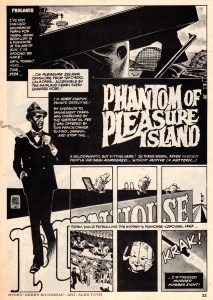 5
5
This last story would probably fall into the 1950′s Hollywood Sci-Fi category, and it’s a pretty good fit, but I also believe it’s Toth’s ode to the great Americana illustrators of the Saturday Evening Post magazine of the ’40′s and ’50′s, of which Alex was a great fan. No jazzy panel layouts, just solid art story telling. And, the ol’ curmudgeon really pulls it off, this story of all heart!
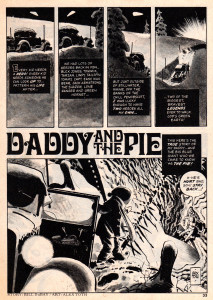 13
13
Here are four panels from the ‘Pie’ story, the first version is the printed one, the second version is Alex’s original art. I thought you would like to see what got lost during reproduction. Happily, the new “Genius: Illustrated” book will have quite a bit of original art in it. So, we will get to see a lot more of what Alex’s art looked like when he finally laid down his pens and Pentels!
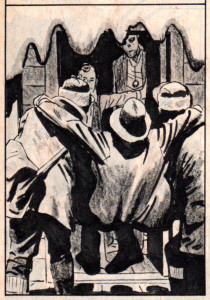 21a
21a
Bill Peckmann &Books &Comic Art &Disney 07 Feb 2013 04:56 am
Snow White – the original strip
Well involved with the two J.B. Kaufman books on Snow White, and about to re-read Mike Barrier‘s writing on the making of the feature, per his book, Hollywood Cartoons, you can be sure that a lot of Snow White material is going to comve your way via this blog.
Bill Peckmann offered to send the initial strip done to coincide with the release of the feature, so thank you, Mr. Peckmann, I couldn’t be happier than to offer this.
Disney had, since 1932, a Silly Symphony comic strip that ran weekly. With the release of Snow White, the strip’s regular writers were replaced with writer, Merrill De Maris, pencils artist, Hank Porter, and the inker, Bob Grant. The strip continued for a full 20 weeks, beginning on December 12, 1937.
There are noticeable differences between the story in the strip and the released film. The movie’s story, from the start, had a sequence called “Prince Buckethead” which lasted in the original storyline until the last months in making the film. Then the sequence found itself dropped from the film, but, oddly, reappears in this comic strip version. It’s a game the Prince plays was supposed to play with Snow White at the beginning of the movie. The Prince also is imprisoned in the original story in the caverns of the castle; the same is true here. Other things like the huntsman having the name, “Humbert,” return to the story. I’m curious as to who made these decisions to keep the noticeable differences. Many versions of the stirp appeared over the years and in many languages. You can check them out here.
Without wasting more time, here’s the original strip.
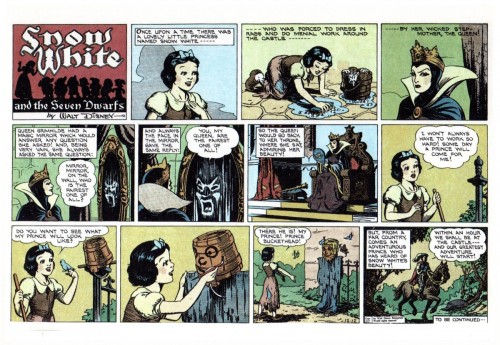 1
1
Thanks, again, to Bill Peckmann for putting this all together.
Bill Peckmann &Comic Art 05 Feb 2013 08:29 am
Jack Davis – Cowboy
The Two Gun Kid, is illustrated by Jack Davis. It, of course was sent by Bill Peckmann. Here is some of the story behind it:
- A famed/named comic book team that is seldom heard of, is that of Stan Lee and Jack Davis. Short lived as it was, they did work together, Stan wrote and Jack did the art back in the late 1950′s. At that time, Stan Lee had quite a roster of western comic book titles, and when one of his most gifted, young cartoonists, Joe Maneely met a tragic and untimely death, he had Jack Davis step in and finish the job.
Here is Jack Davis’ first “Two Gun Kid” cover, (he did three) along with the story from that issue that was started (first page splash panel) by the very talented Joe Maneely and completed by Jack.
Because of the difference in page rates from Stan Lee’s company and Jack Davis’ more lucrative alma mater EC Comics, Jack had to be a little quicker on the drawing board, and it shows a wee bit. But, a faster Jack is still better than no Mr. Davis at all!
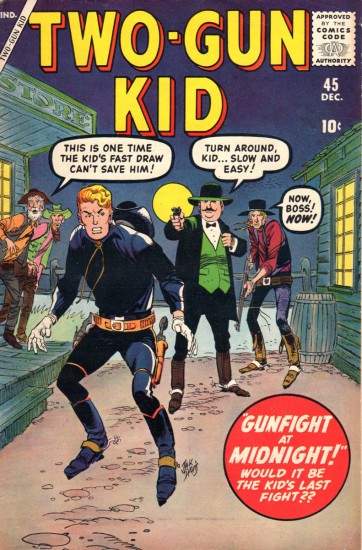
Magazine cover
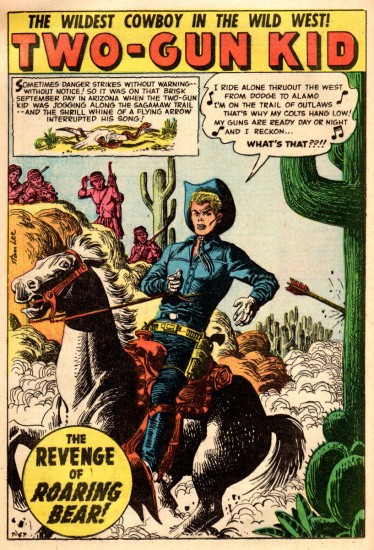 2
2
(Joe Maneely’s opening page.)
Having featured Joe Maneely, we thought it a good idea to give a few samples and background of his work:
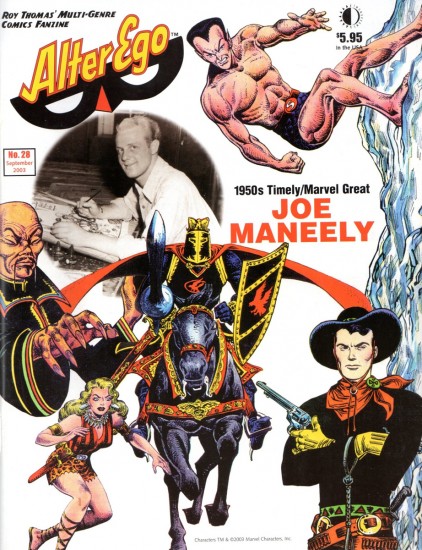
The cover
Bill Peckmann writes about the following two stories also from the Stan Lee work:
- Here are two of Jack’s Stan Lee western stories that Manuel sent me. Sorry, I don’t know the name of the comic book it came from.
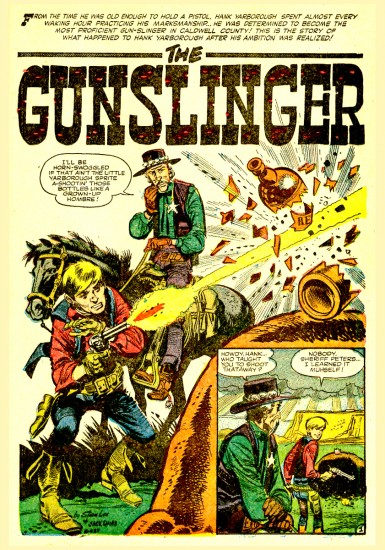 1
1
And the followimg is the second story:
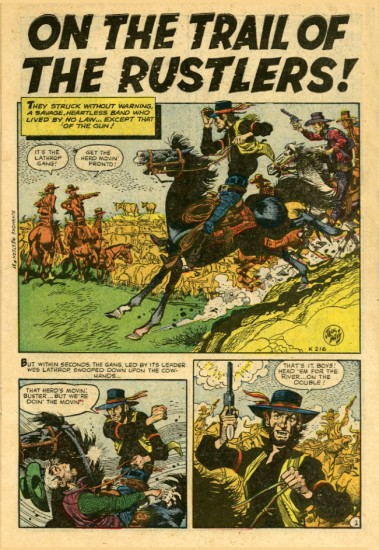 1
1
Bill Peckmann &Comic Art &commercial animation &Story & Storyboards &Toth storyboard 24 Jan 2013 07:10 am
Toth’s SuperFriends Storyboard
- Alex Toth did storyboards, too. Here’s one he did for Hanna-Barbera, and it shows the visceral strength of the “SuperFriends” project. More than the original comic book and greater than the final outcome. It’s a class act, and great thanks to Bill Peckmann and Manual Auad who brought it to him. To Bill:
- Many thanks to illustration art publisher, historian, fan extraordinaire, Manuel Auad, we are able to post 28 pages of a Hanna-Barbera “Super Friends” storyboard done by Alex Toth.
Even though the pages are Copies of Copies, they are nice clean copies that haven’t been covered with down-the-line production notes yet.
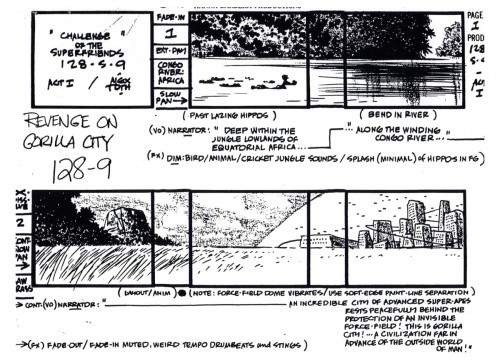 1
1
Here’s another board he did which we posted a while back.
Bill Peckmann &Books &Comic Art &Disney &Illustration 18 Jan 2013 08:33 am
H2O, Donald and Mickey via Paul Murry
Water water everywhere and Paul Murry gets to draw it all. Here are two stories starring Disney’s greatest characters, Donald and Mickey. The two stories have three years apart from each other, but Murry gives us plenty of a stylized water, drawn slightly differently from one story to the next. How appropriate of Bill Peckmann to send us these tales when Congress finally got off their butts and voted the victims of Hurricane Sandy some financial relief. Here’s Bill’s comments:
- Here is another Paul Murry story containing H2O hi-jinks. It’s a ‘Walt Disney’s Comics and Stories‘ Donald Duck 10 pager from 1950. (It was the only year that DD regular Carl Barks missed doing a number of his signature character stories. There’s another great Murry Duck story that deals with an overnight flood; sorry, I just can’t remember what comic book it’s in.)
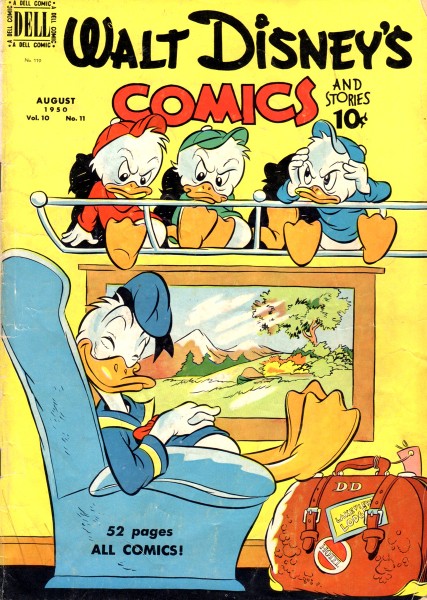
The comic cover from1950. This cover art is by Carl Buettner. ___________________________________________
If we jump three years to 1953, we’ll find another Paul Murry story with a strong focus on water. Here our intrepid artist adapts The Sorcerer’s Apprentice from Fantasia. (Perhaps there was a re-release of the film that year.) 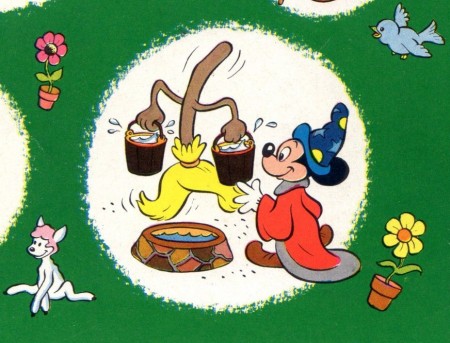
Part of the cover.
___________________________________________
- Speaking of Paul Murry, let me end by giving another pitch for the excellent collection of The Adventures of Buck O’Rue and his hoss, Reddish by Dick Huemer & Paul Murry. This is a rip roaring (you’ll be roaring with laughter) classic of a brilliant strip.
No, no one is paying me for this or prompting my wanting to remind you of the perfect Valentine gift. I just like this book and this strip, and I think you might like it, too.
Comic Art &Illustration &Miyazaki 09 Jan 2013 06:39 am
Len Glasser’s Rabbit Boy
- In 1981 and 1982, designer Len Glasser did a comic strip which appeared in the National Lampoon Magazine. This was a full page strip that appeared once a mnth. I’m not sure how many episodes there were of the strip, but I have copies of 17 of them. Mr. Glasser’s style seems well suited for a strip, and the writing is a large part of it. I hope you enjoy, Rabbit Boy.
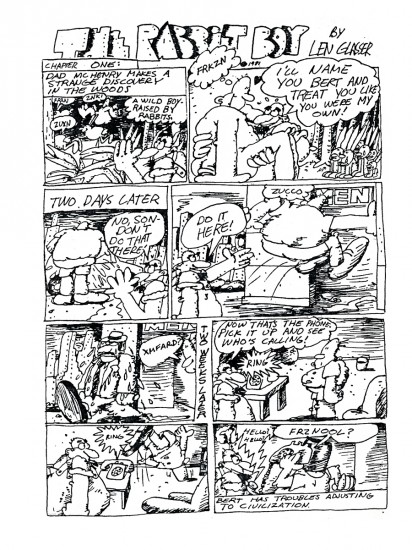 1
1































